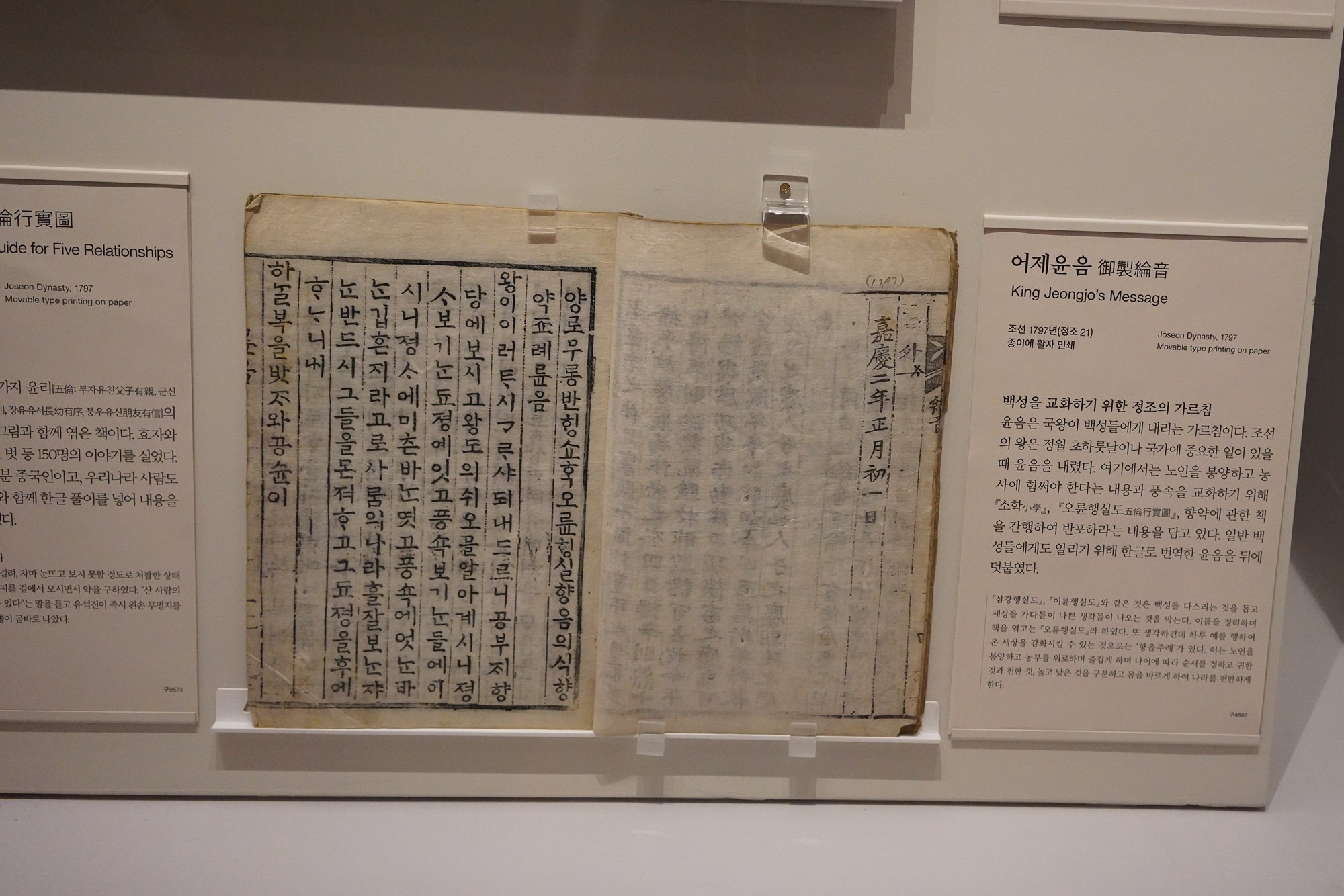Seoul National Museum of Korea, Seoul
The National Museum of Korea is the flagship museum of Korean history and art in South Korea, representing the country’s cultural heritage. 211
The National Museum of Korea: 137 Seobinggo-ro, Seobinggo-dong, Yongsan-gu, Seoul.
Date Picture Taken: July 2021
The National Museum of Korea, Seoul

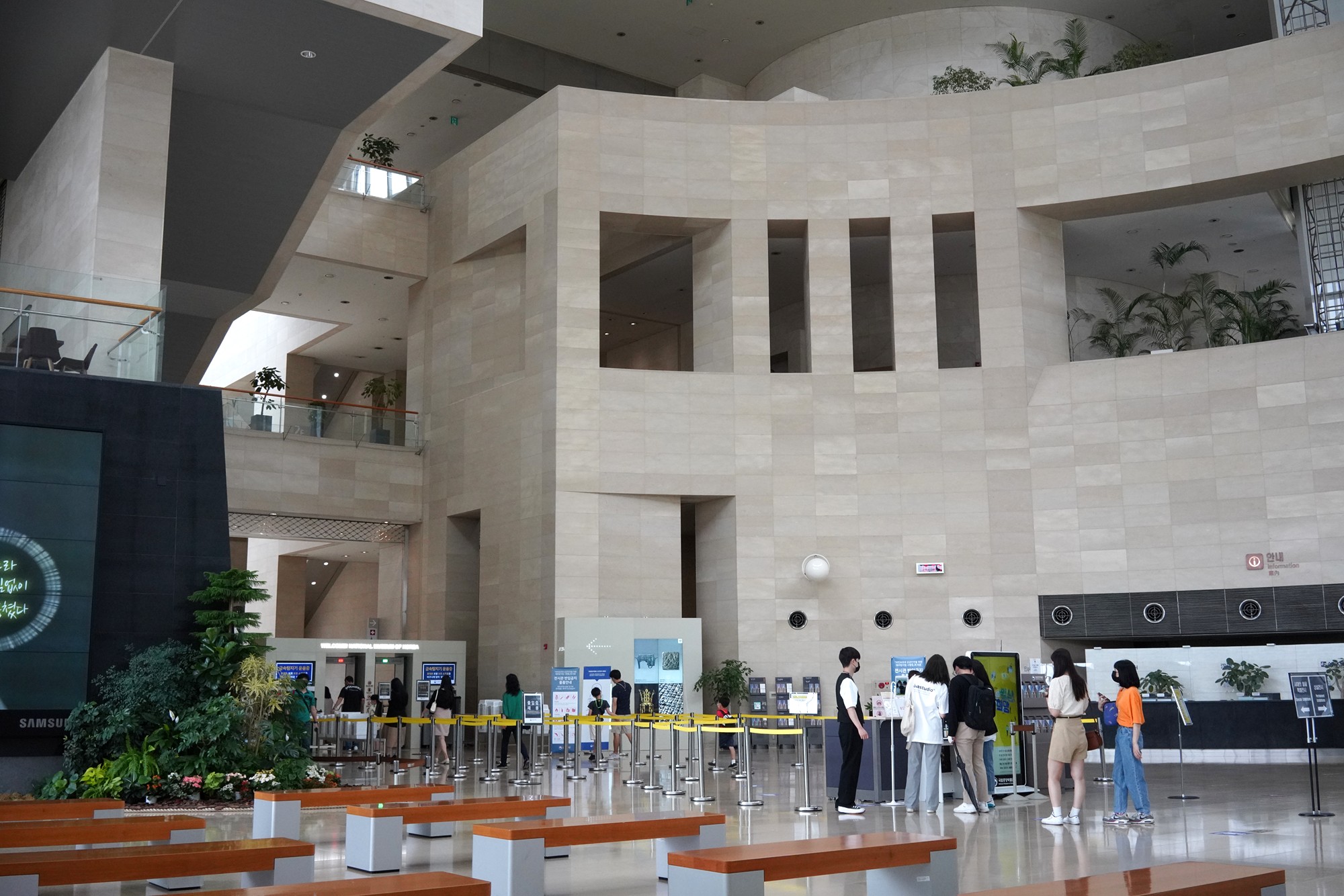
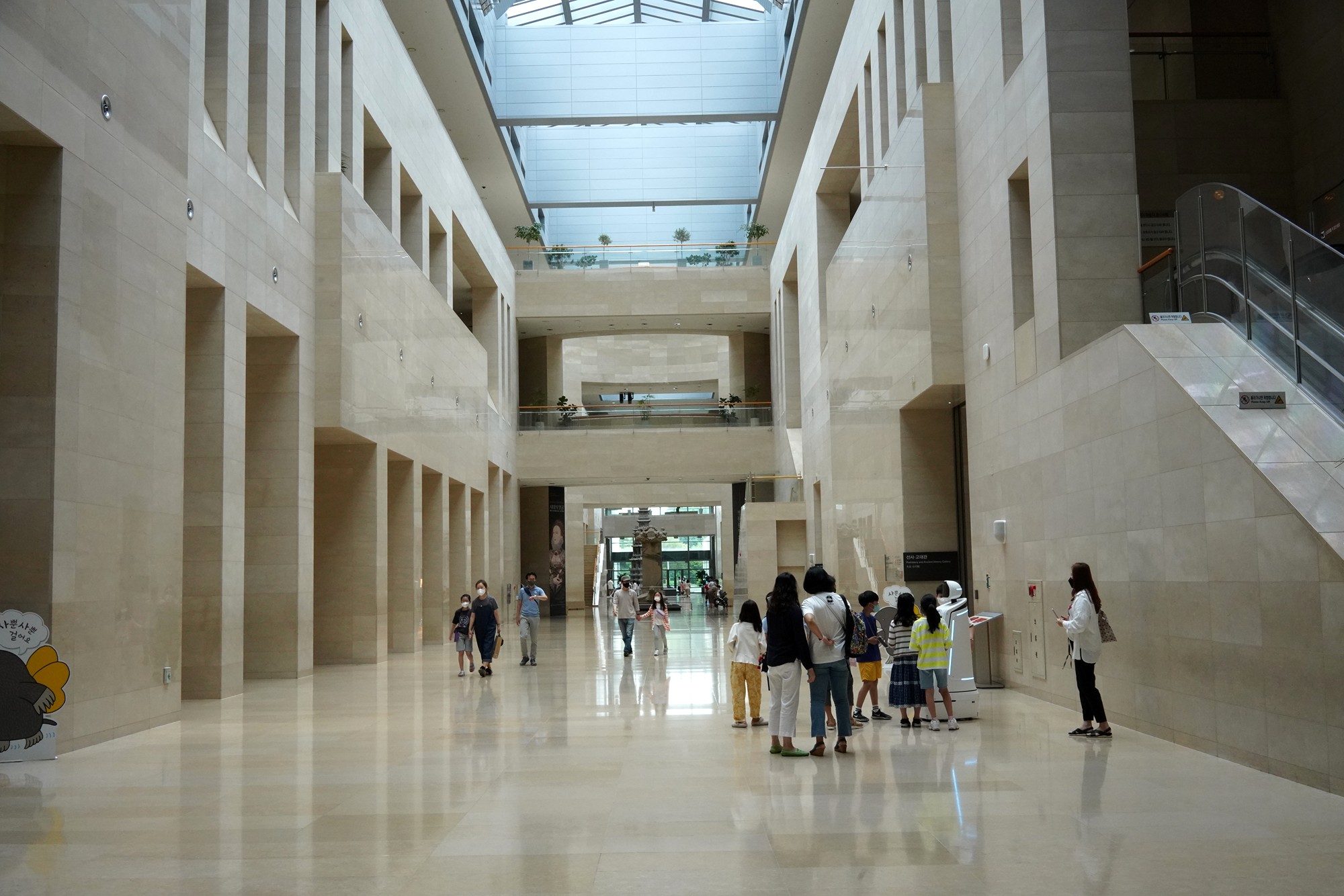
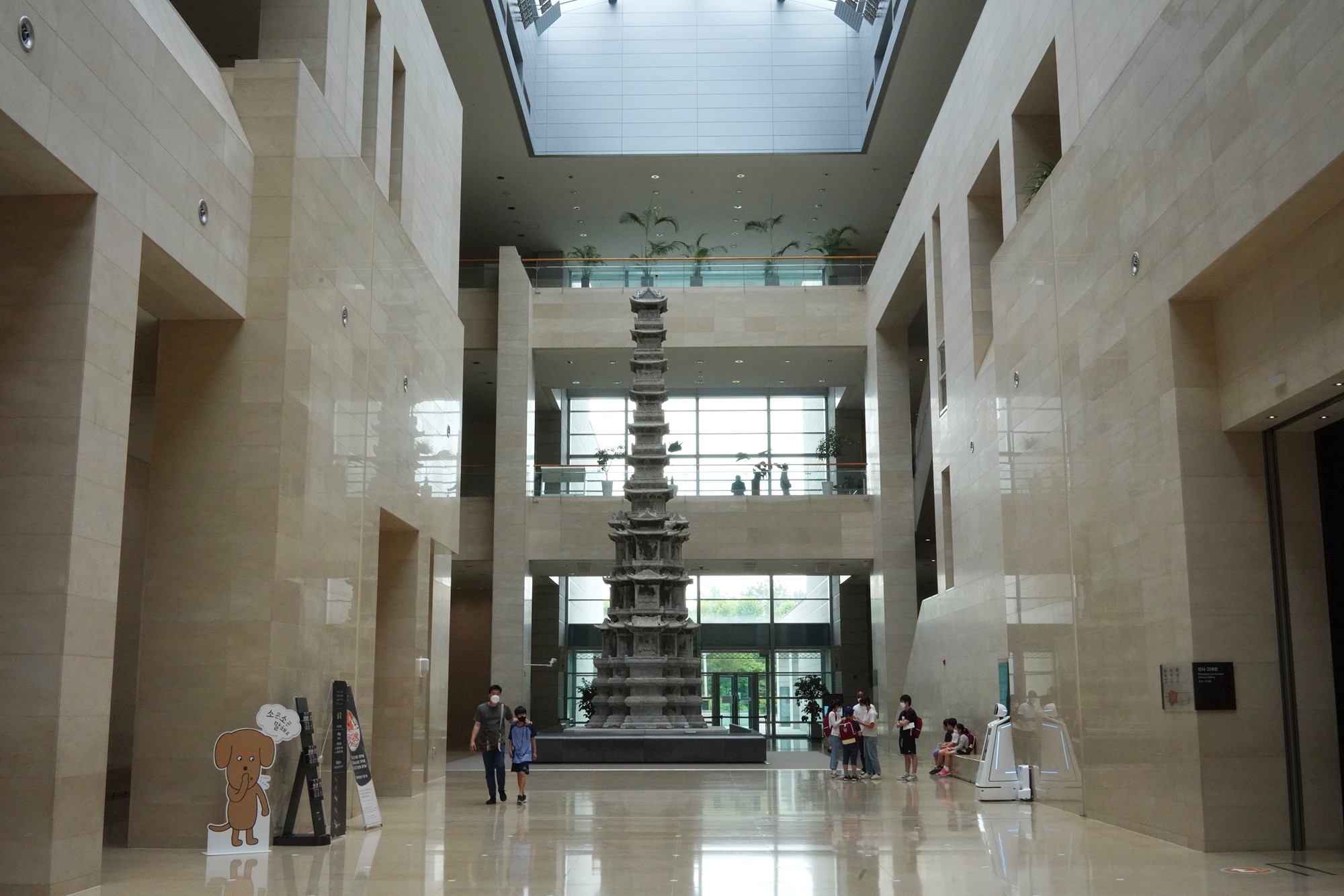
The main exhibition of the museum is to show the states (or nations) existed in Korean peninsula from the prehistoric time to about early 1900s.
The artifacts in the exhibitions are found in the Korean peninsula.
The Paleolithic Age stonework. The Paleolithic Age is a time before 12,000 years ago.
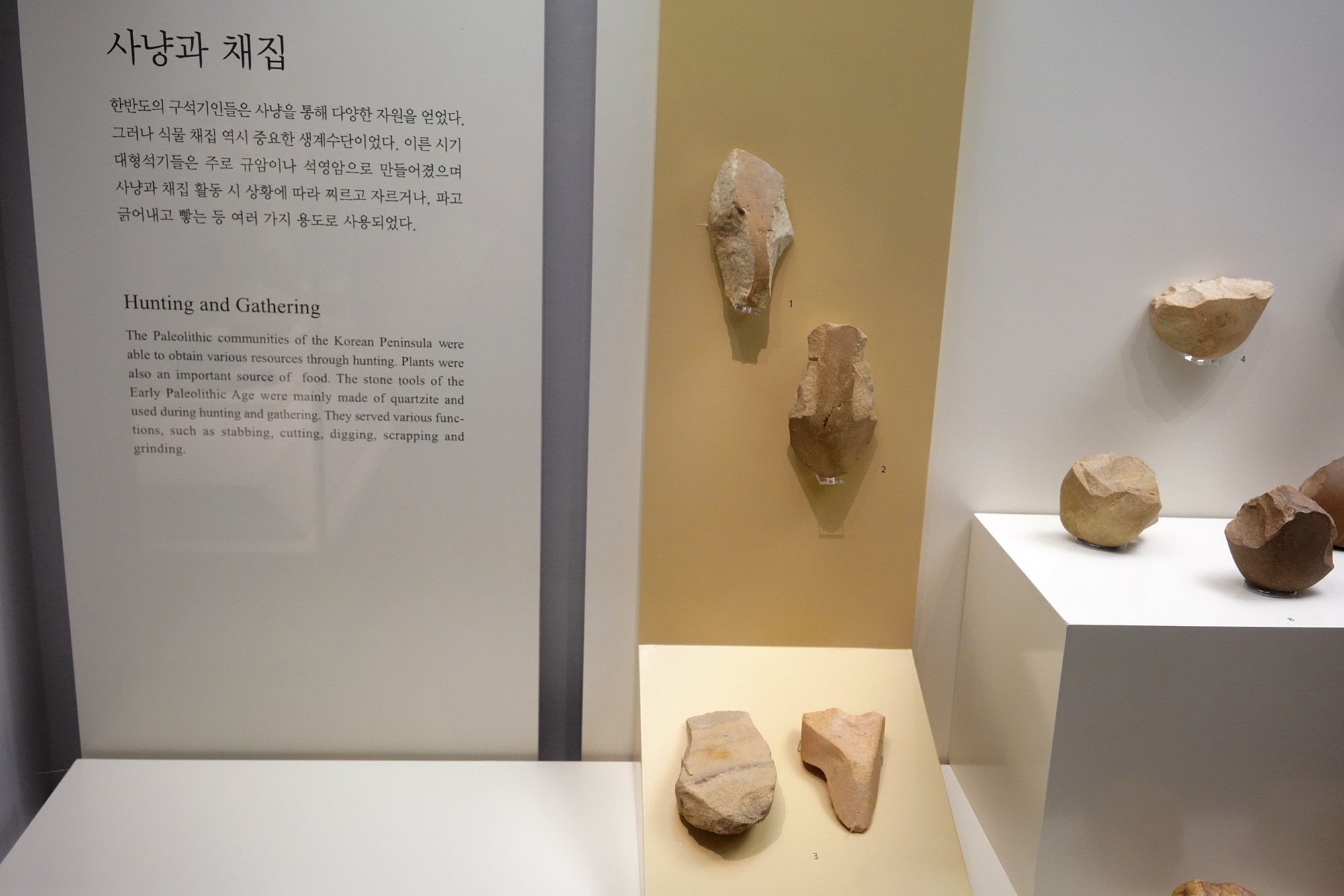
The Neolithic age starts about 10,000 ago. The stonework below is used about that time.
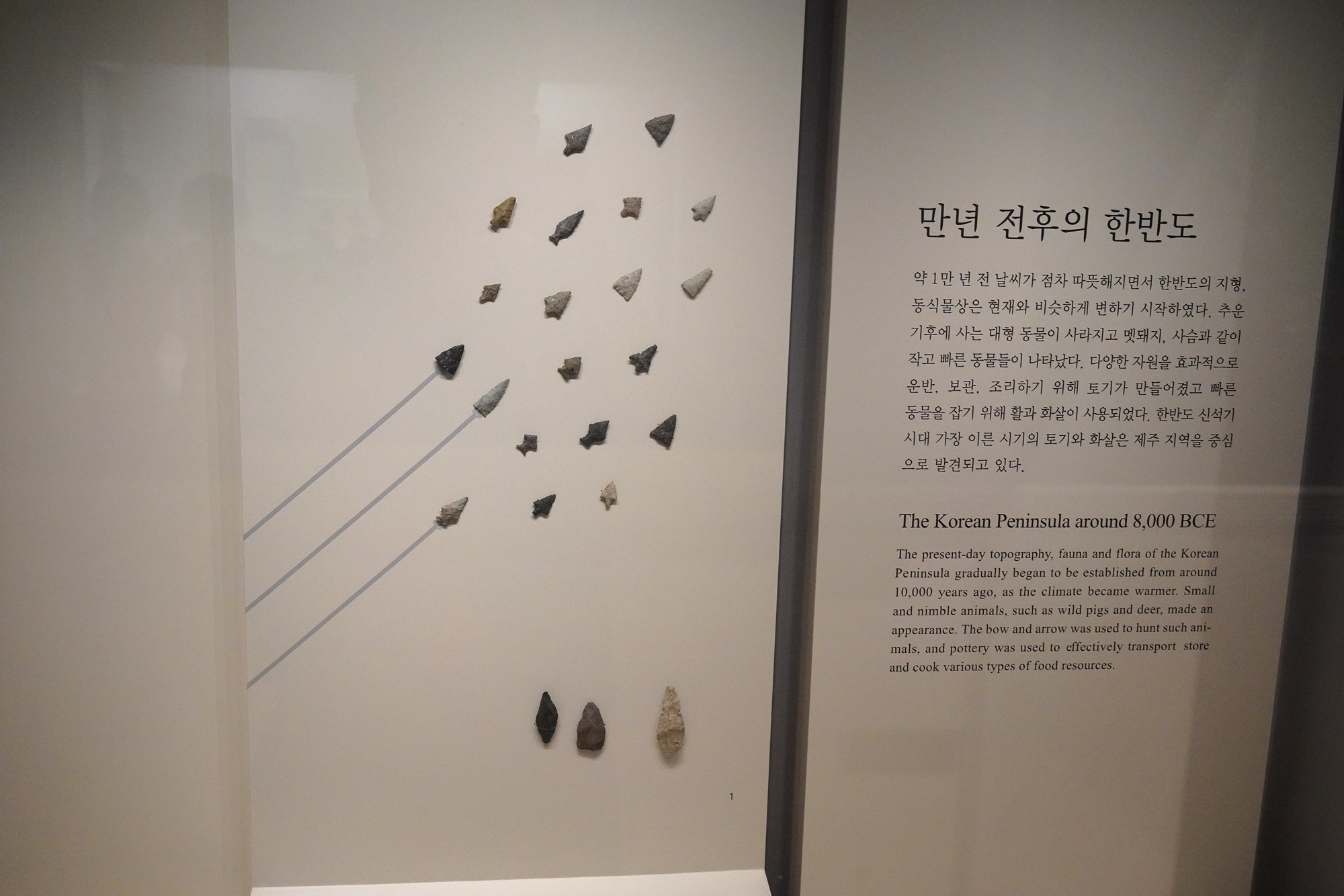
Ornaments and arts also start to show up.
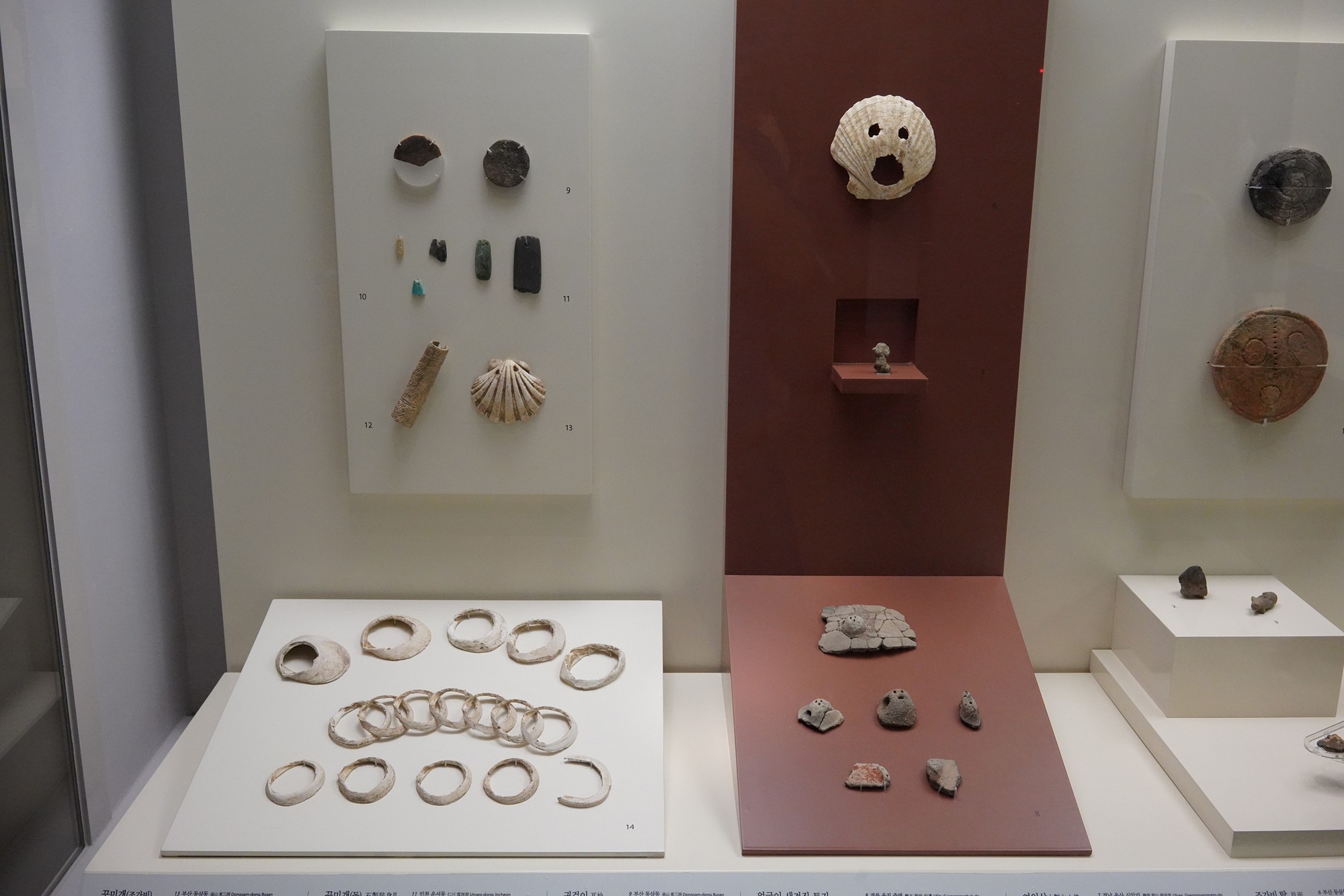
The Bronze age started about 3500 years ago.
Stone axe.
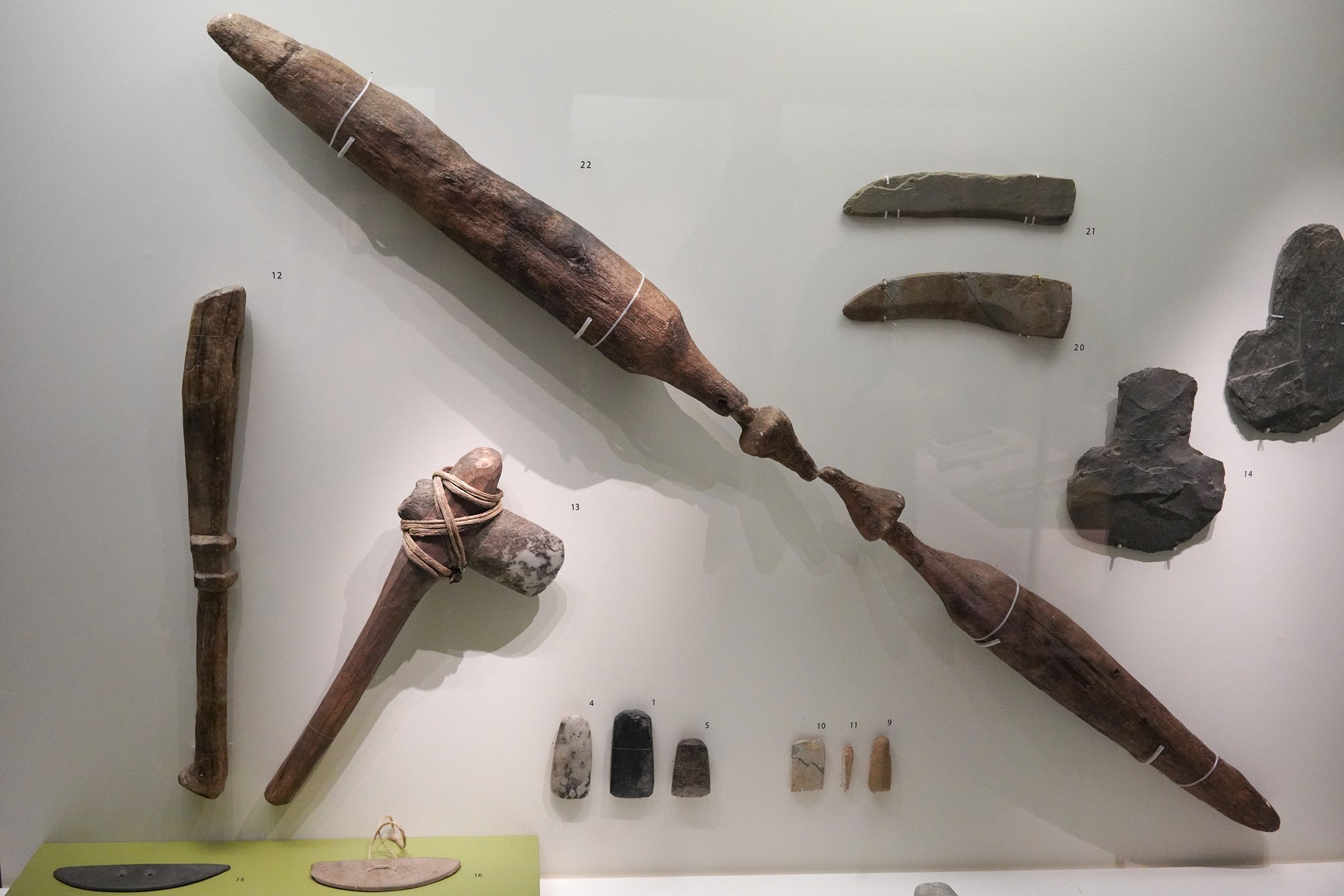
Stone dagger
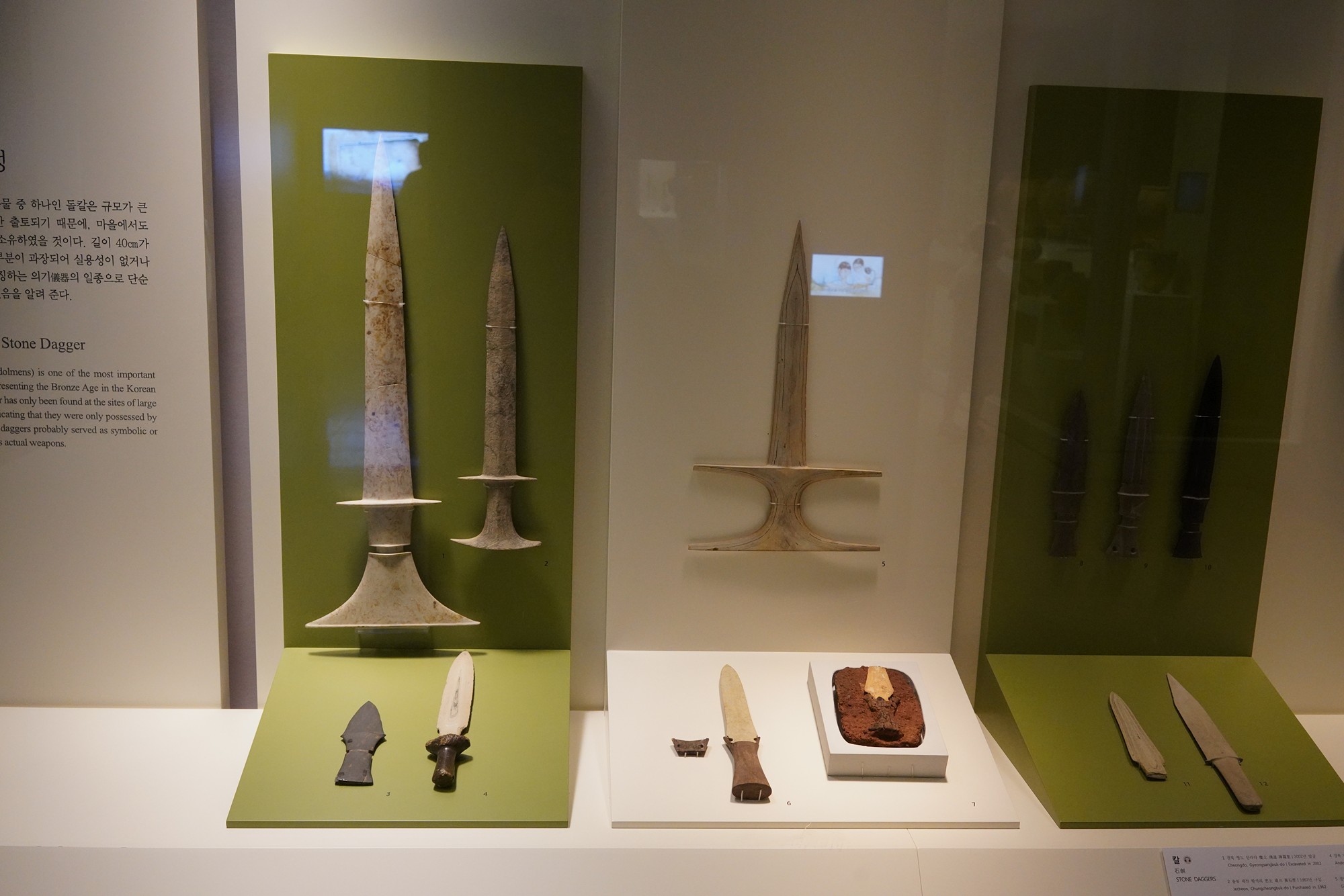
Stone tools and arrows
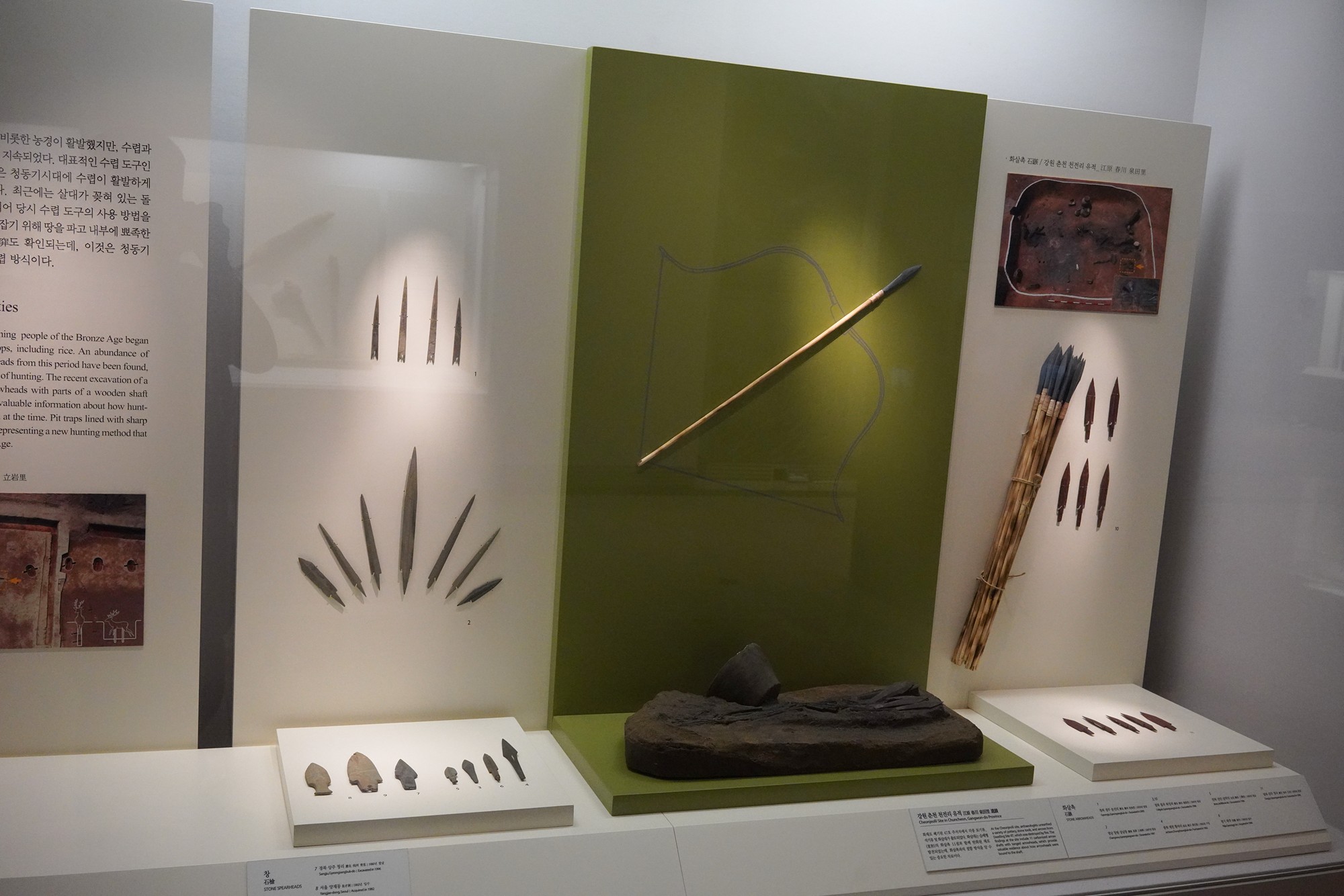
The Gojoseon State
During this time of the Bronze Age, the first state appeared in Korean Peninsula. The name of the state is Gojoseon which controlled the northwest region of the Korean peninsula. This state stayed until 108 BCE, about 2000 years ago.
Jade ornament.
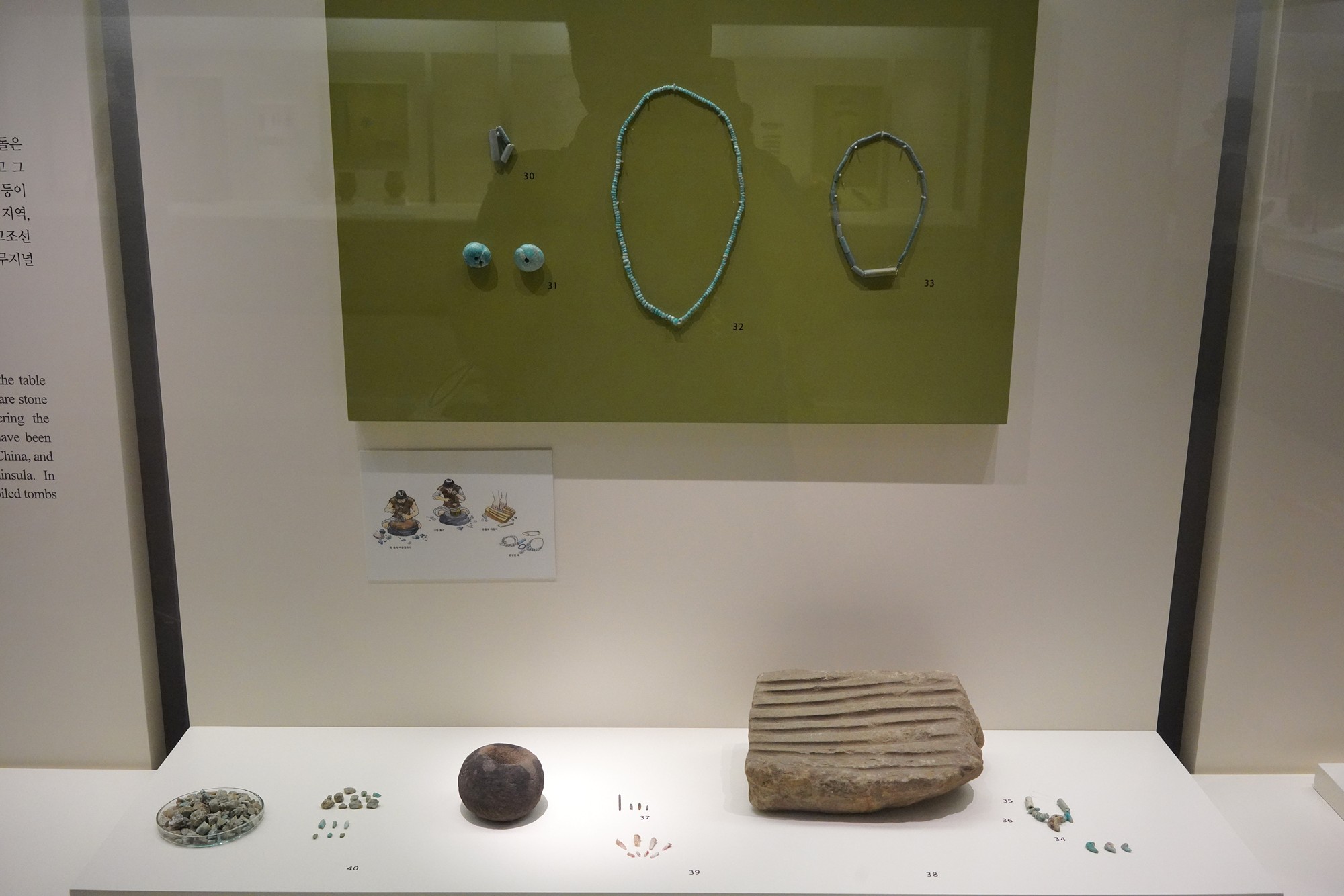
Potteries of Gojoseon
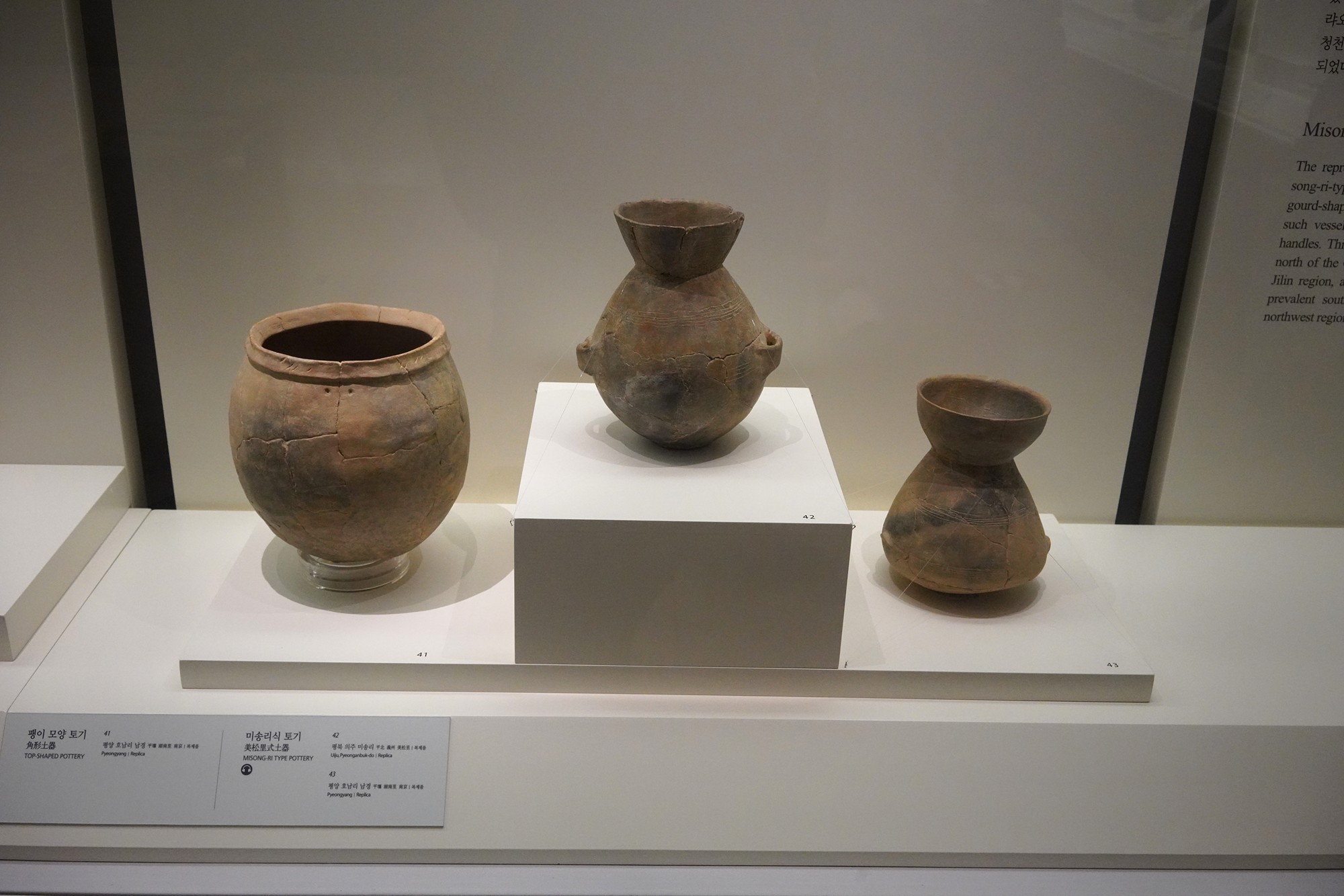

Bronze dagger, iron sword, iron axes, iron spearhead, and a jar.

After the fall of Gojeseon in 108 BCE, seven different states were vying for power.
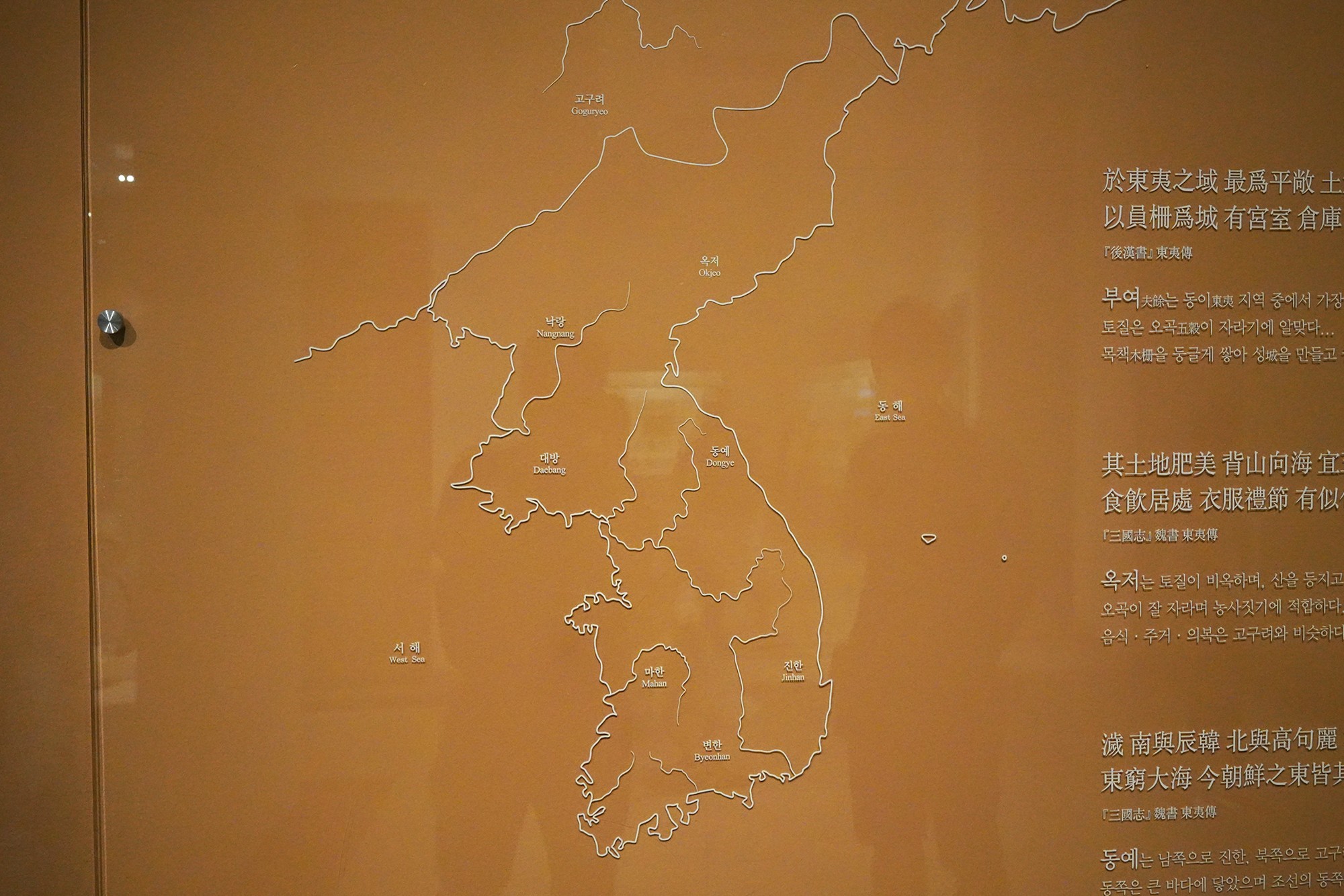
Food culture
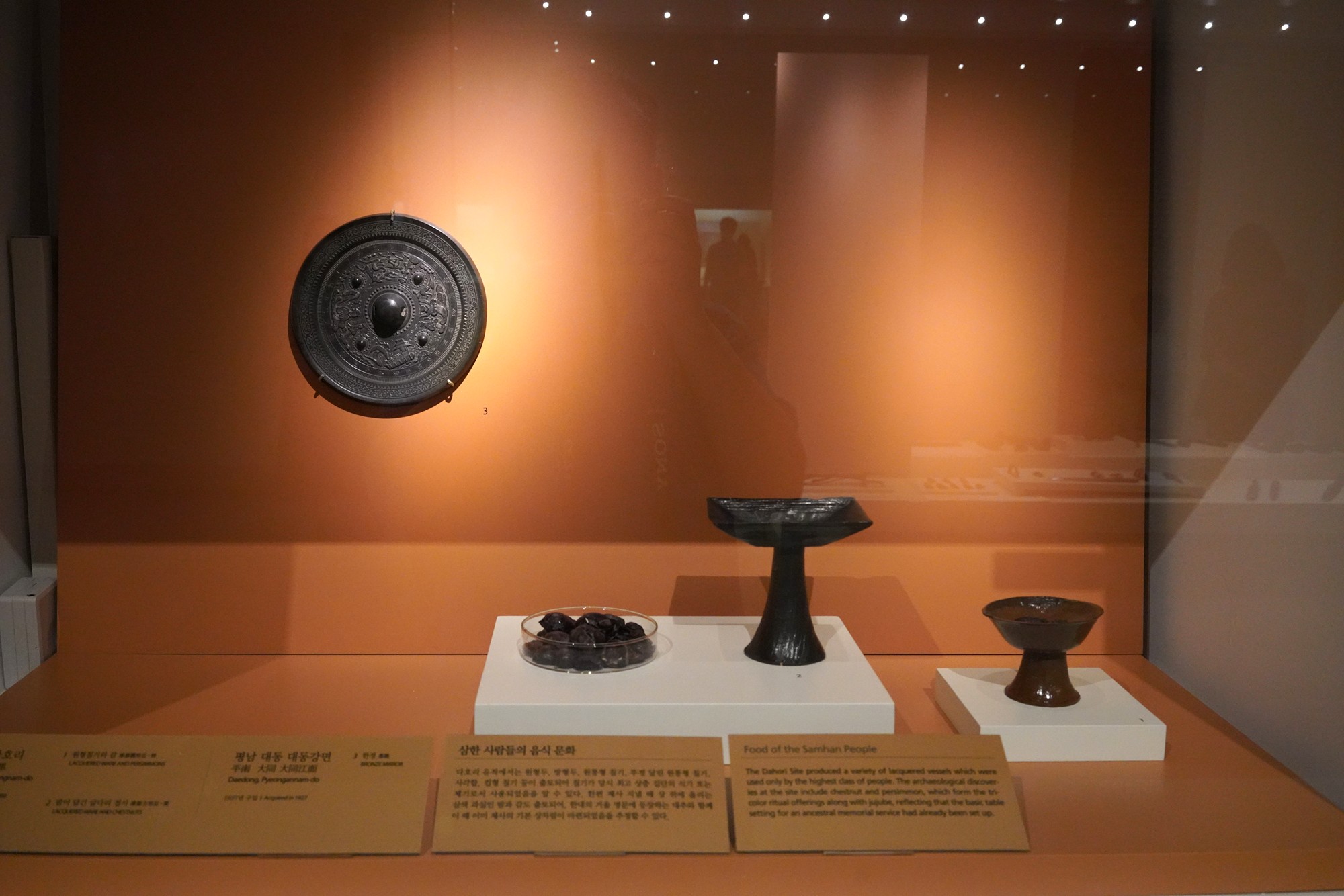
Ornaments
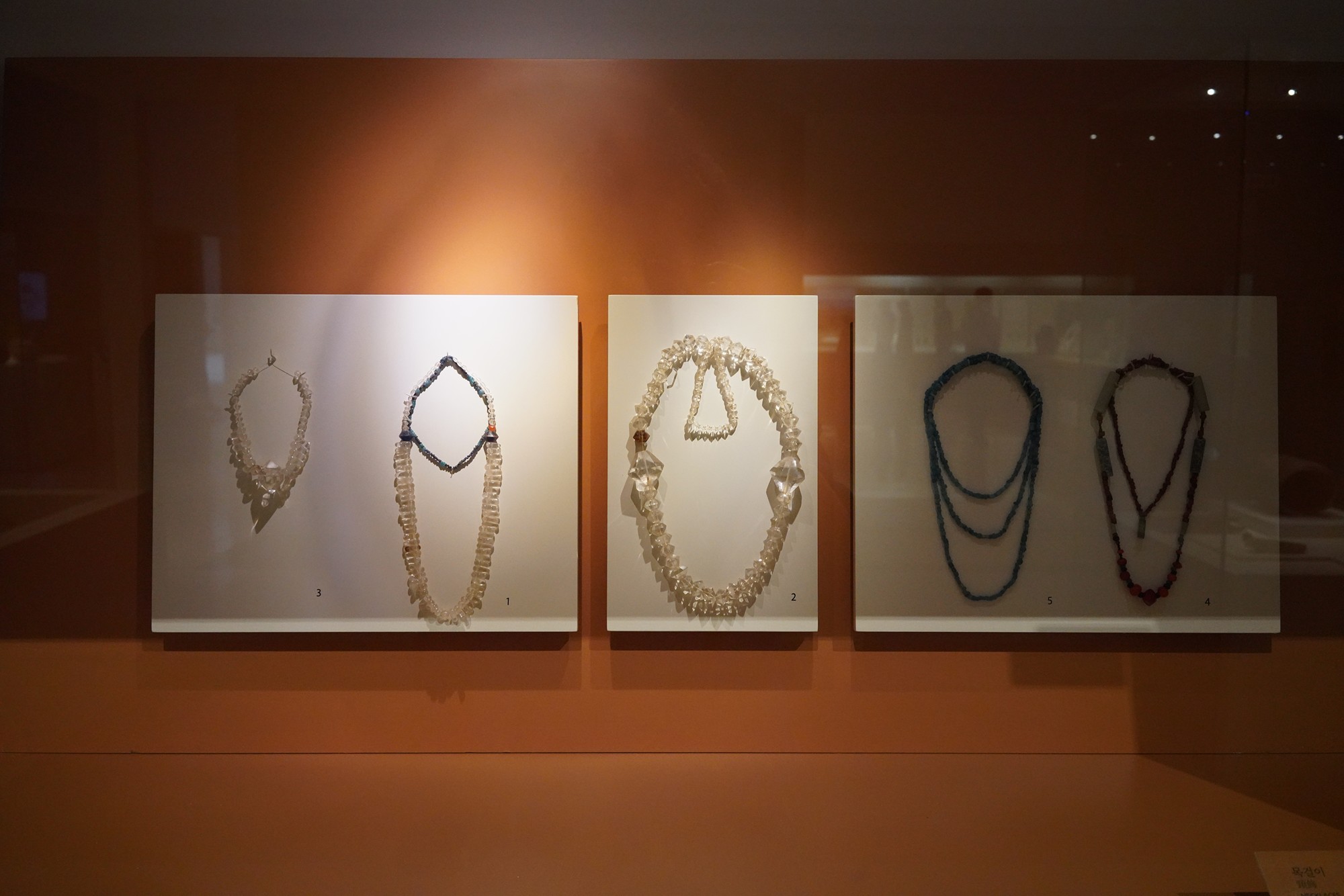
Bronzewares
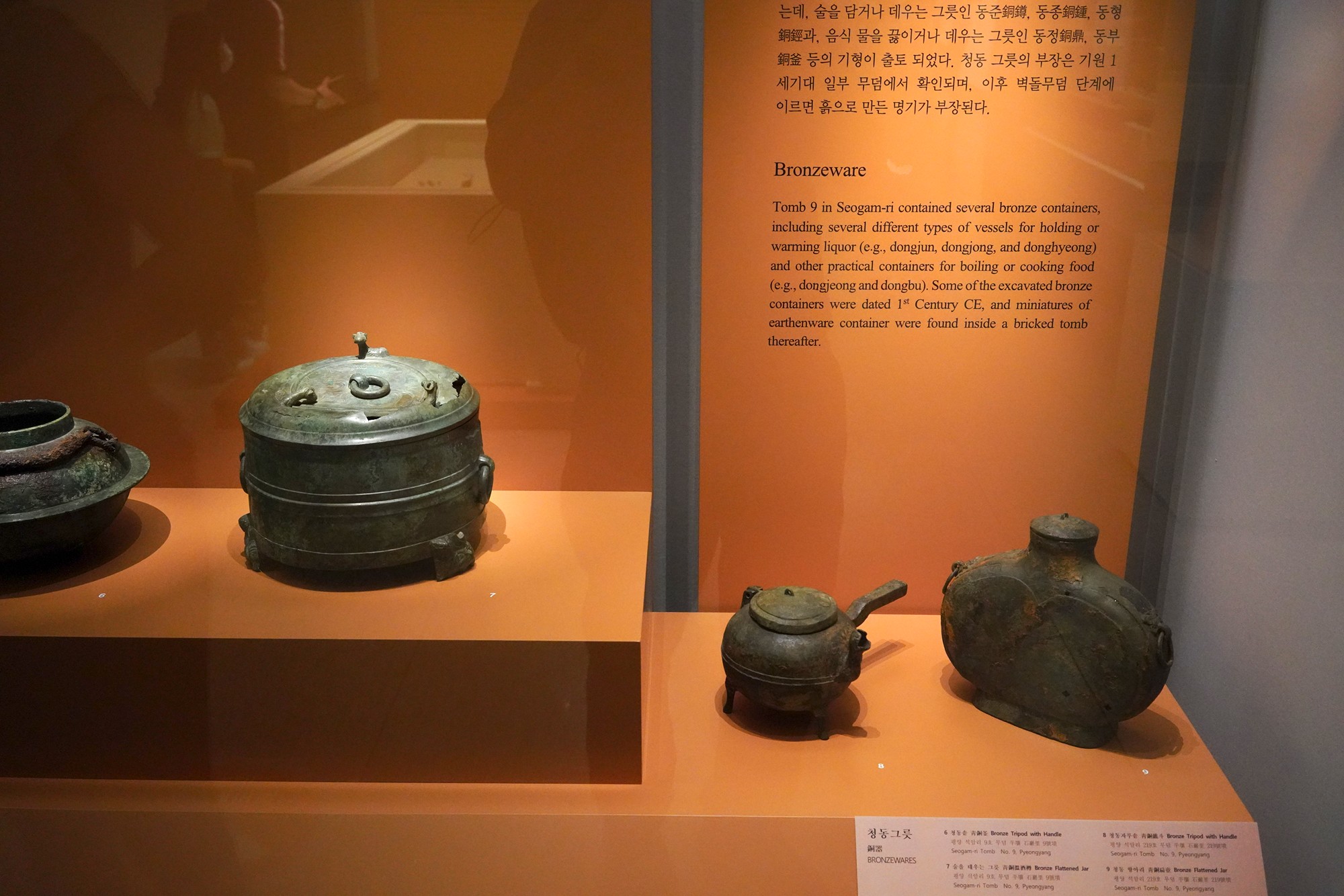
Potteries
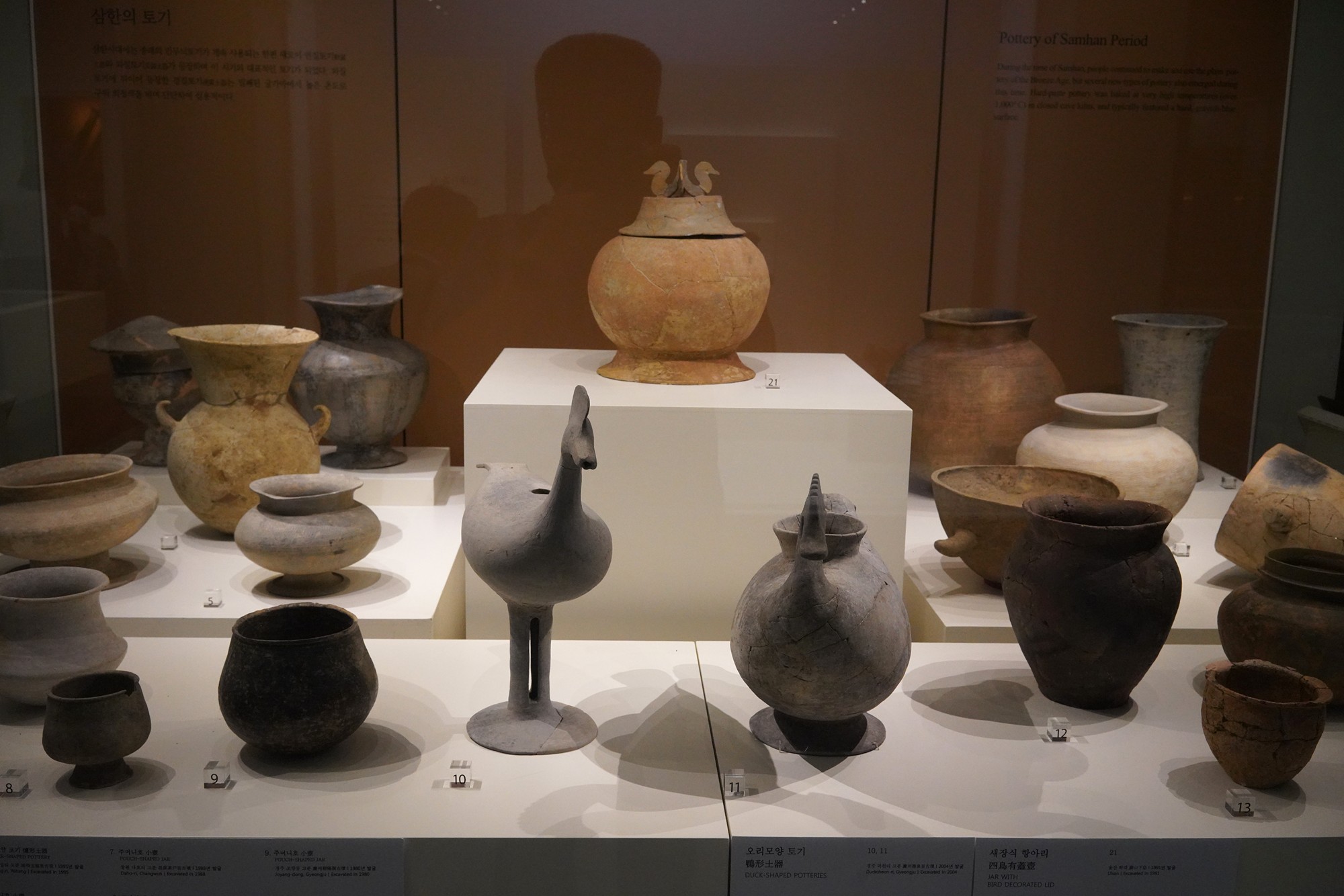
Coins
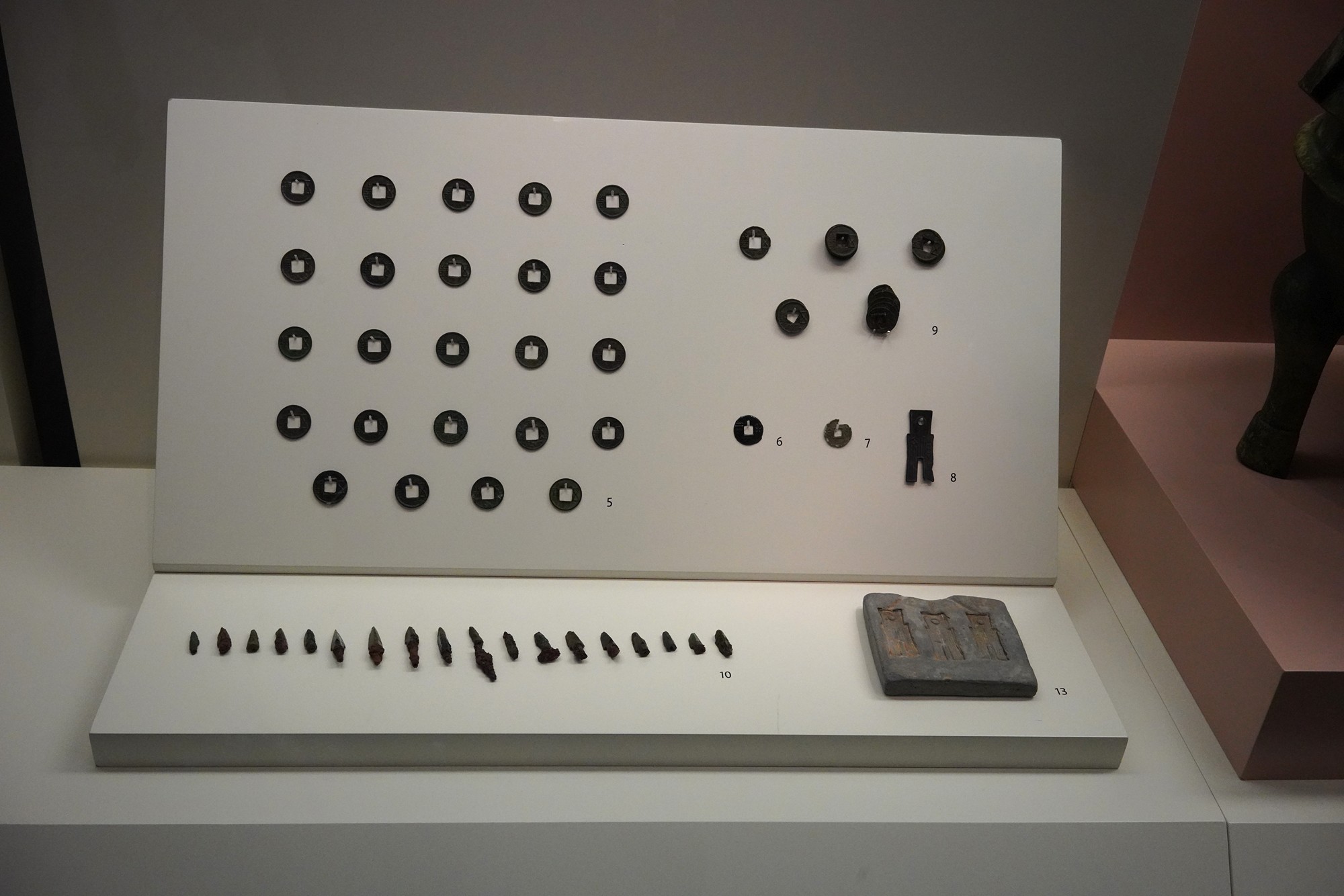
Writing utensils
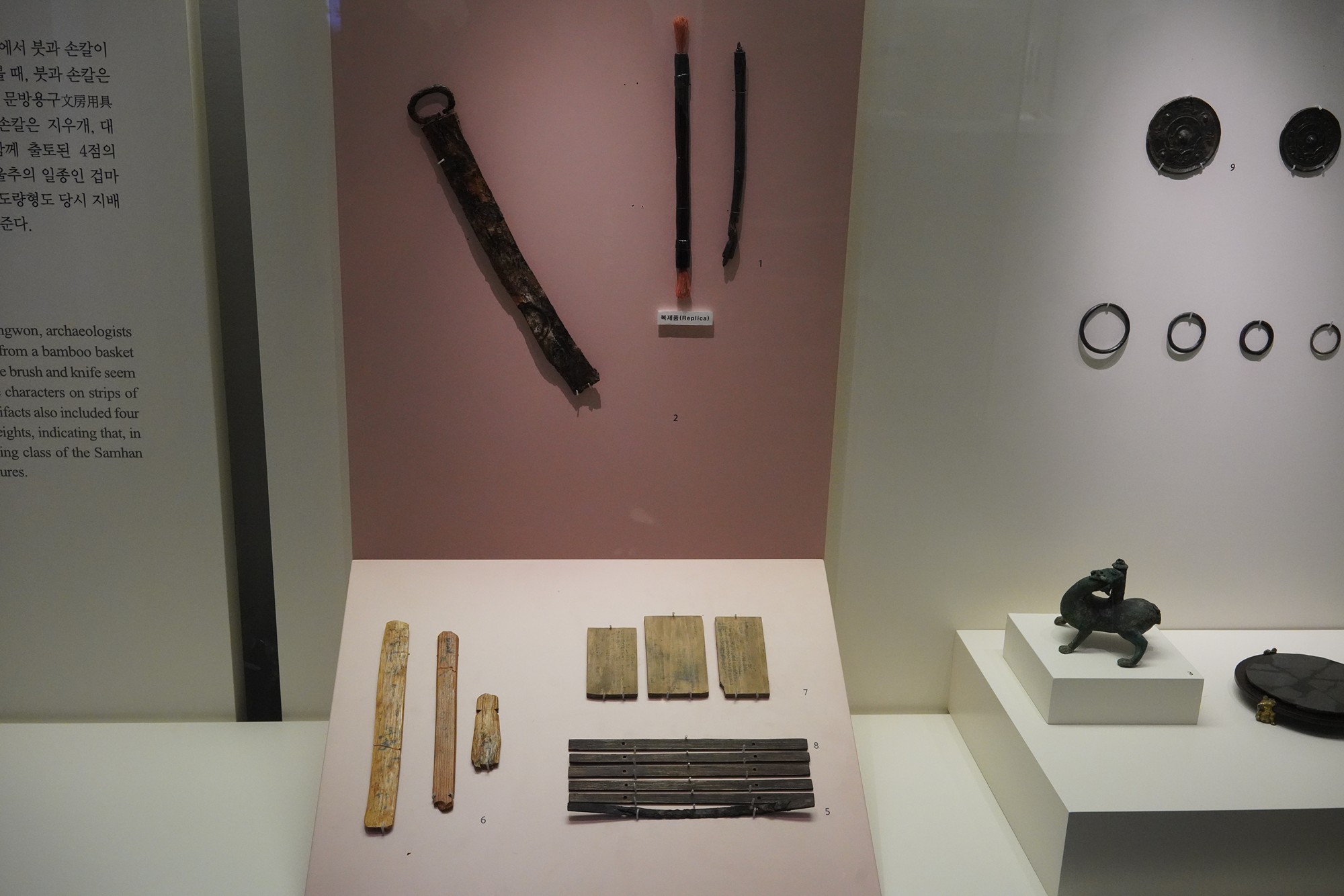
The Goguryeo State
Buddhism was introduced to Goguryeo in the year 375.
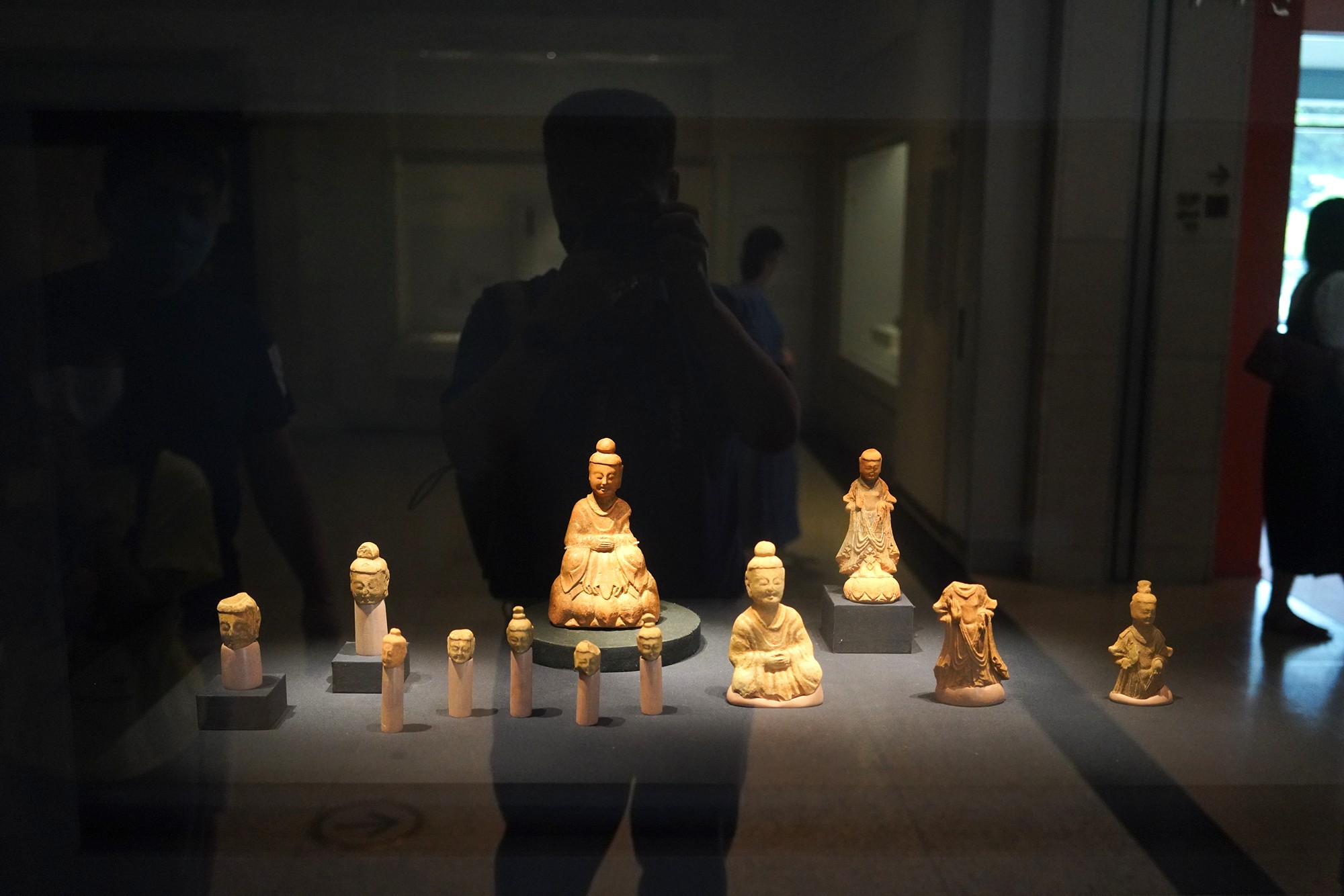
Shoes

Bronze jar with handle
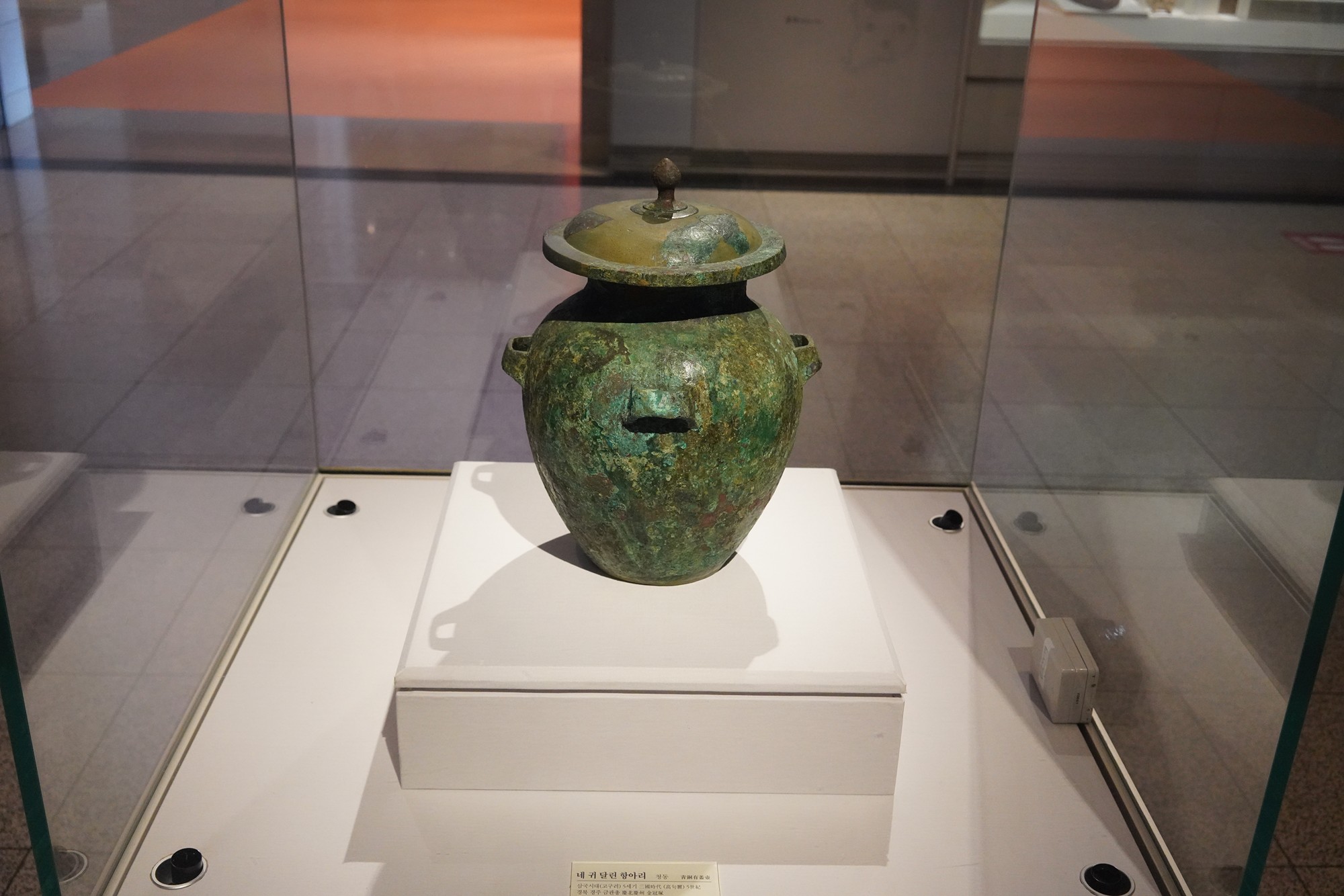
Gilt-Bronze Crown
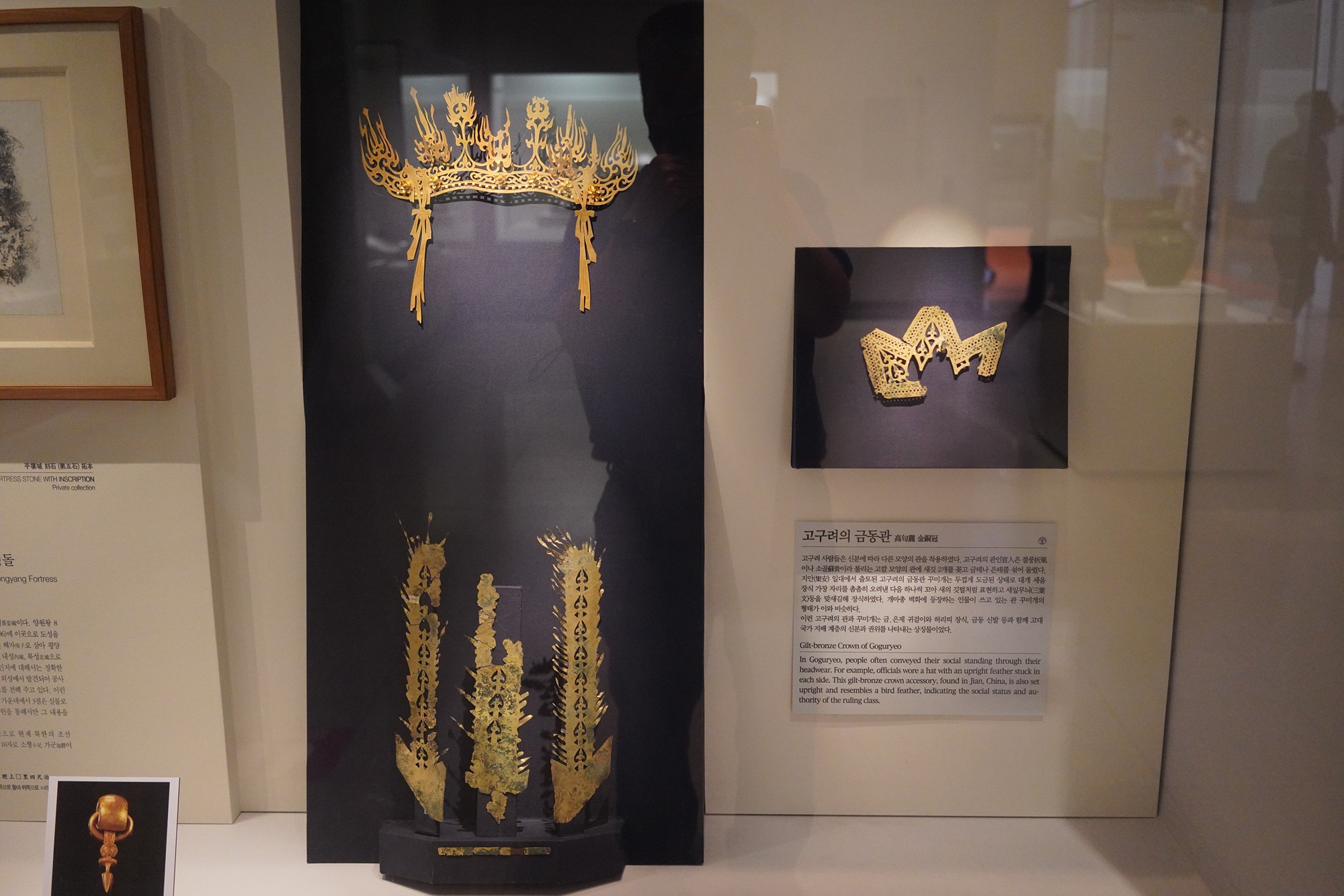
Bronze Bowl

Painting on a wall in Gangseodaemyo tomb.
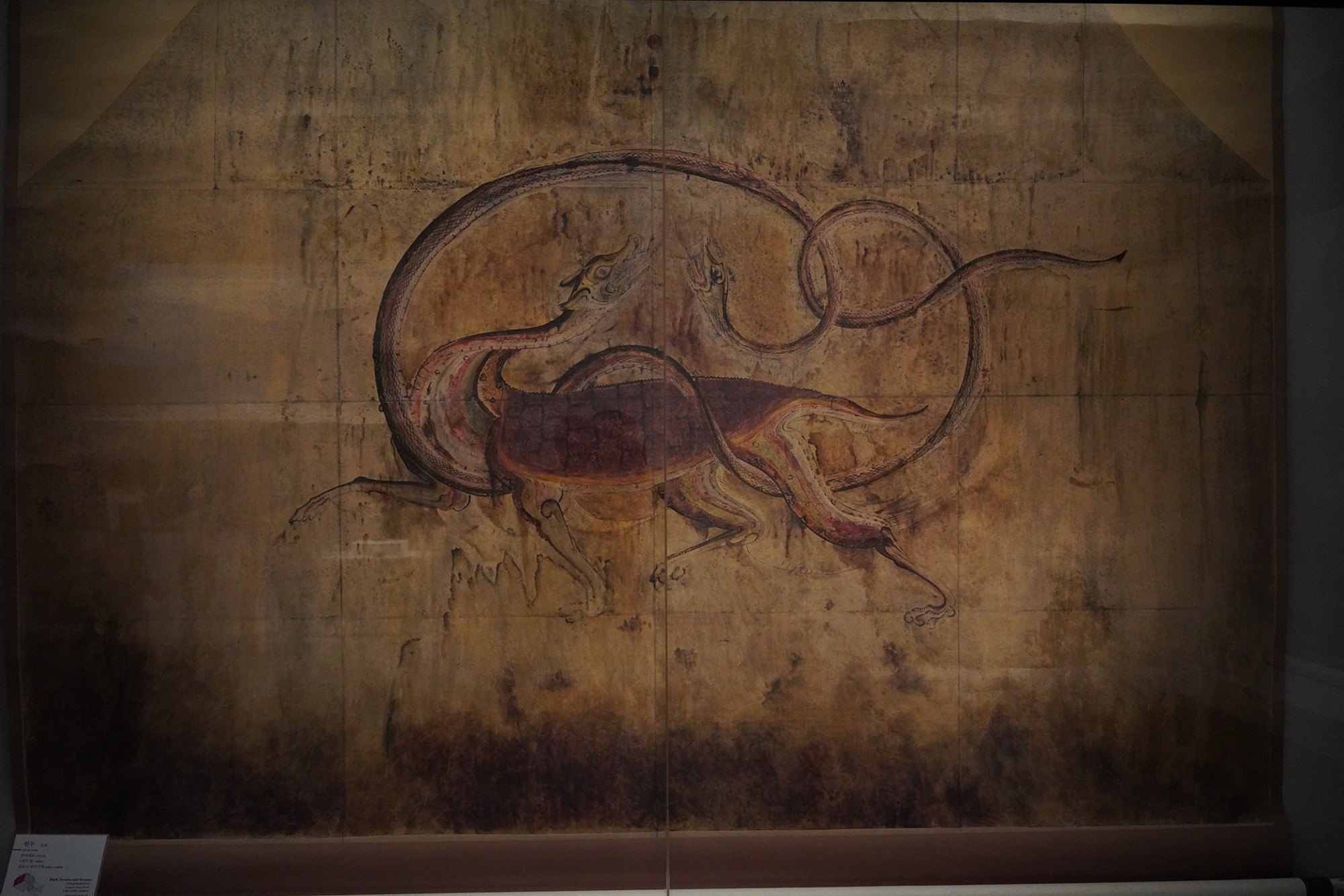
Next is the Baekje State. Three large states, Goguryeo, Baekje, Shilla, and a small state, Gaya, coexisted in the Korean peninsula from 0 CE to about 700 CE.
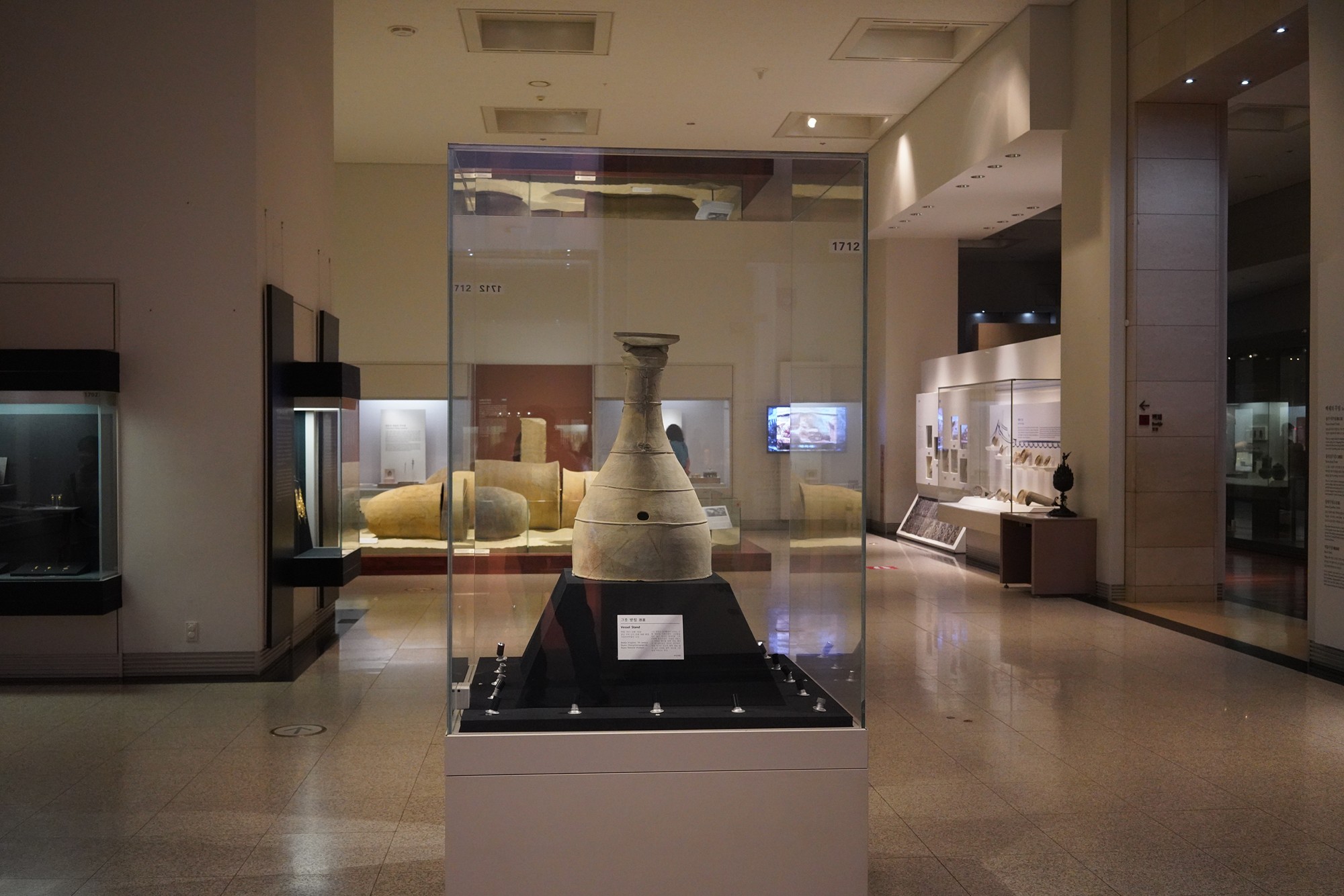
The map shows the relative position of all four states.

Stone ritual artifacts
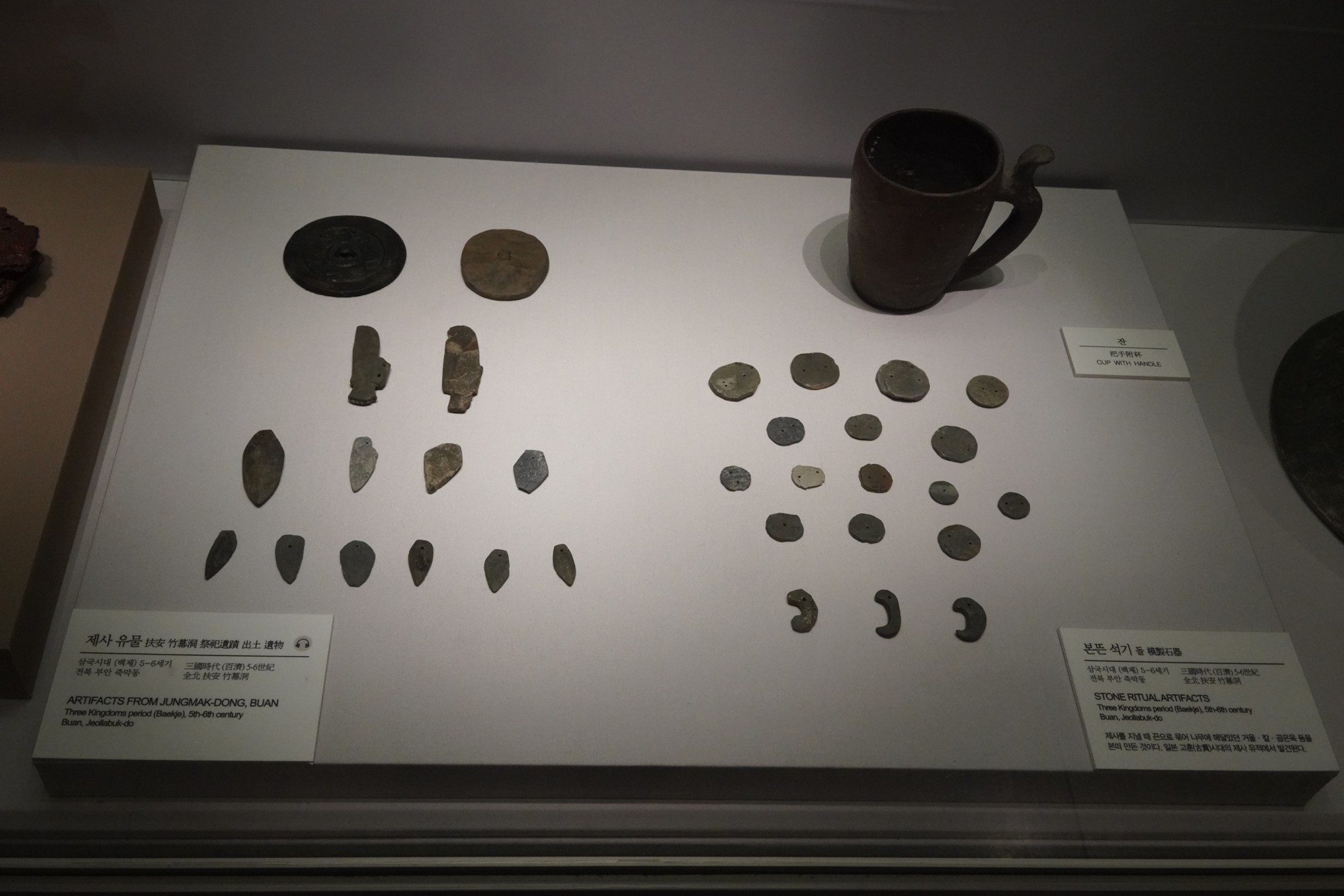
Celadon wares

Gold diadem ornaments
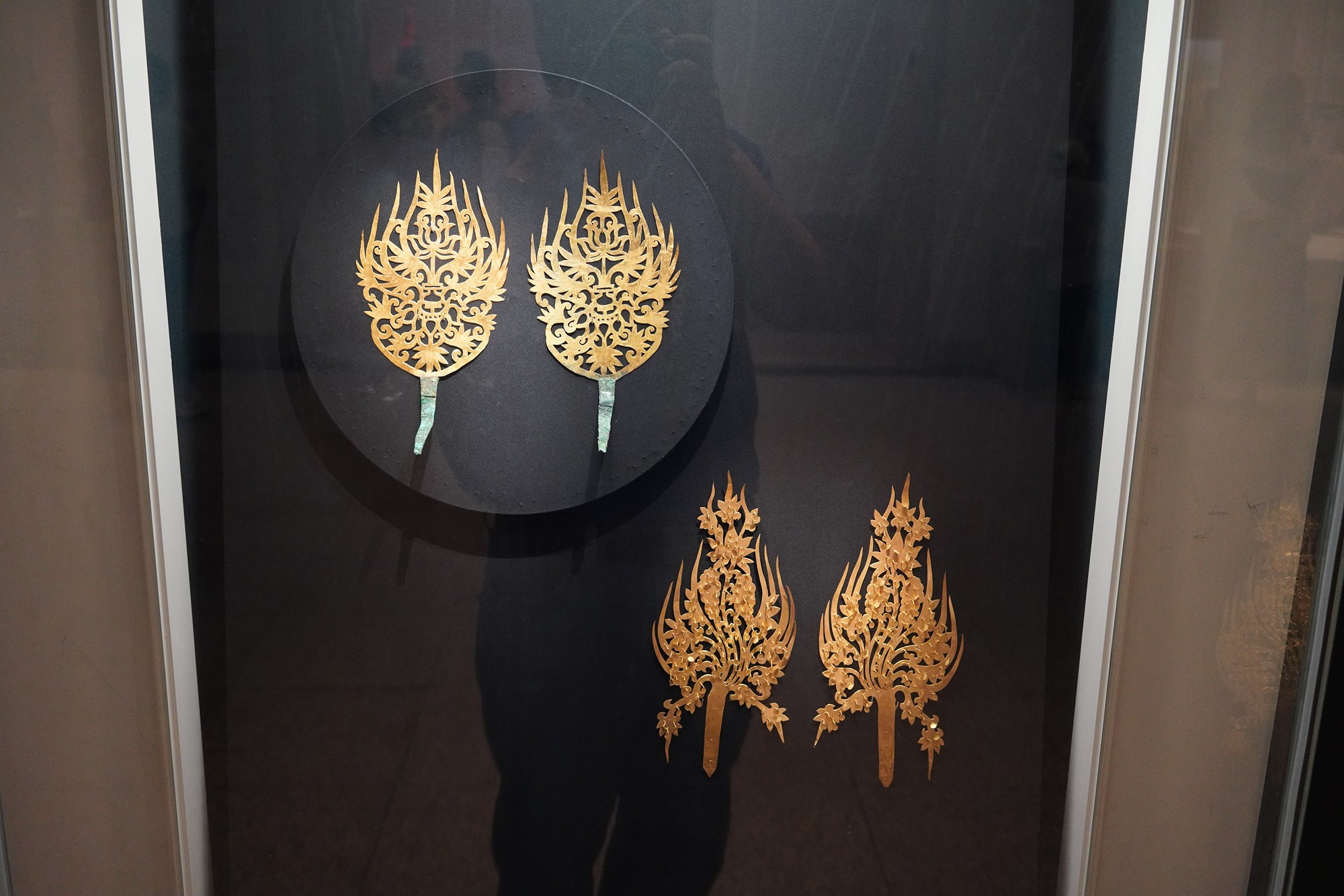
Jar and pottery stand

Writings
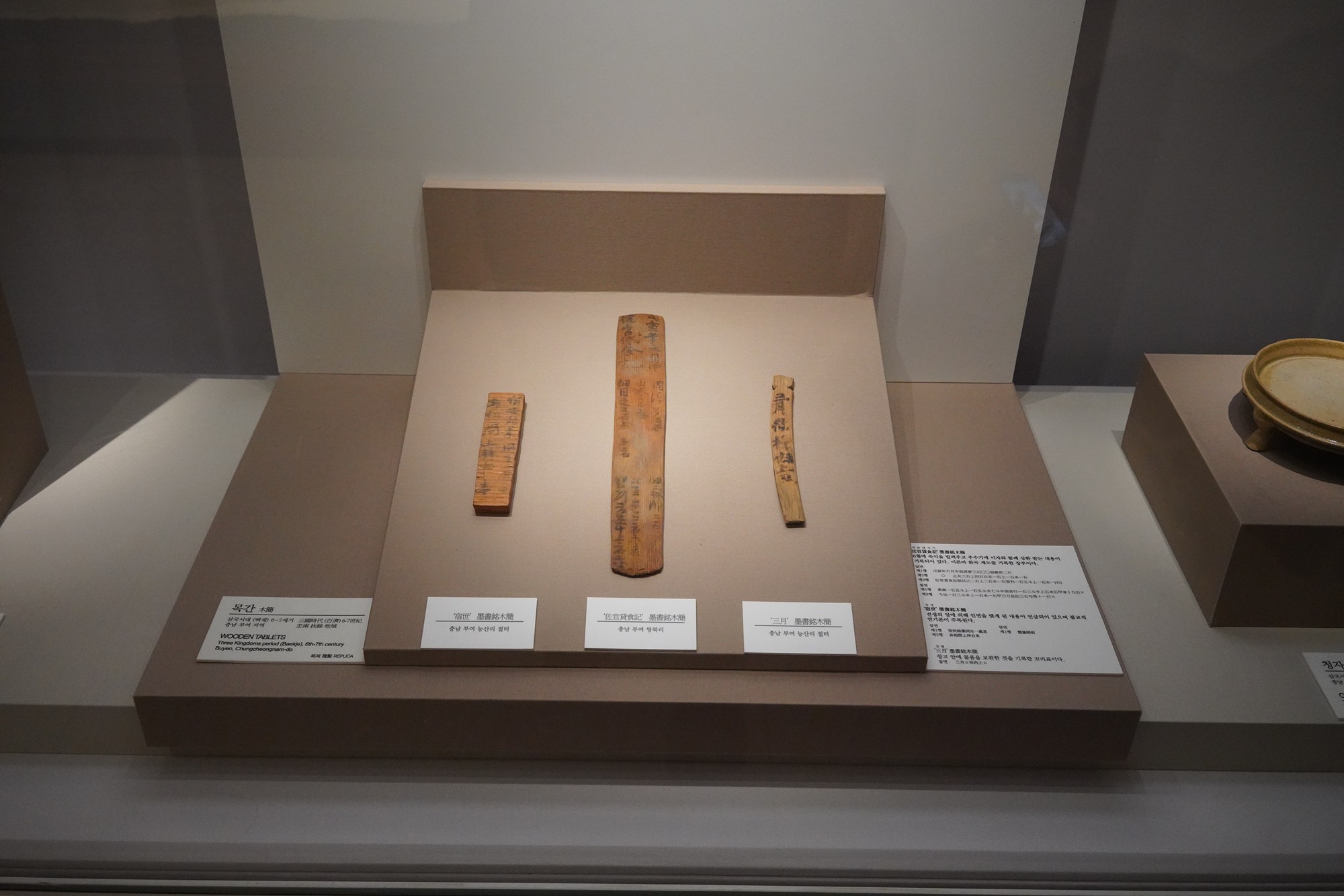
Bronze coffin ornaments
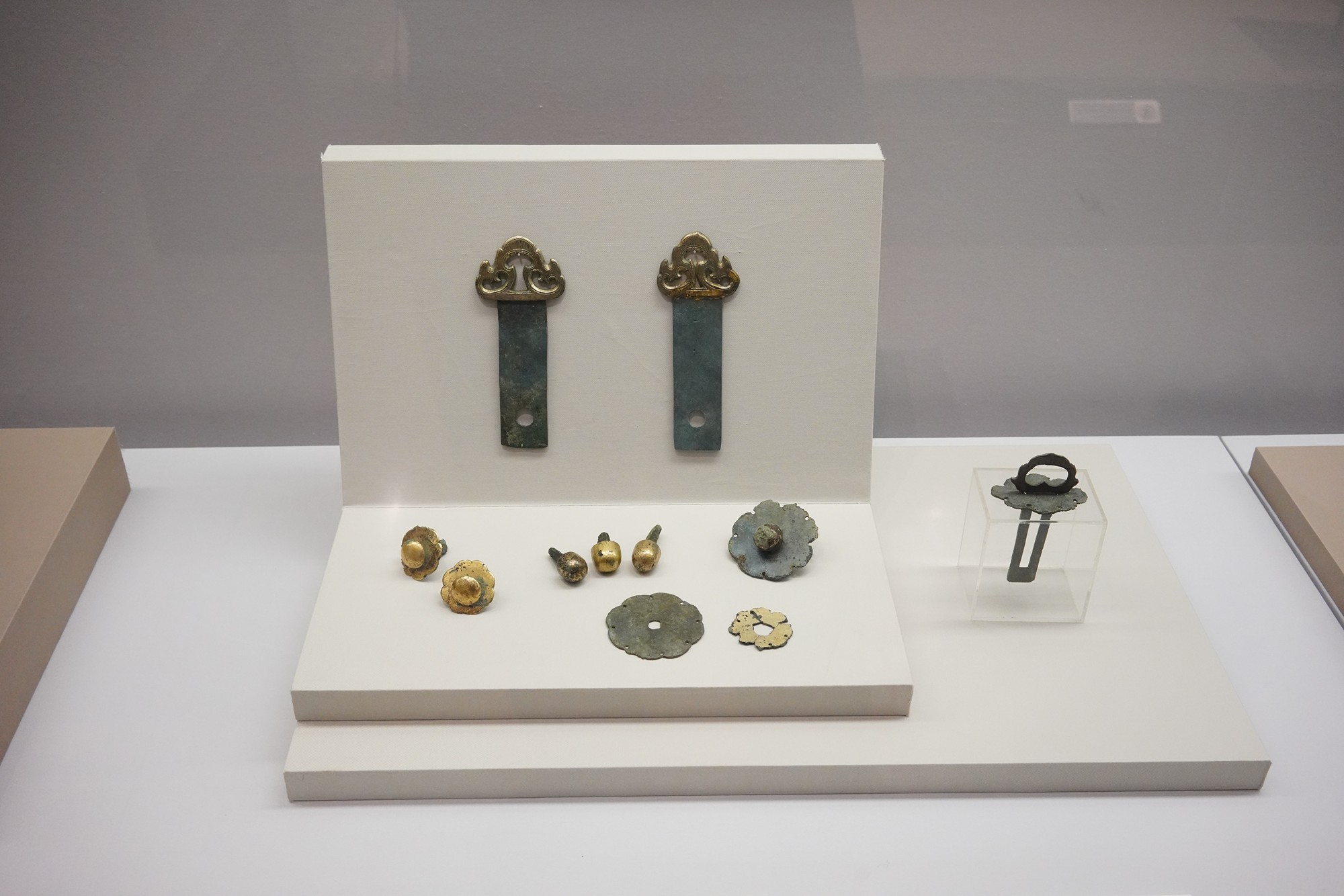
The Gaya State
Gaya potteries
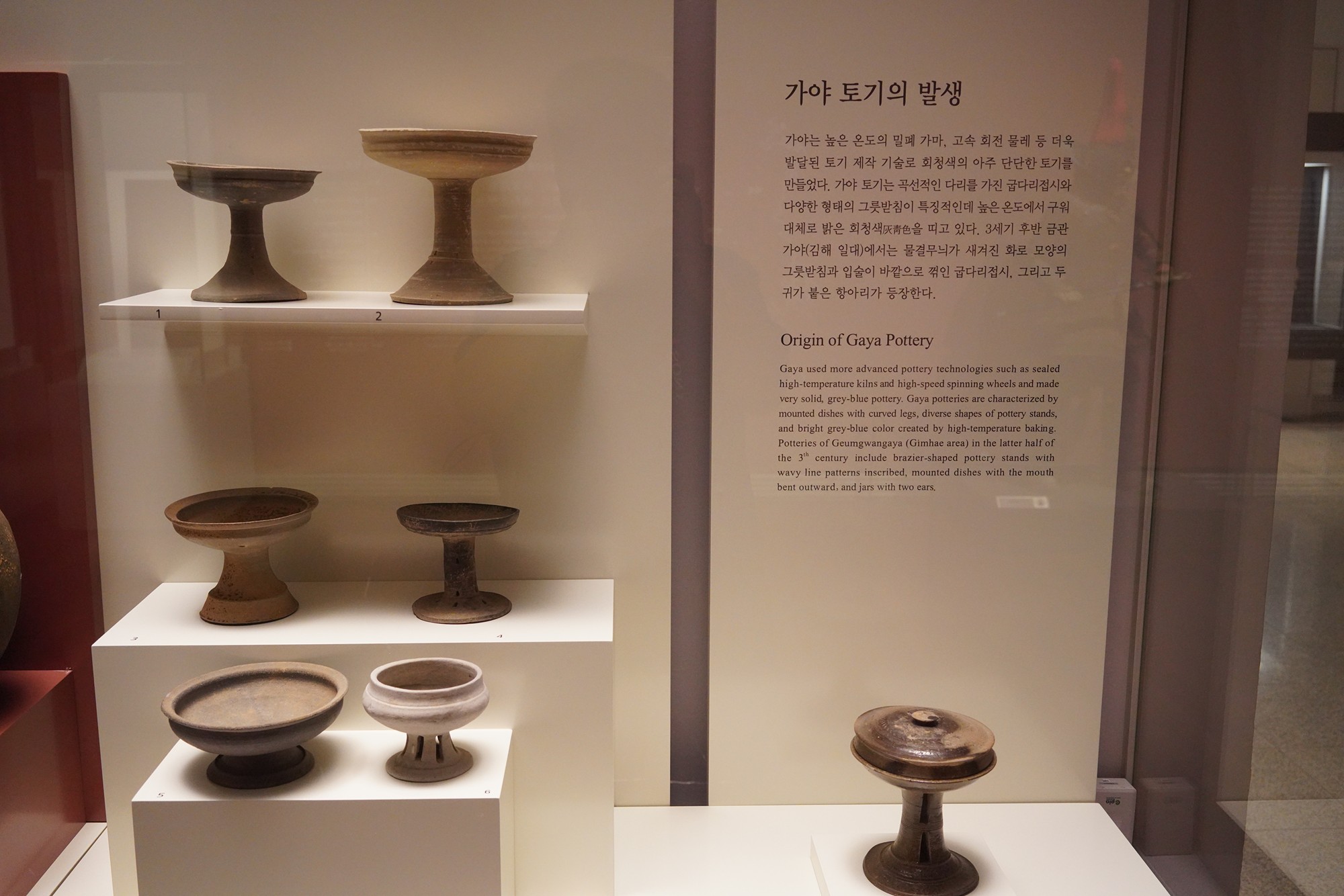
Gold crown
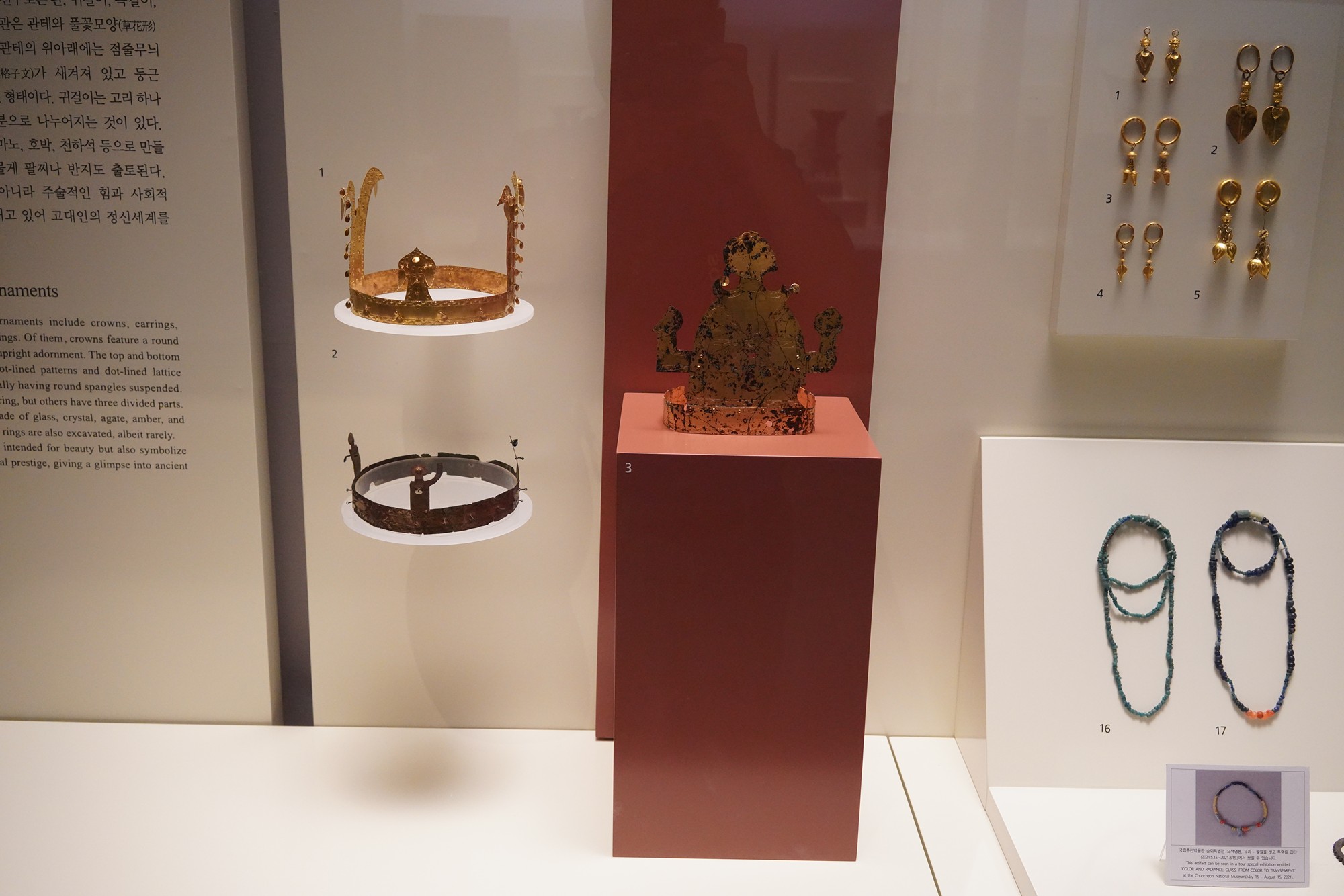
Gold ornaments
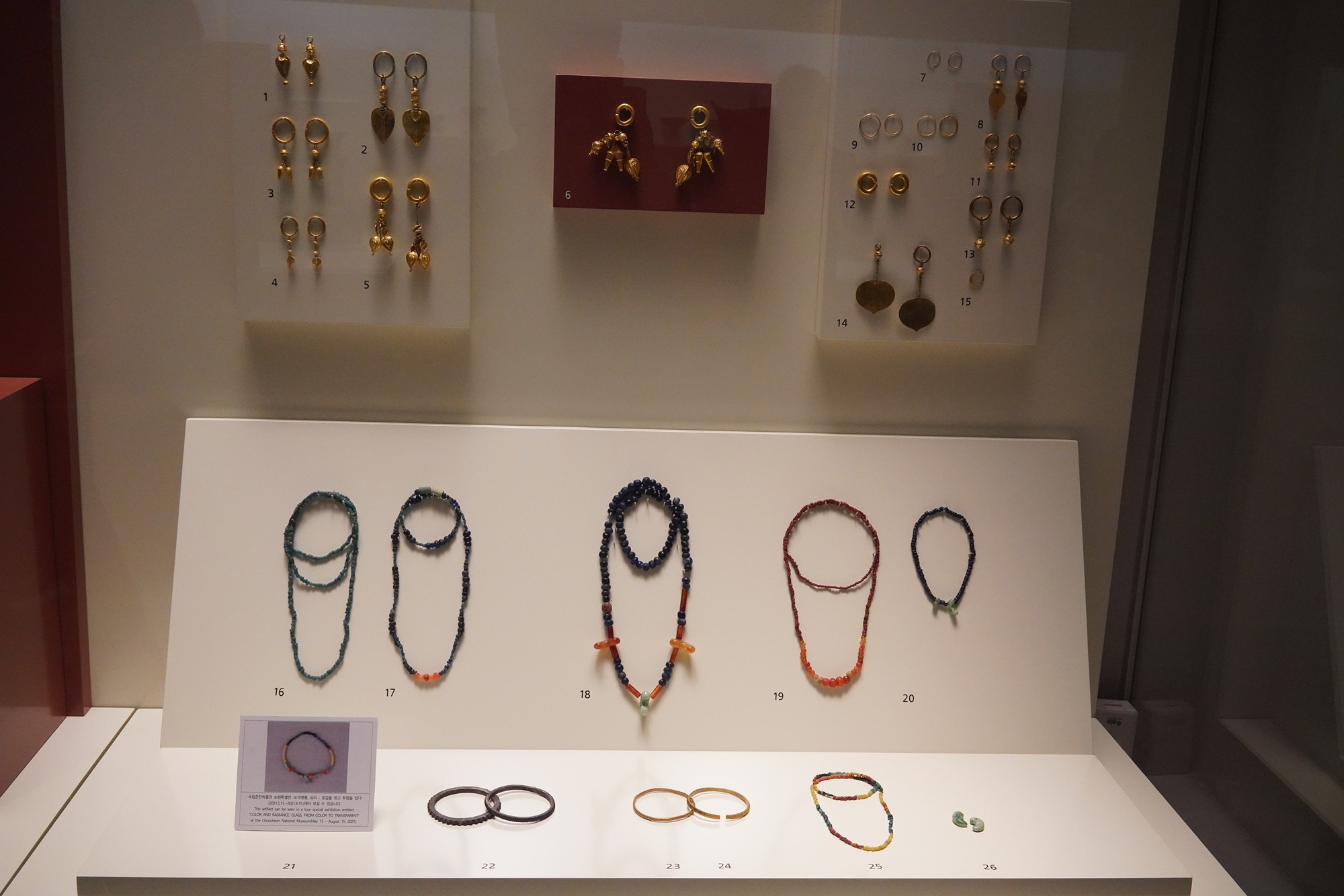
Figurative earthenware

Armors
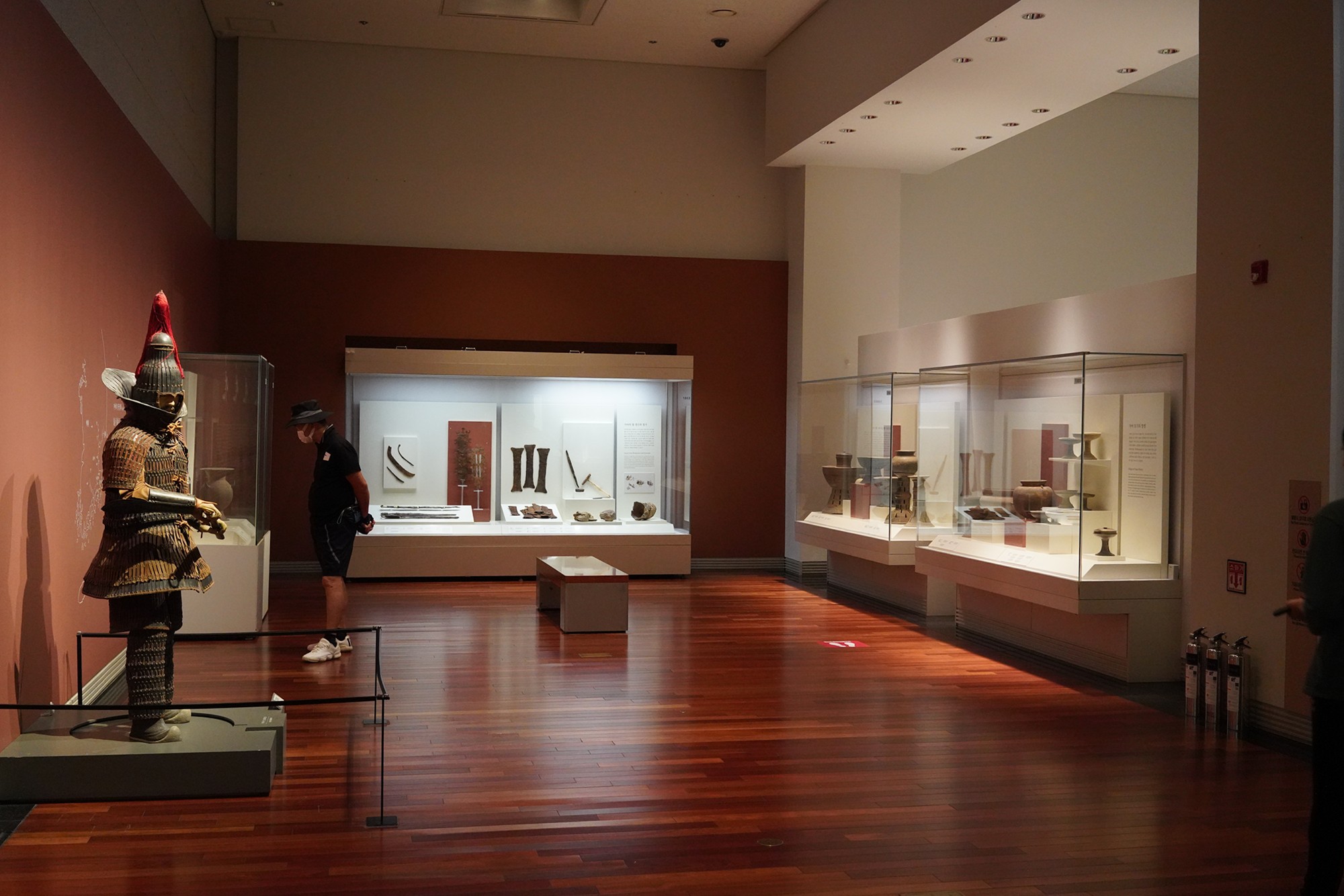
The Silla State
Gold crown and girdle
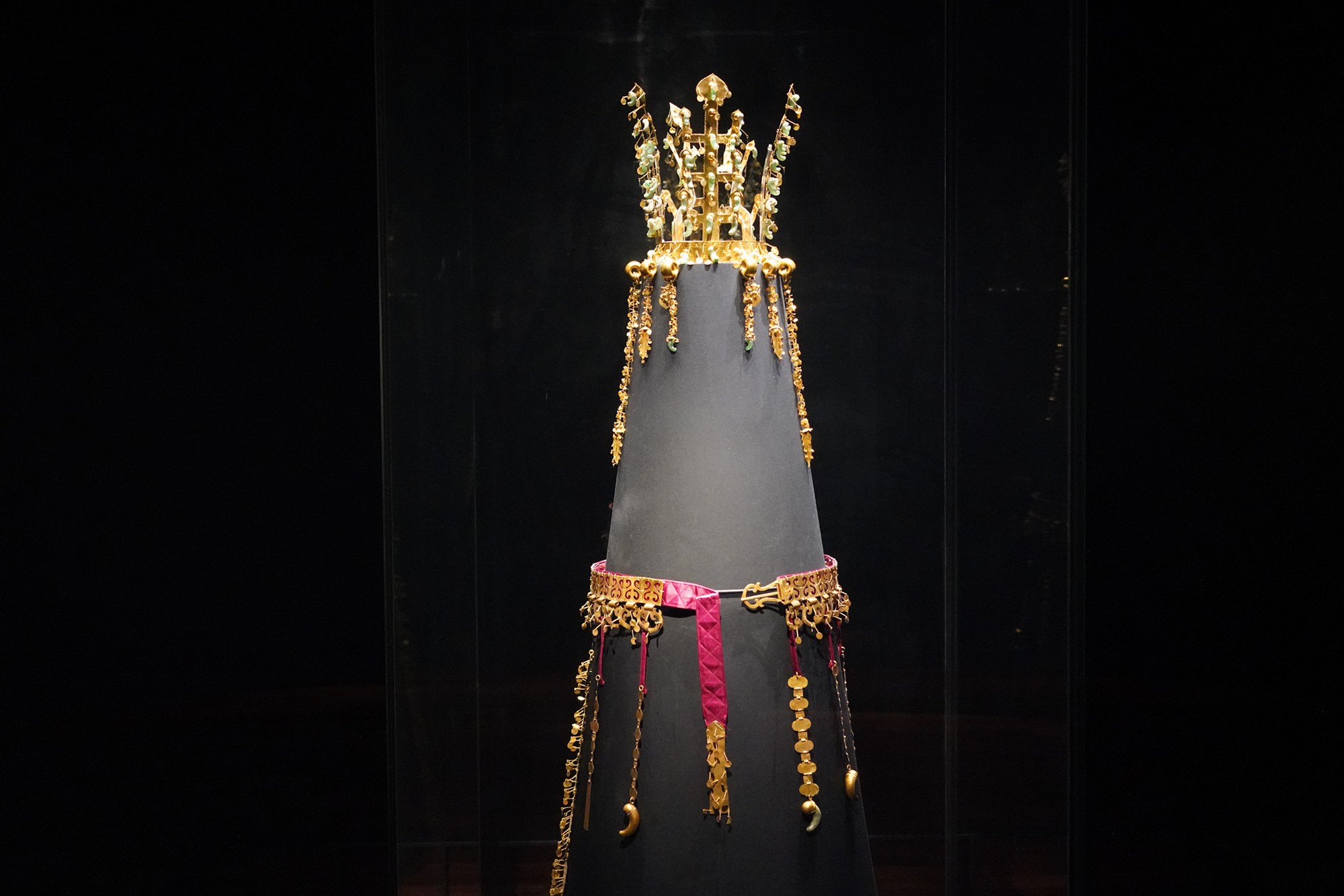
Iron saw knives
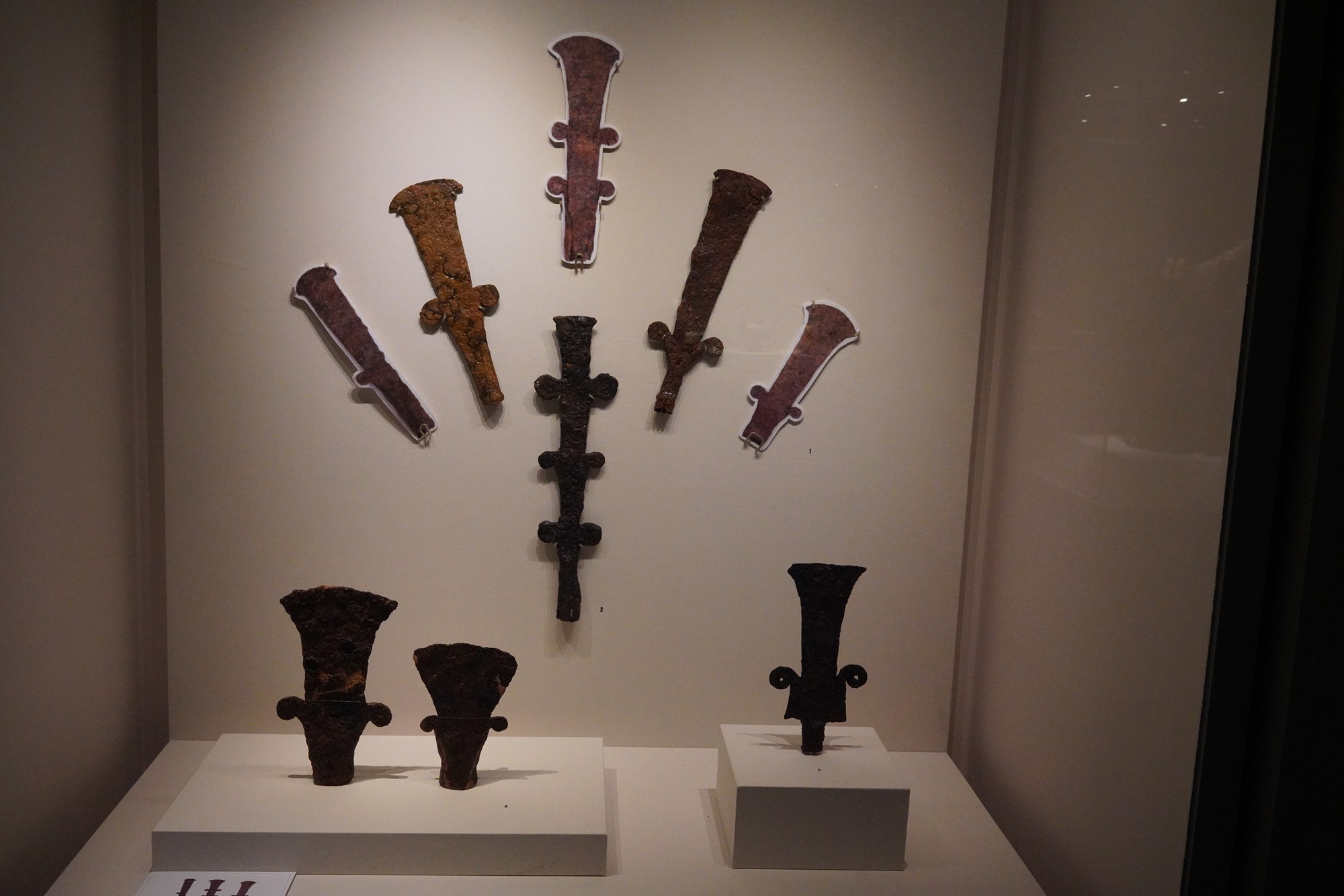
Necklaces
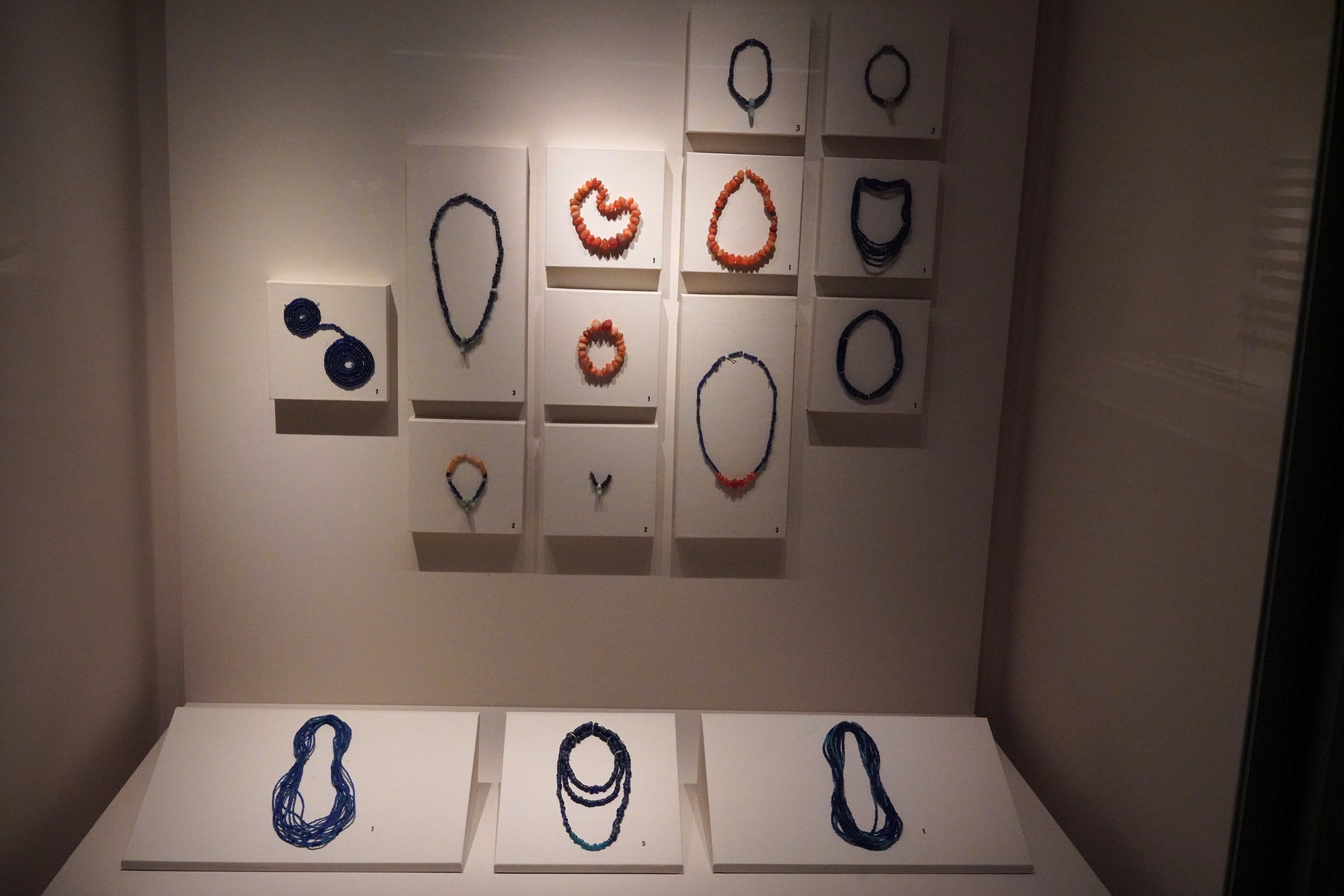
Swords

Horse equipment
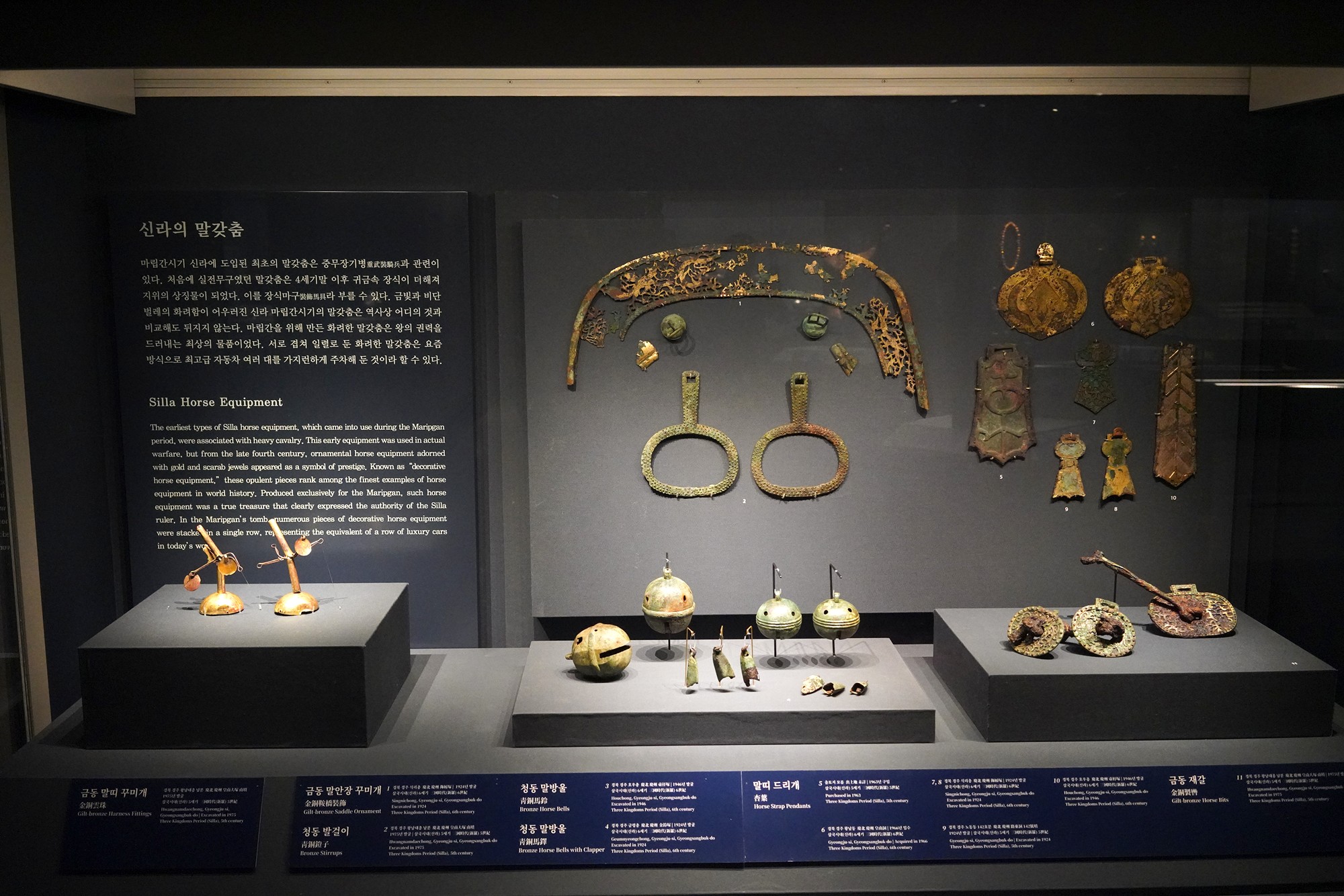
Gold crown ornament and a cap
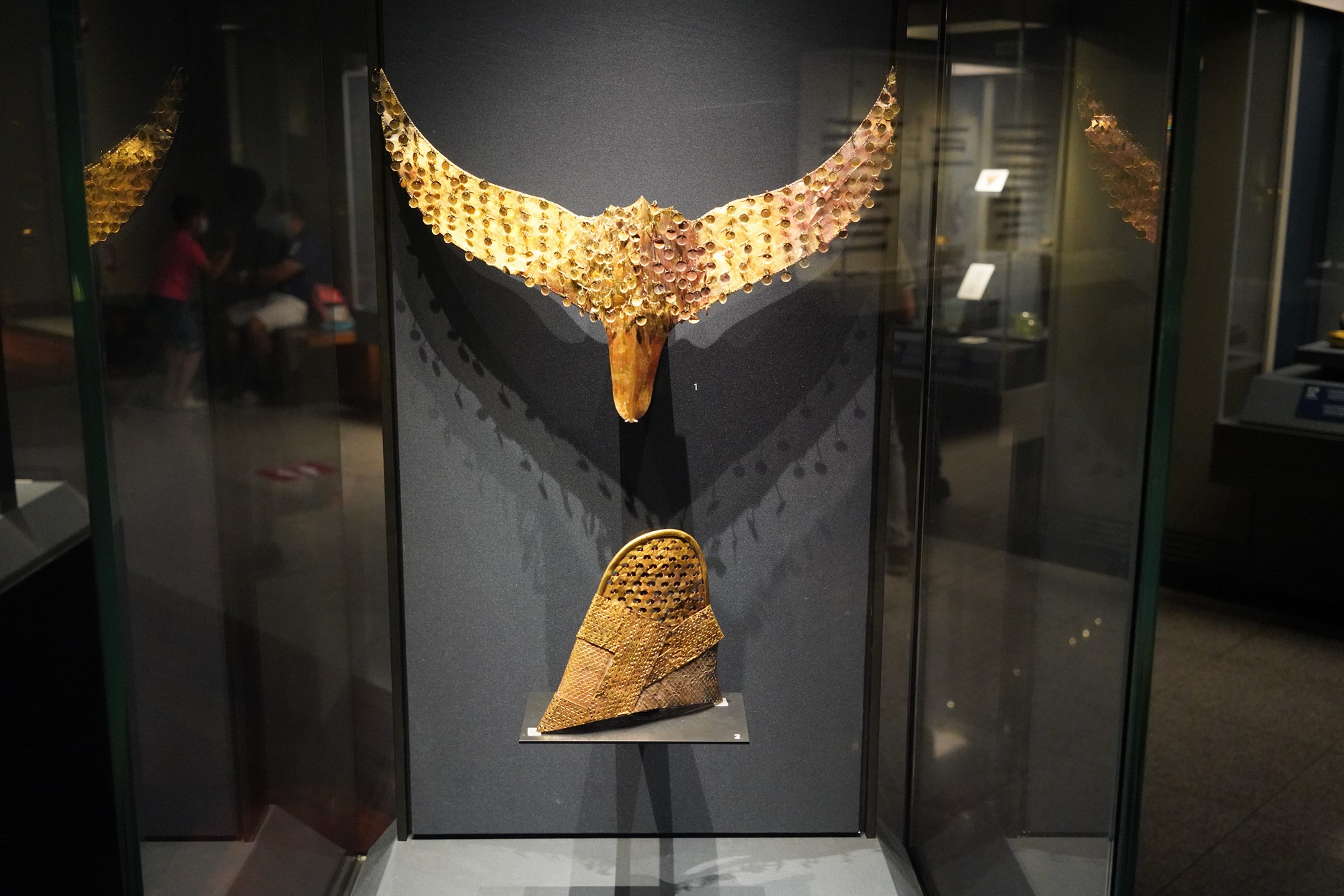
Gold Bowls

Gilt-bronze crown
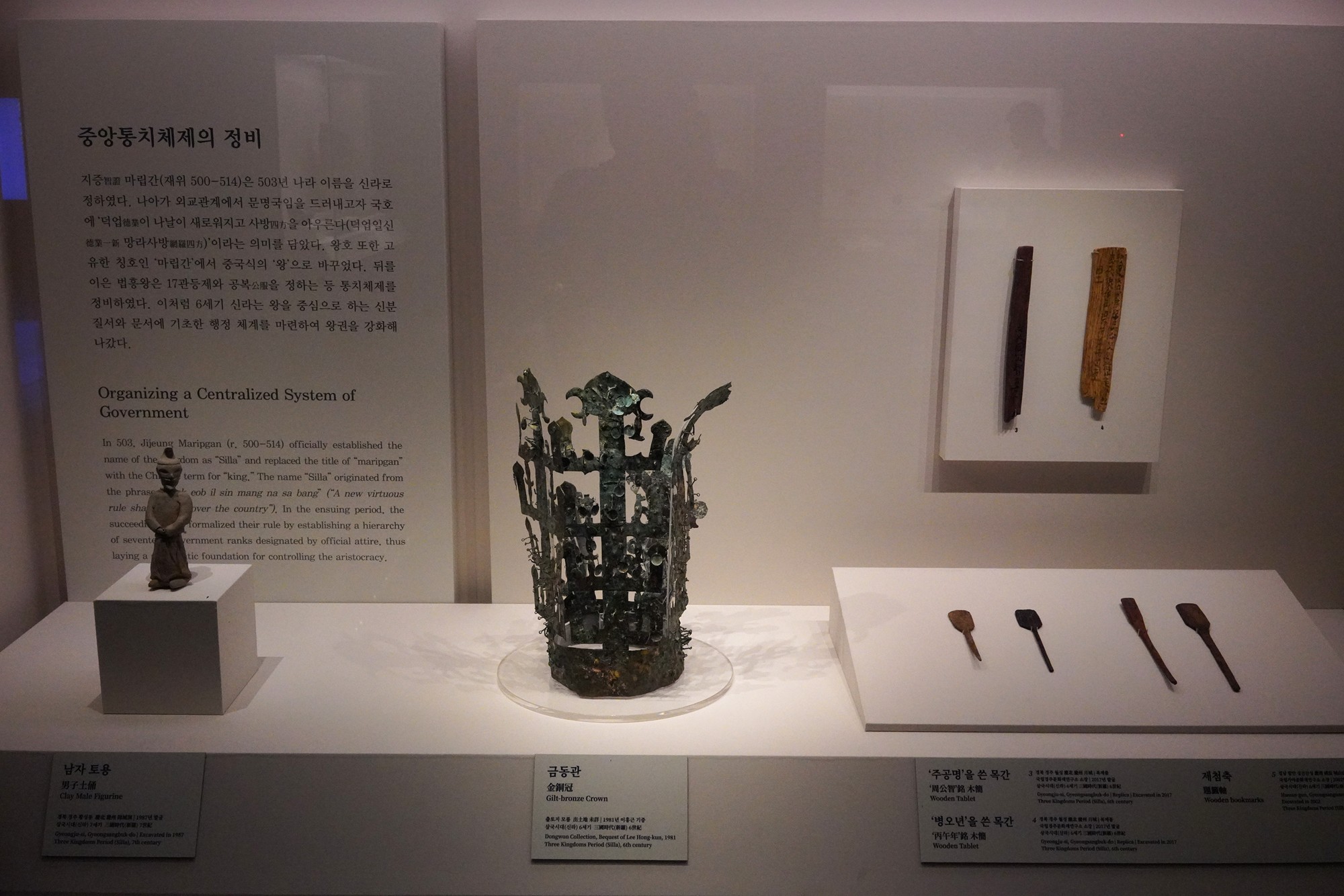
Writings
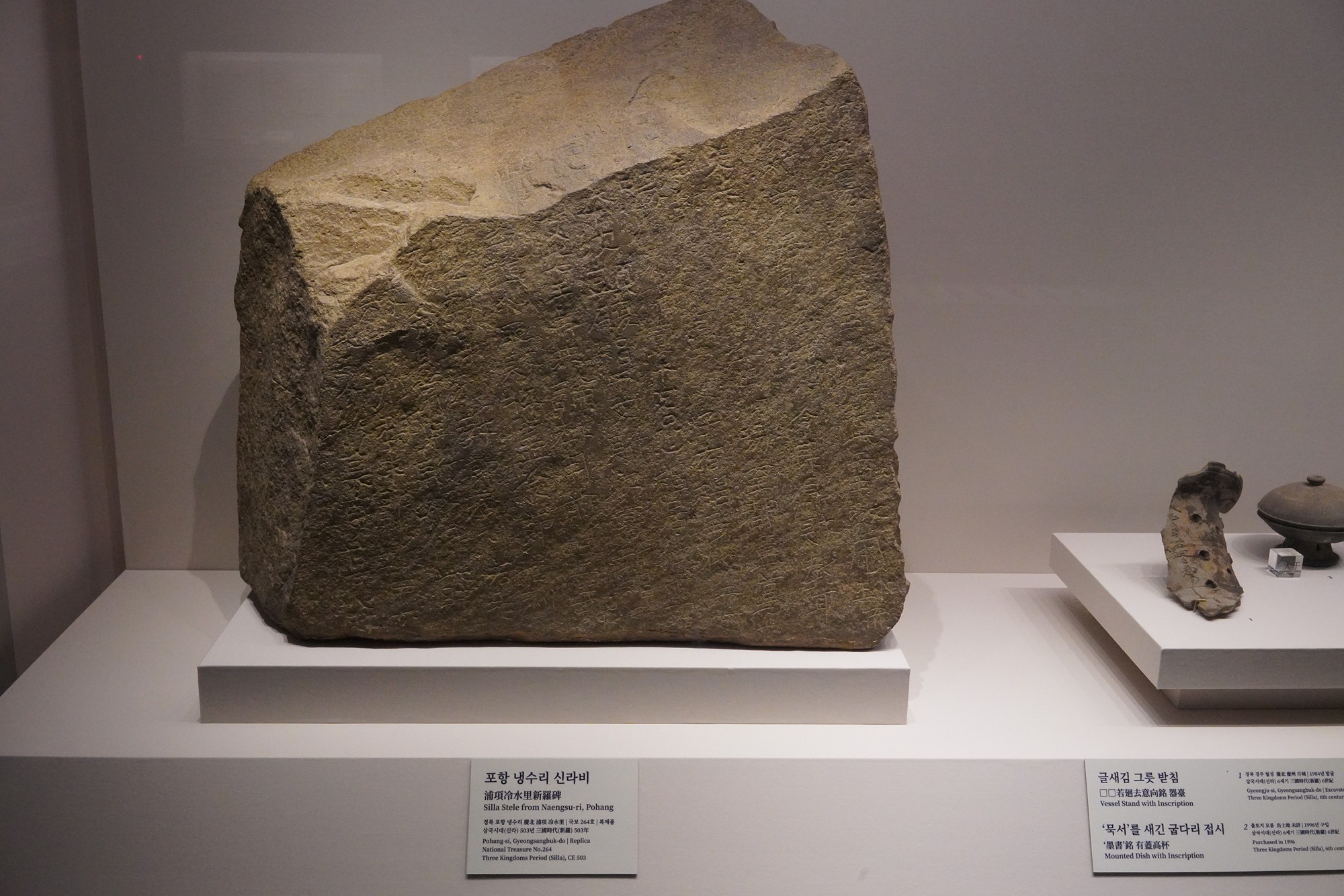
The Balhae State
Architecture of Balhae
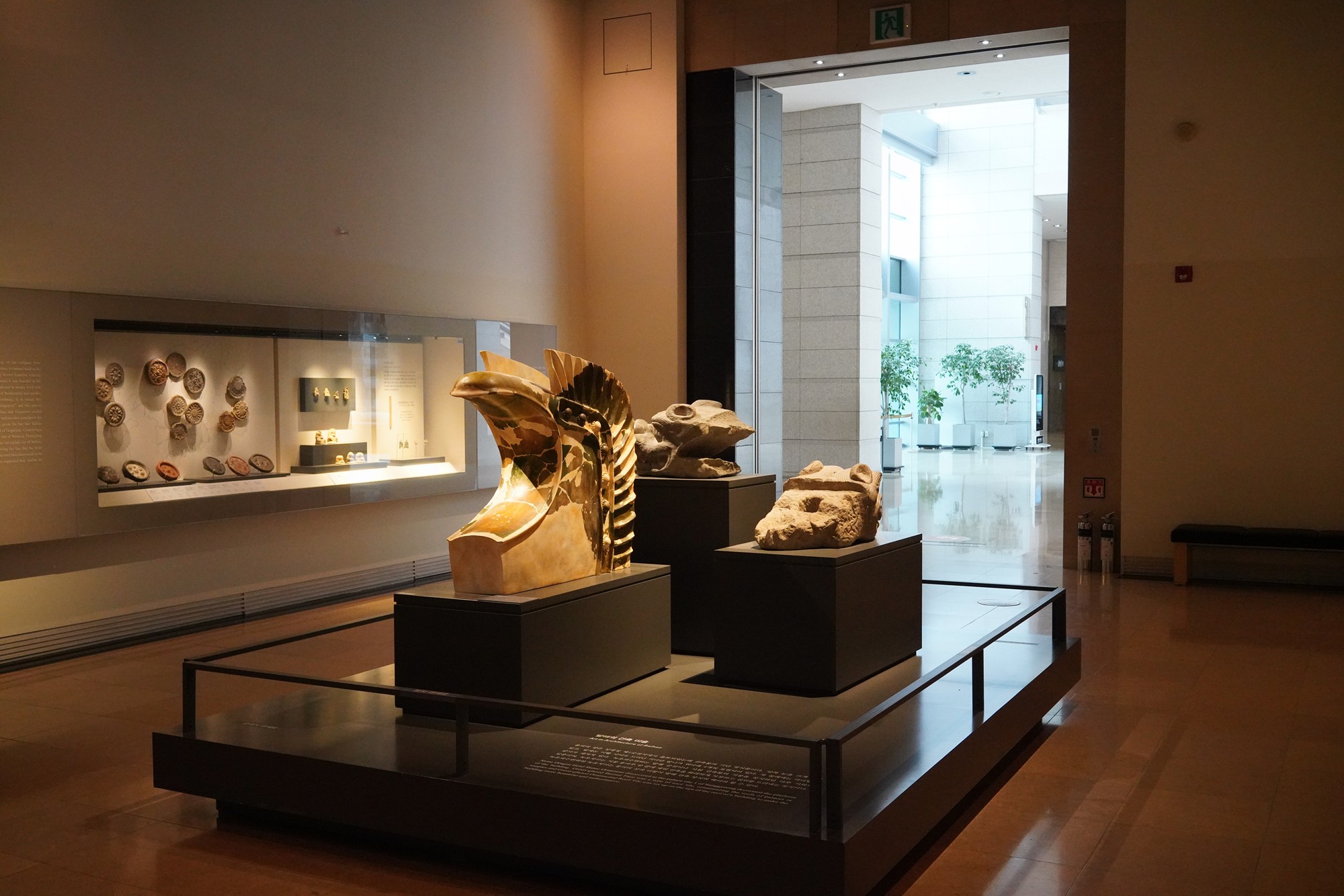
The Unified Silla State
The Shilla state conquered all the other states in the Korean peninsula and created the United Shilla in around 670 CE.
The Unified Shilla adopted Buddhism as the national religion.
The Four Heavenly Kings of Buddhism
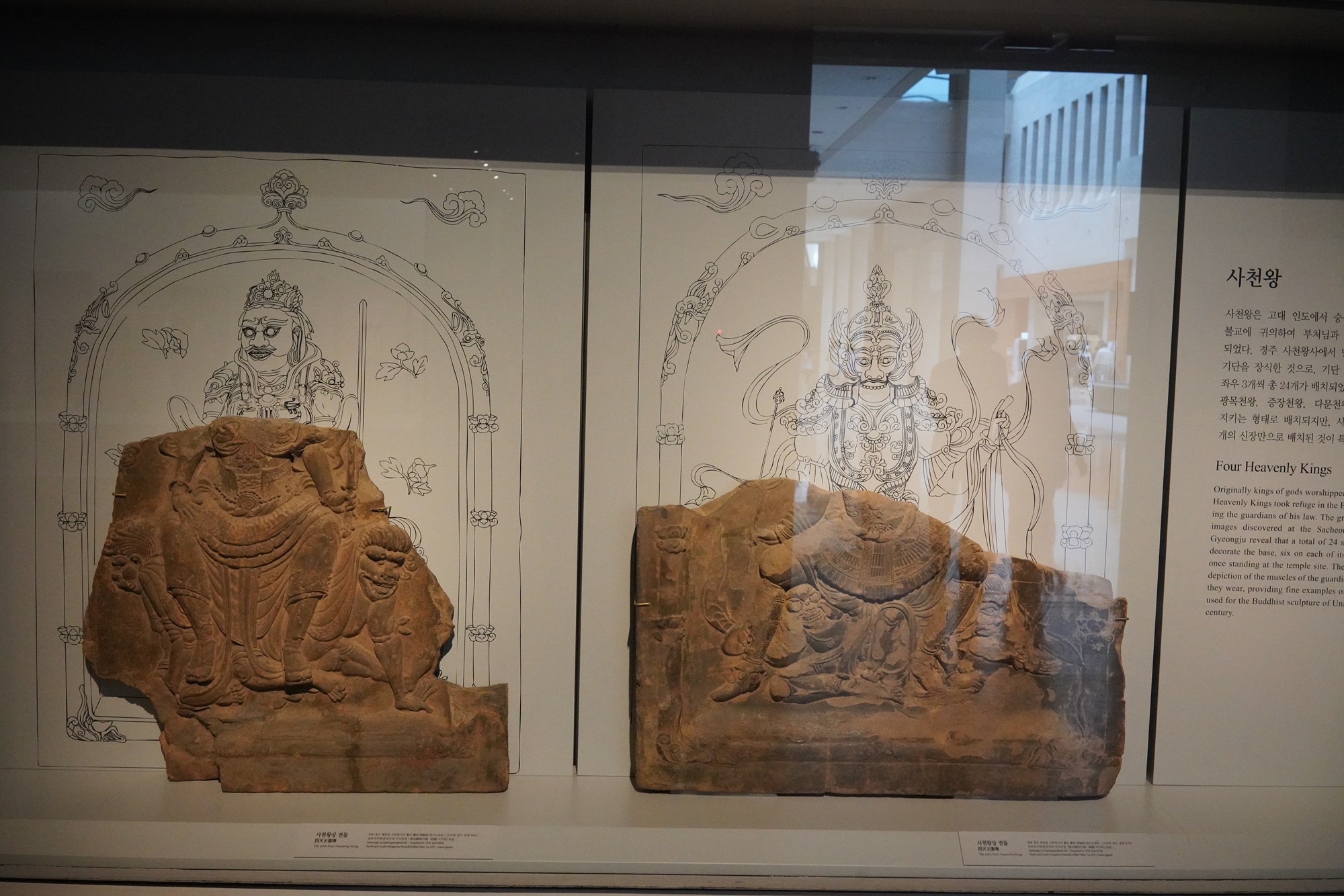
Ritual bottle
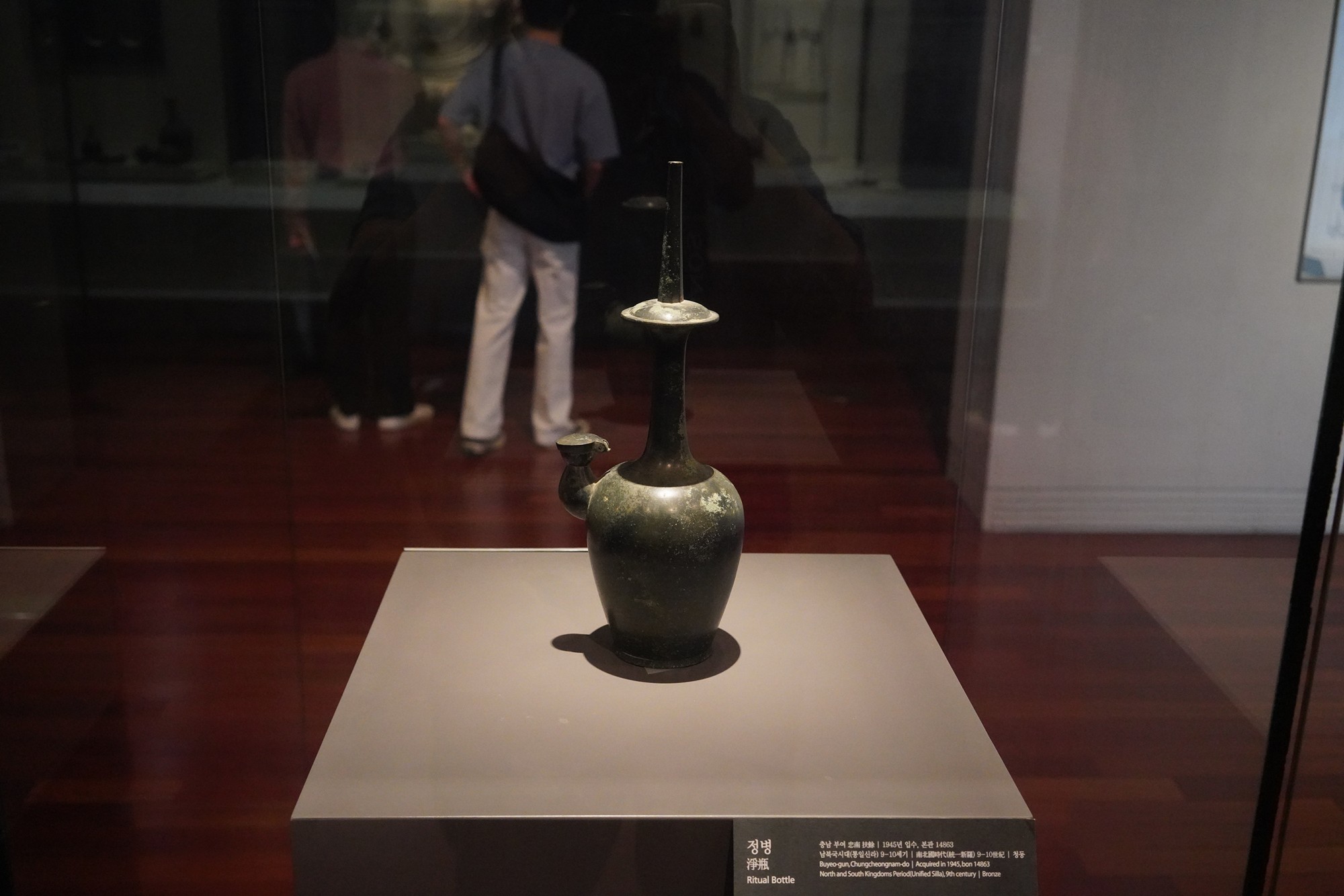
Jars and bowls
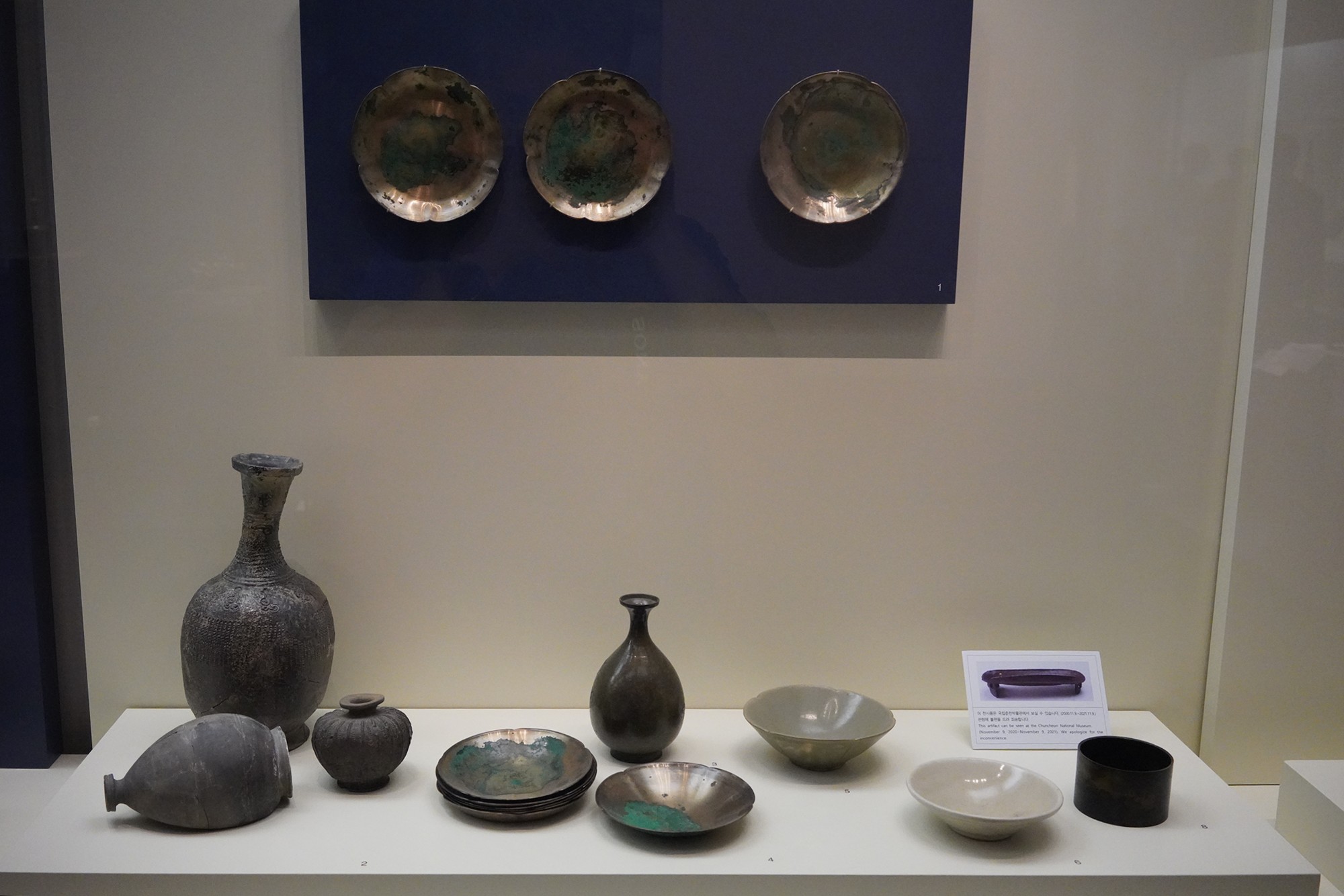
Zodiacal Figurines
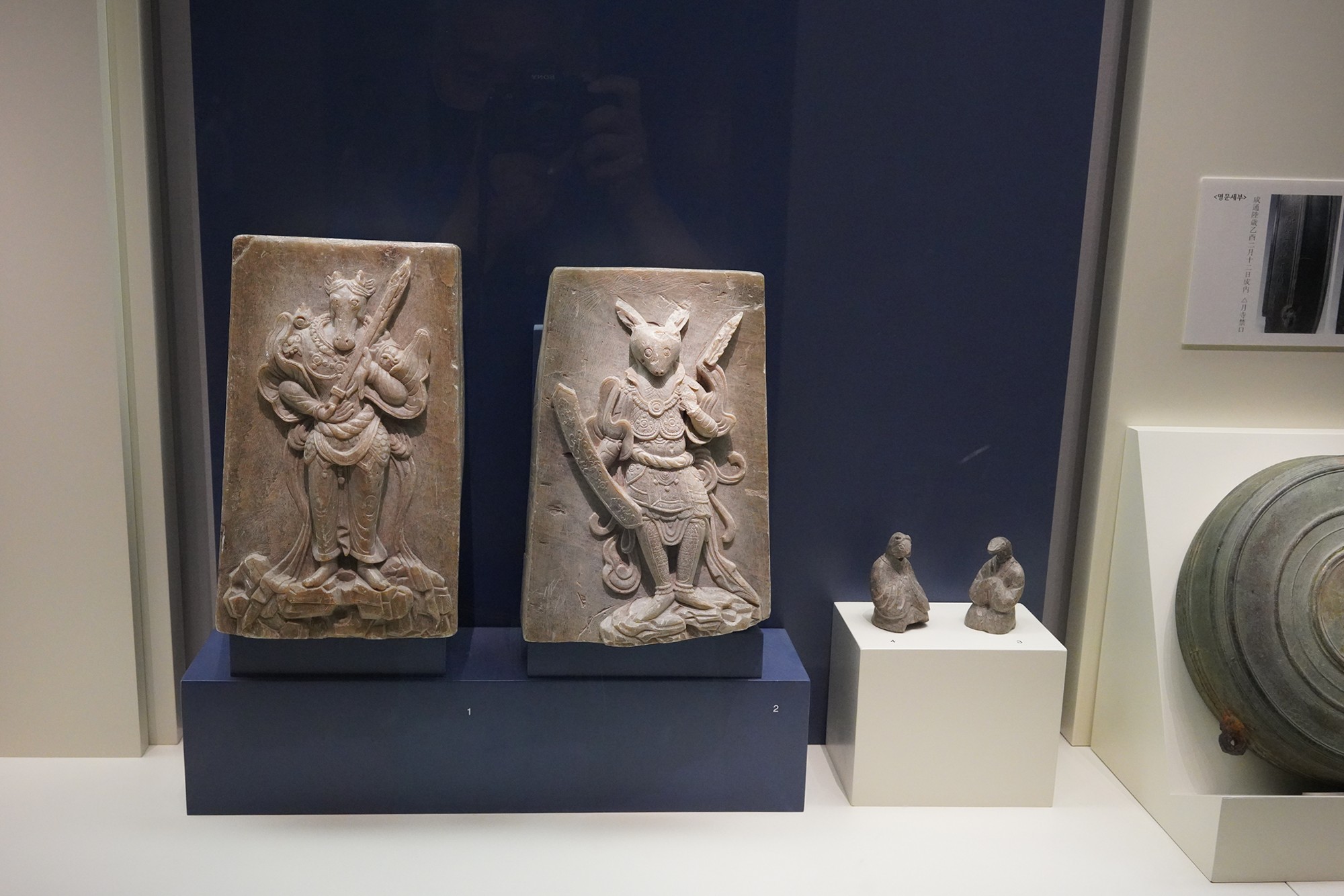
Seated iron Buddha
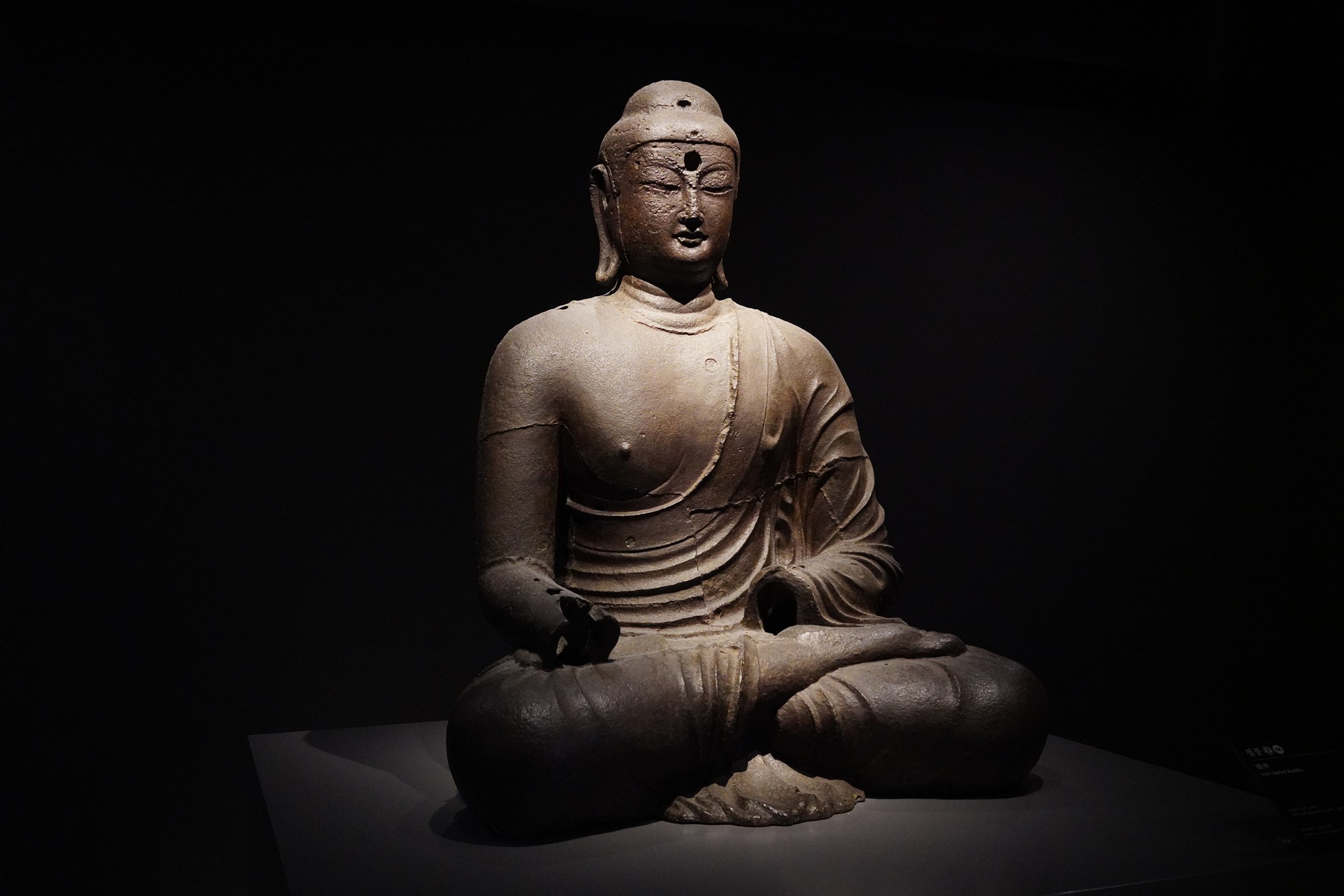
The Goryeo State
The Goryeo state started small but eventually overthrew the Unified Shilla state and became the ruler of the Korean peninsula. The name Korea is from the name of Goryeo.
Celadon jar
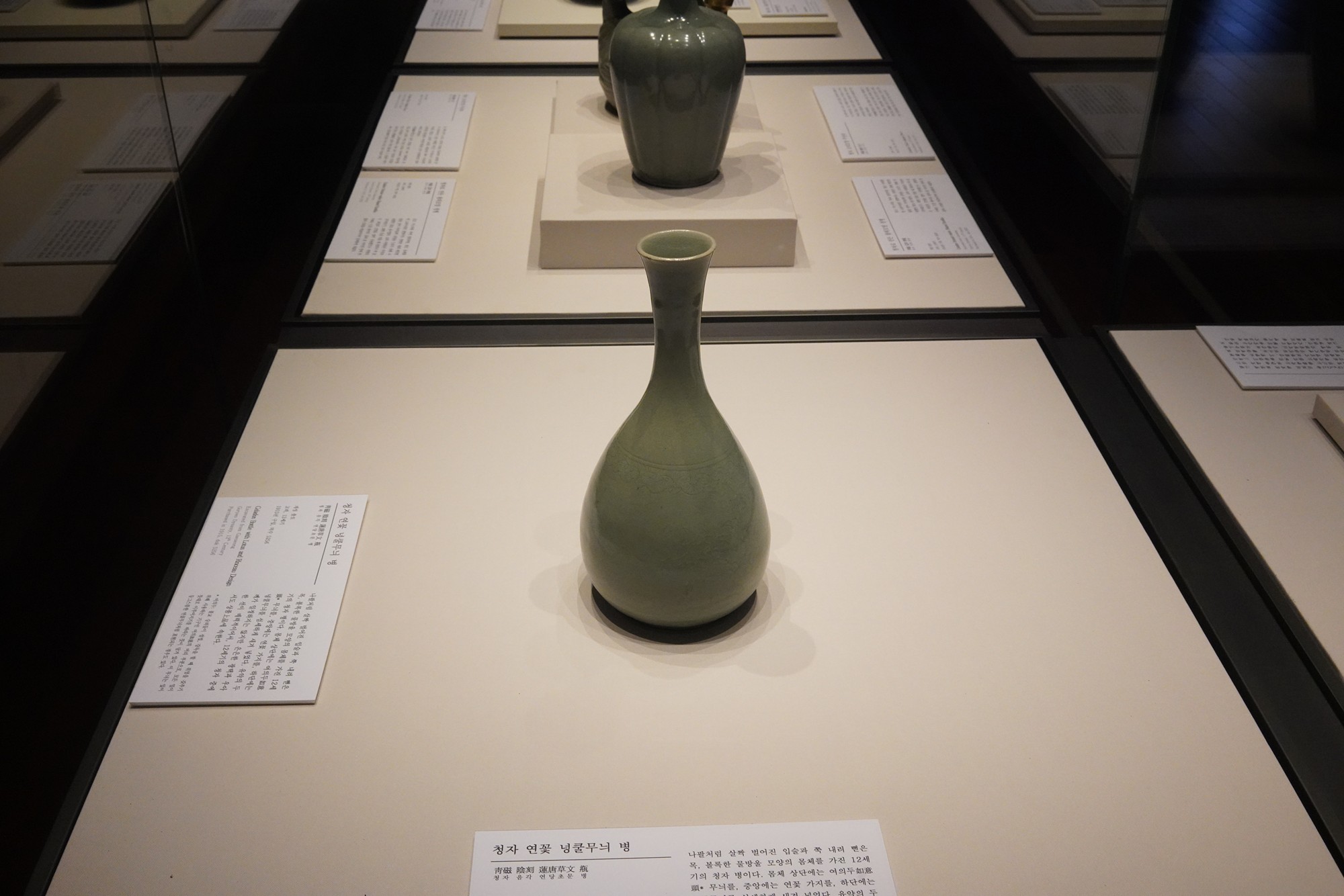
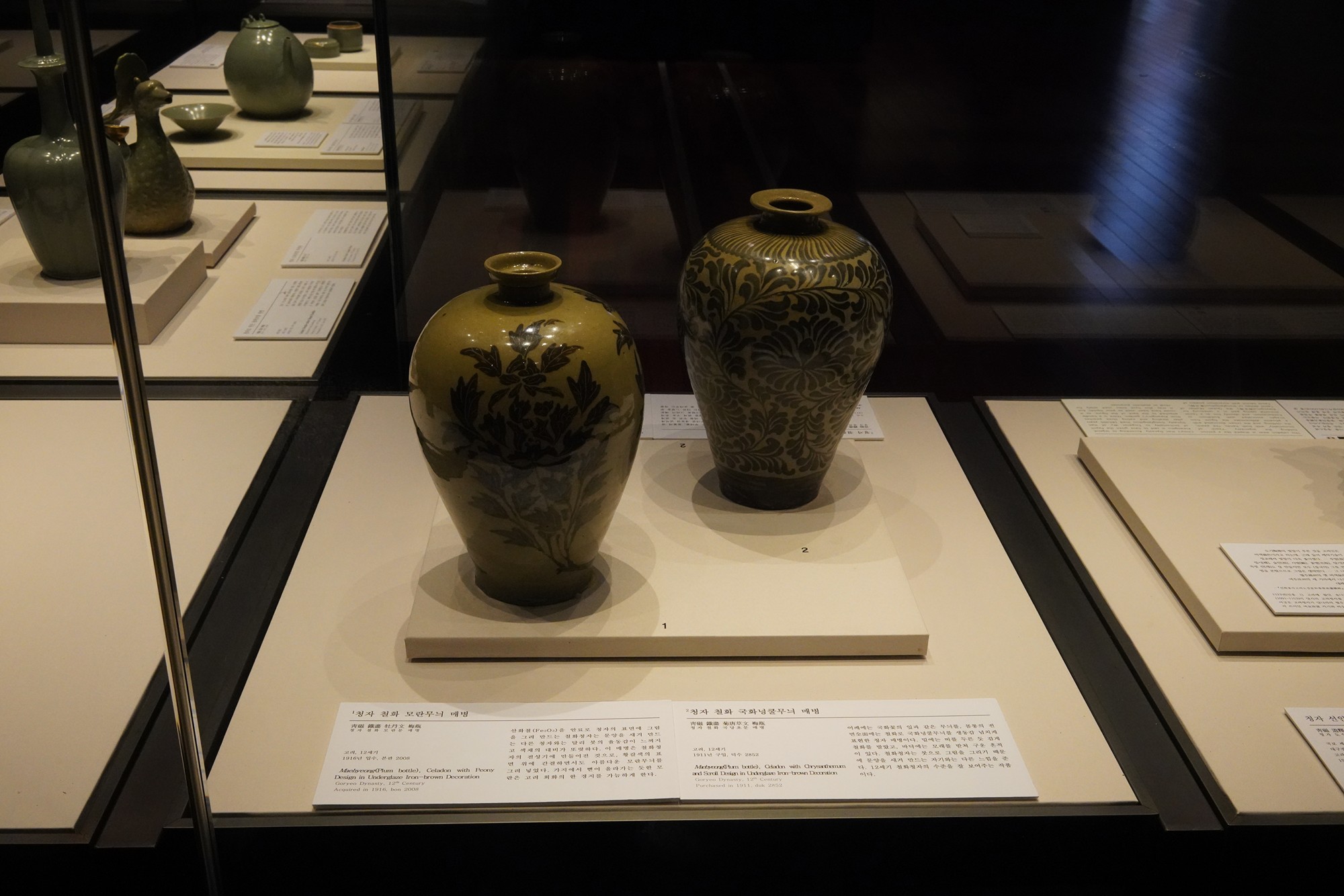
Mirror and utilities used for makeup
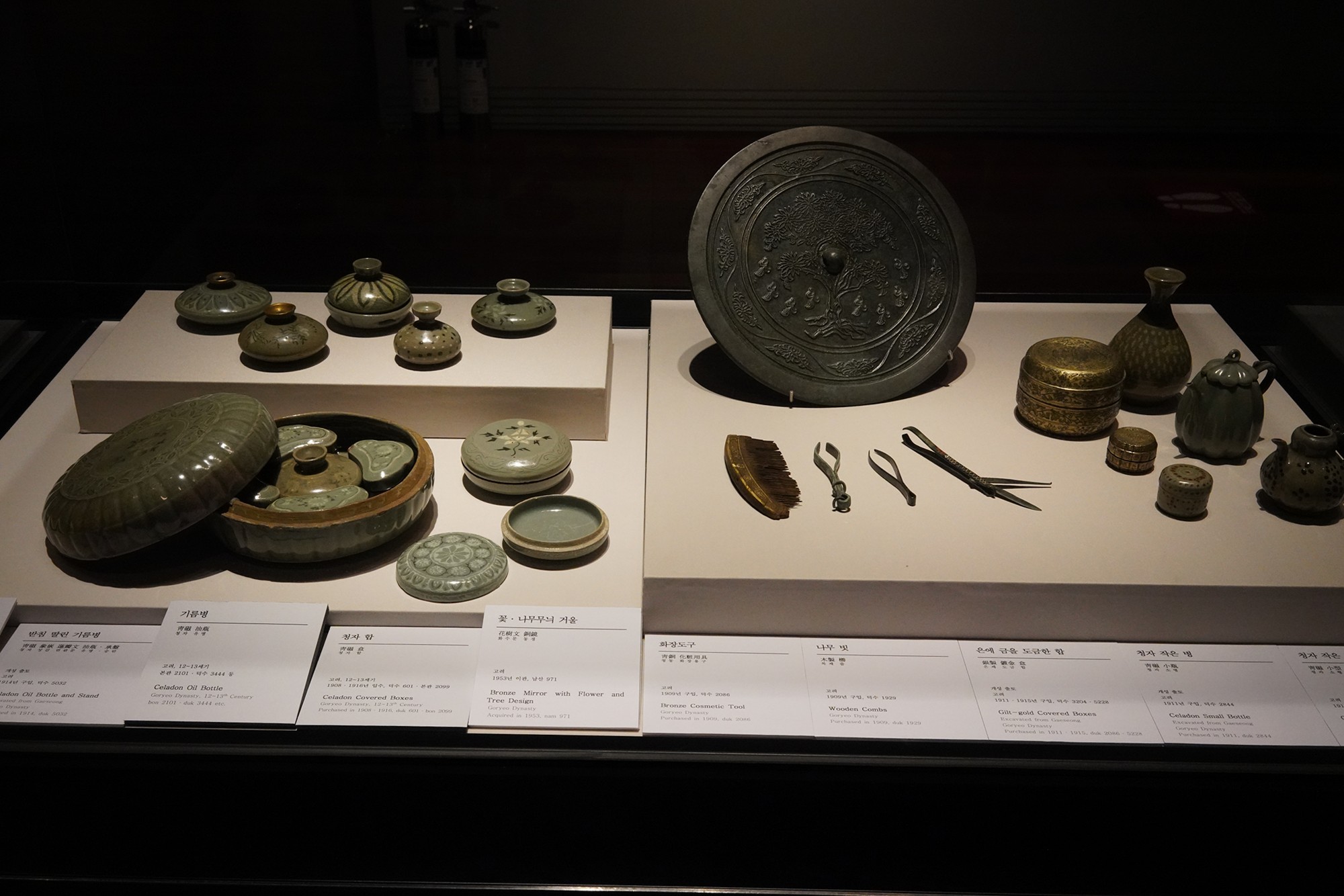
Gilt bronze Buddhism figure
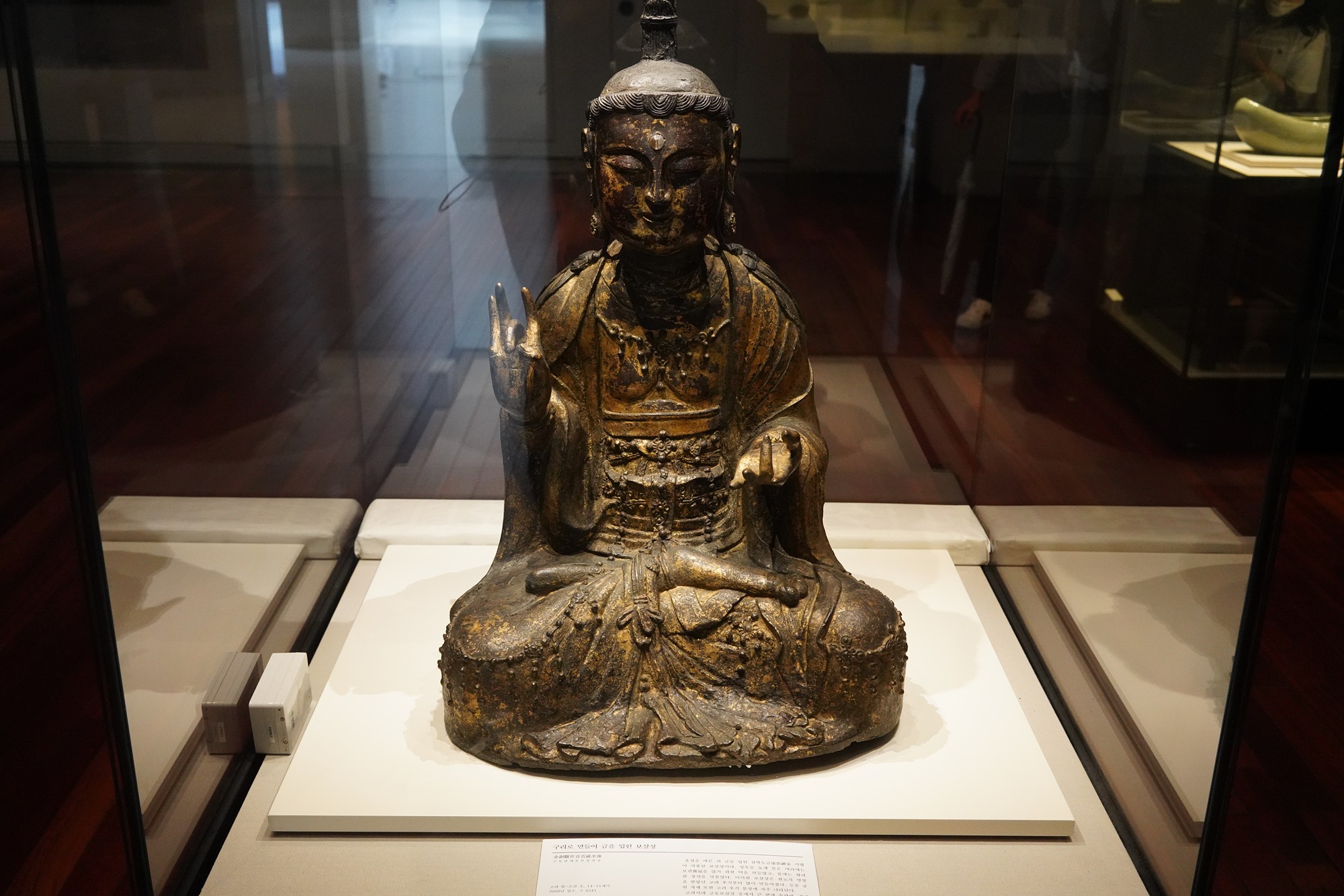
A tribute to a deceased king, 1146 CE.
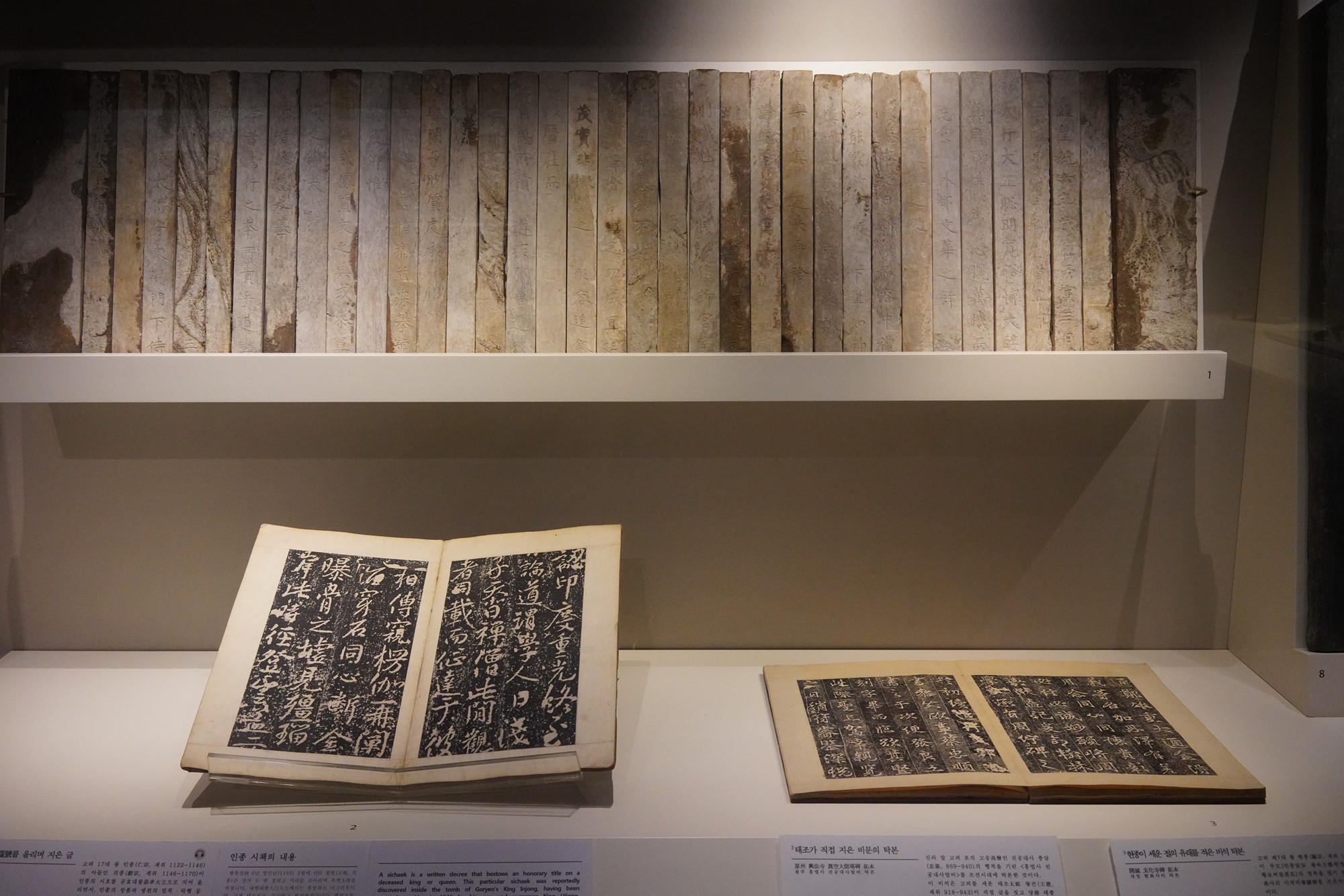
Goryeo received Confucius rituals and protocols. The ornaments below show the hierarchy of the wearer.
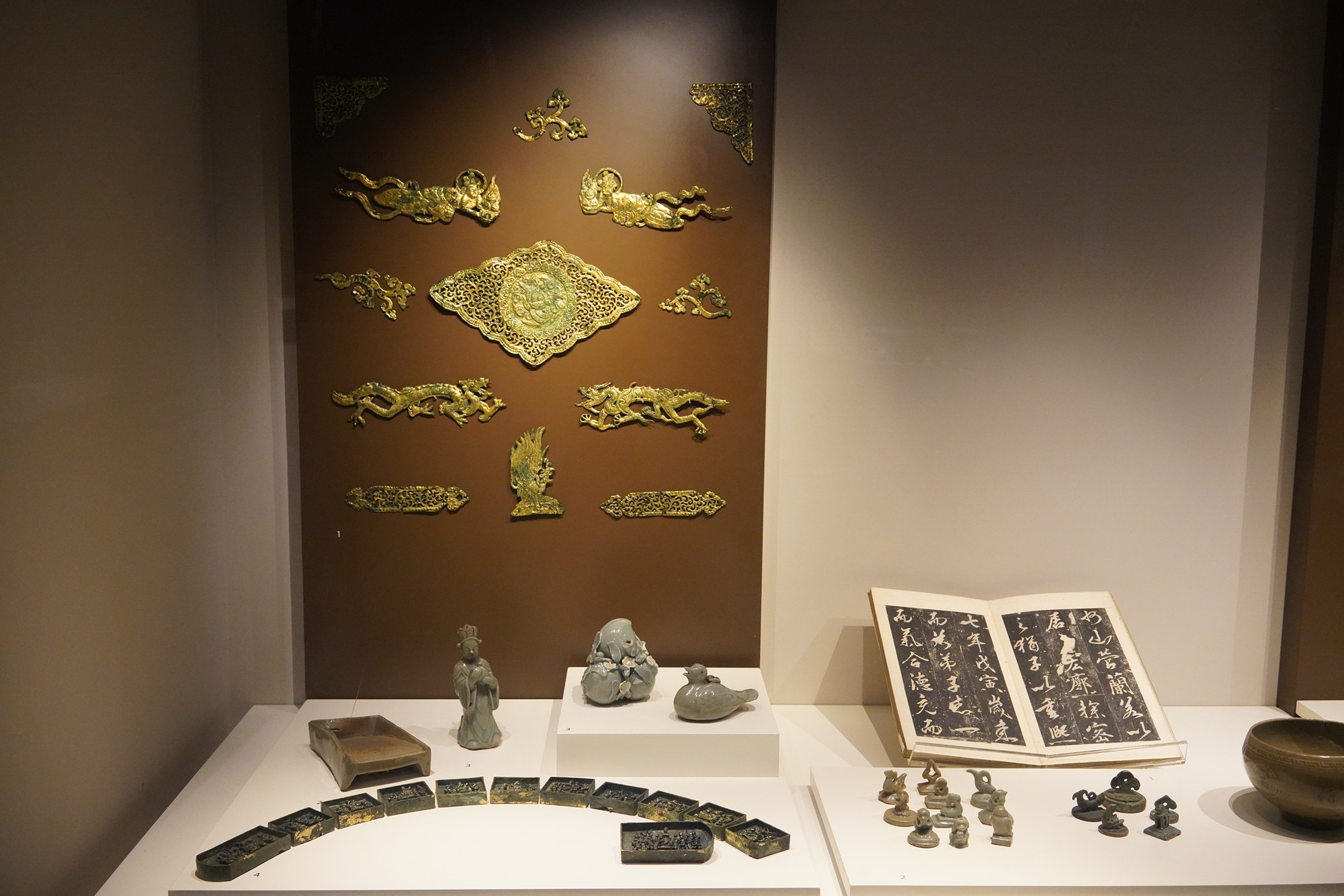
More jars and bowls

Artifacts from Goryeo tombs
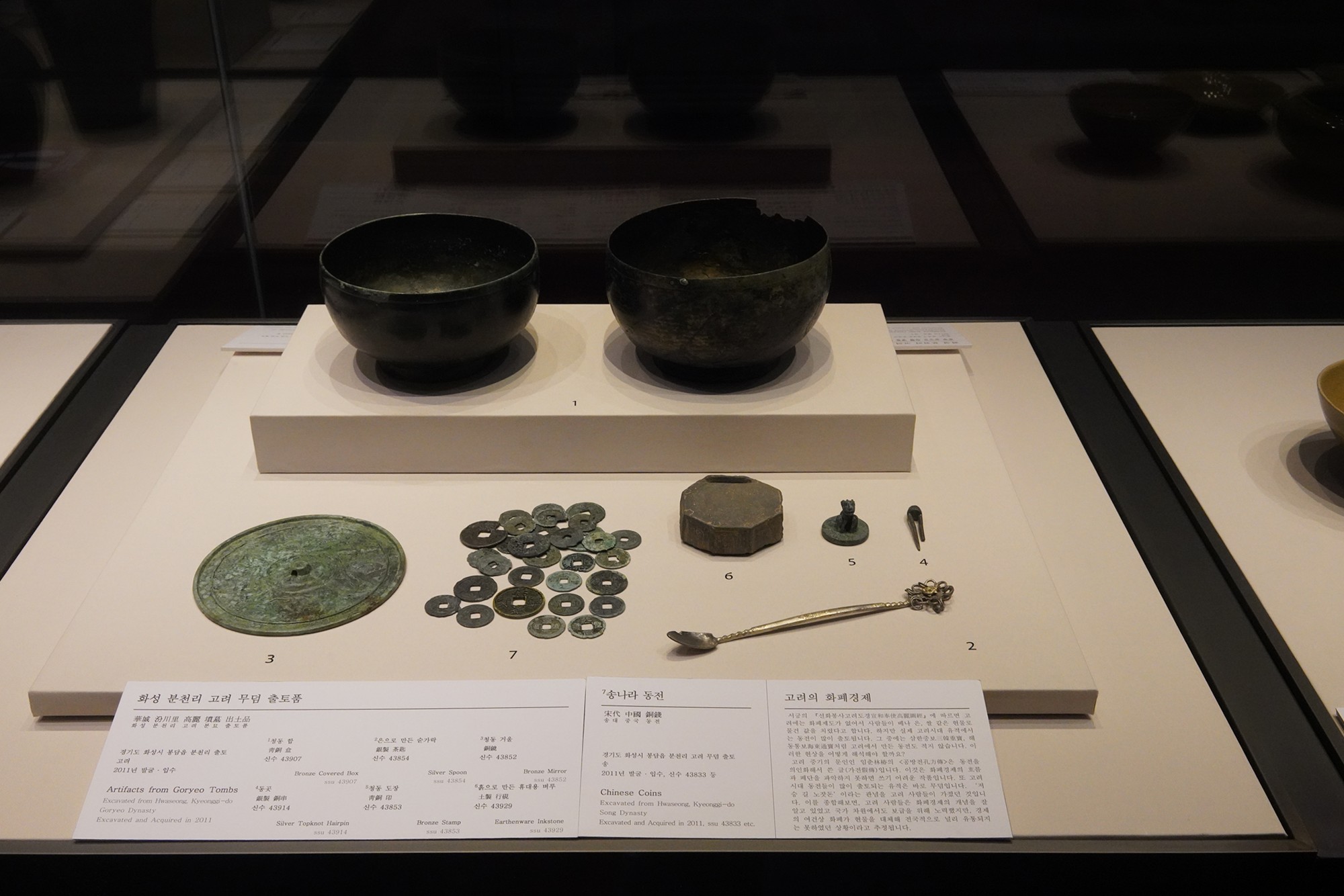
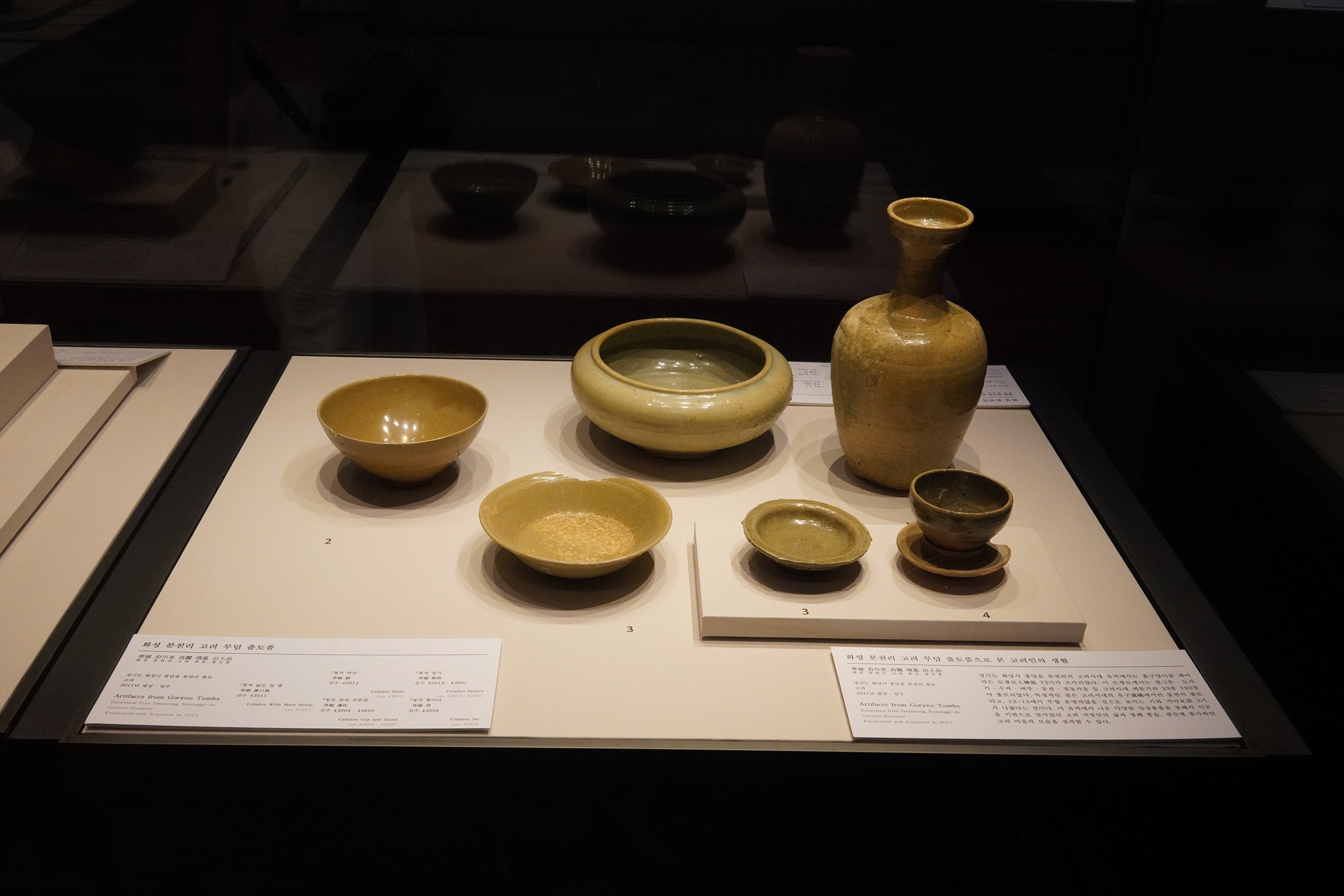
The work becomes more specialized by region.
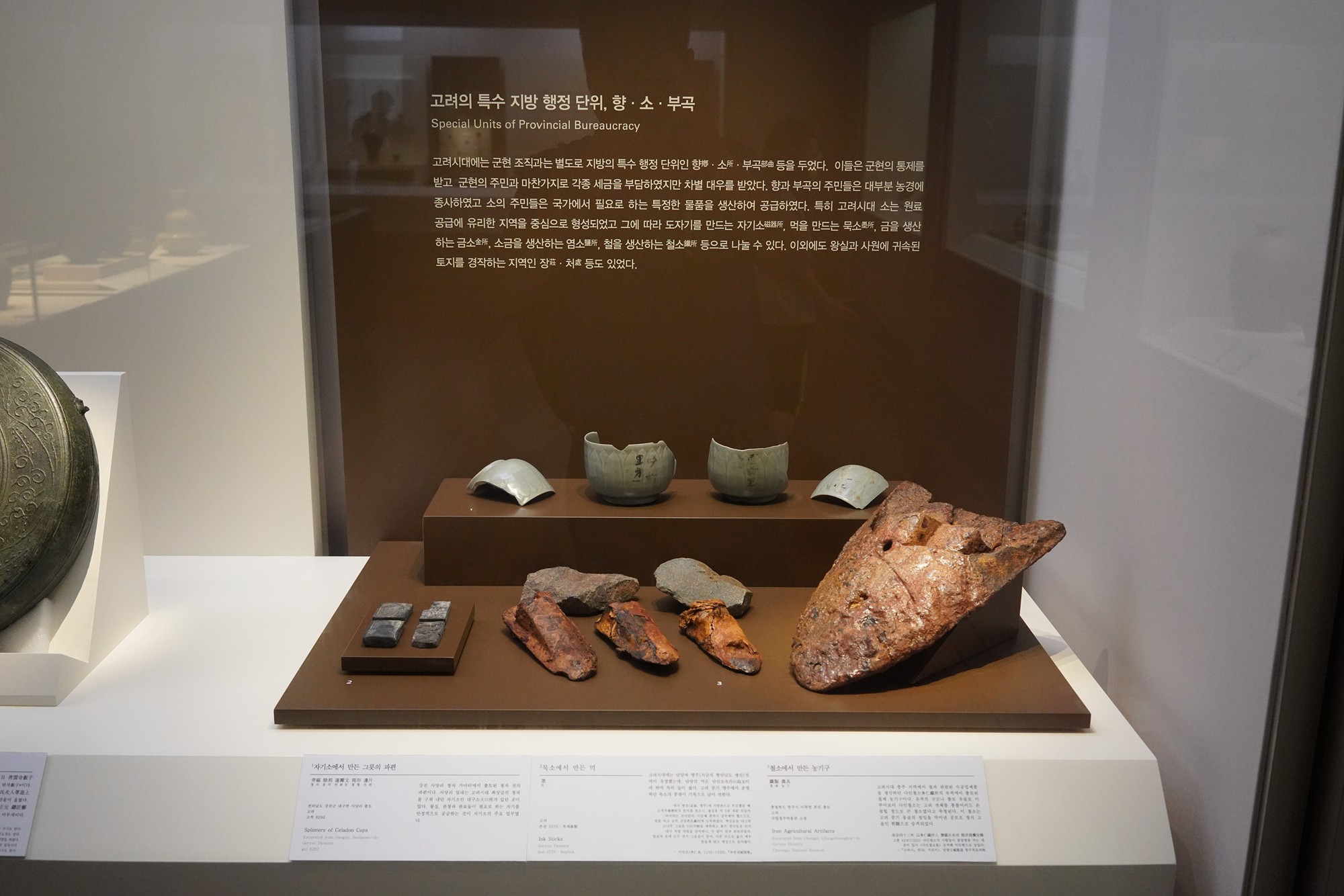
Common people wares

Mirrors
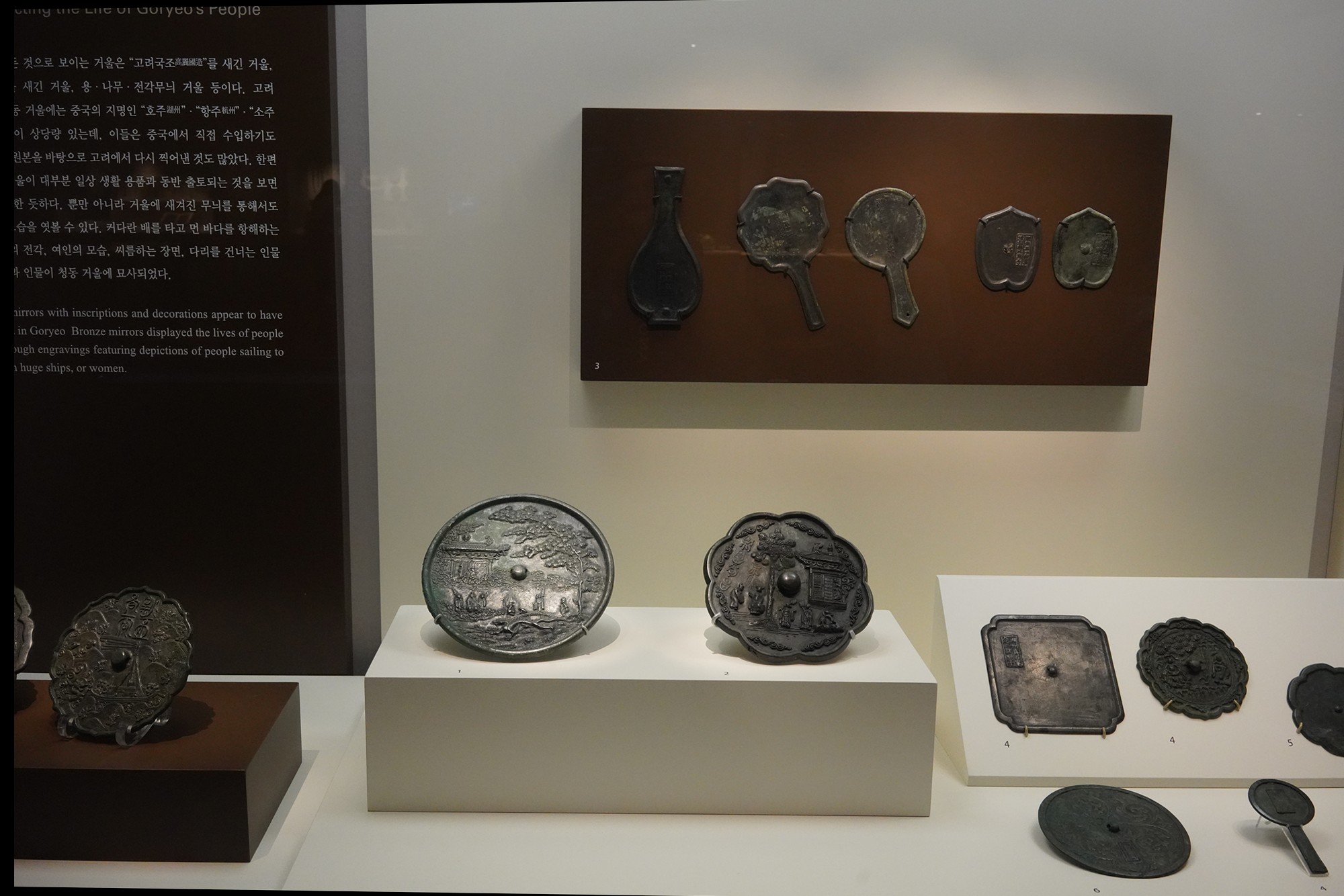
Food bowls

Spoons
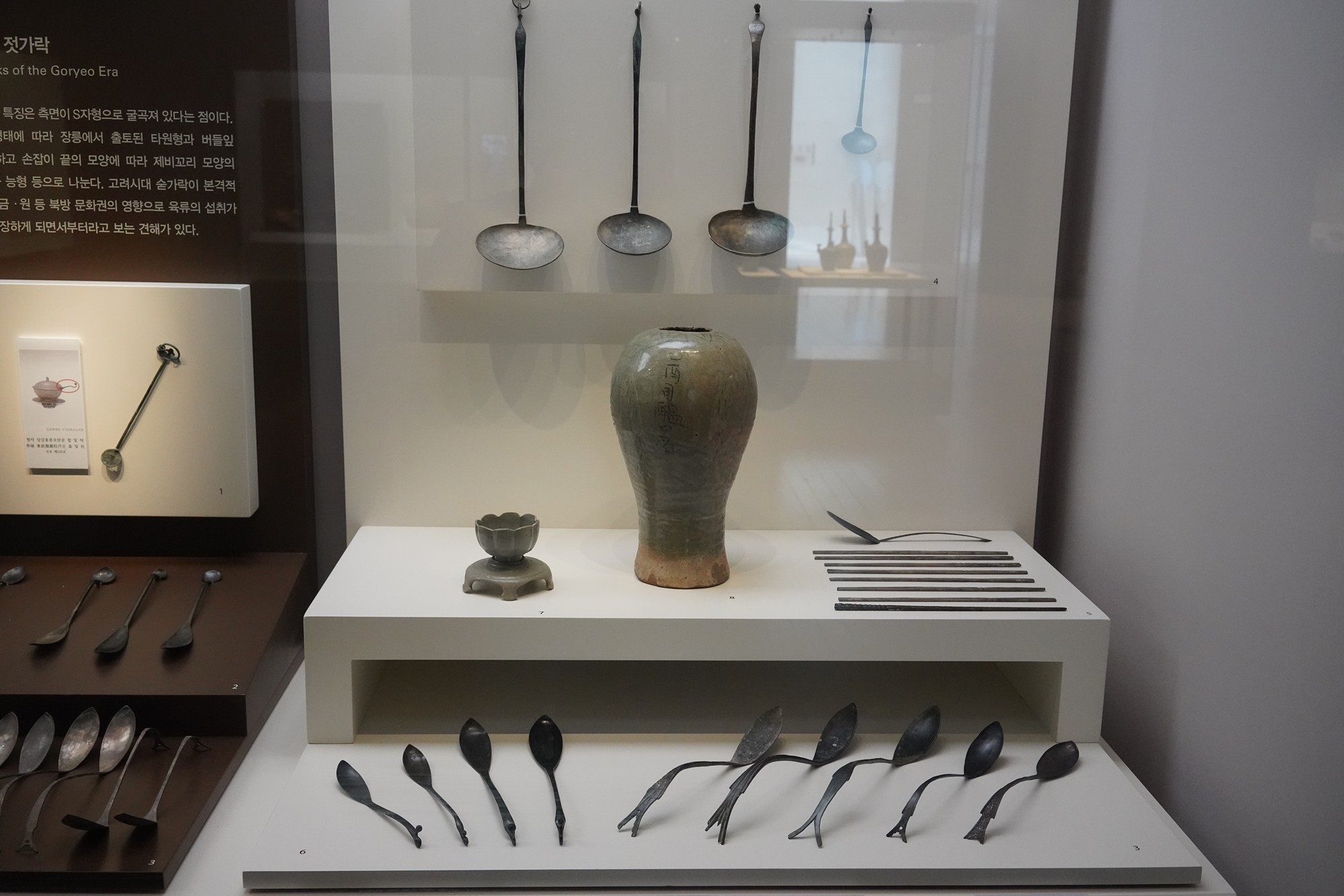
The ‘Bok’ metal type, Goryeo Dynasty period.

Printed from the wood printing technology, Palman Daejanggyeong, 13th century.
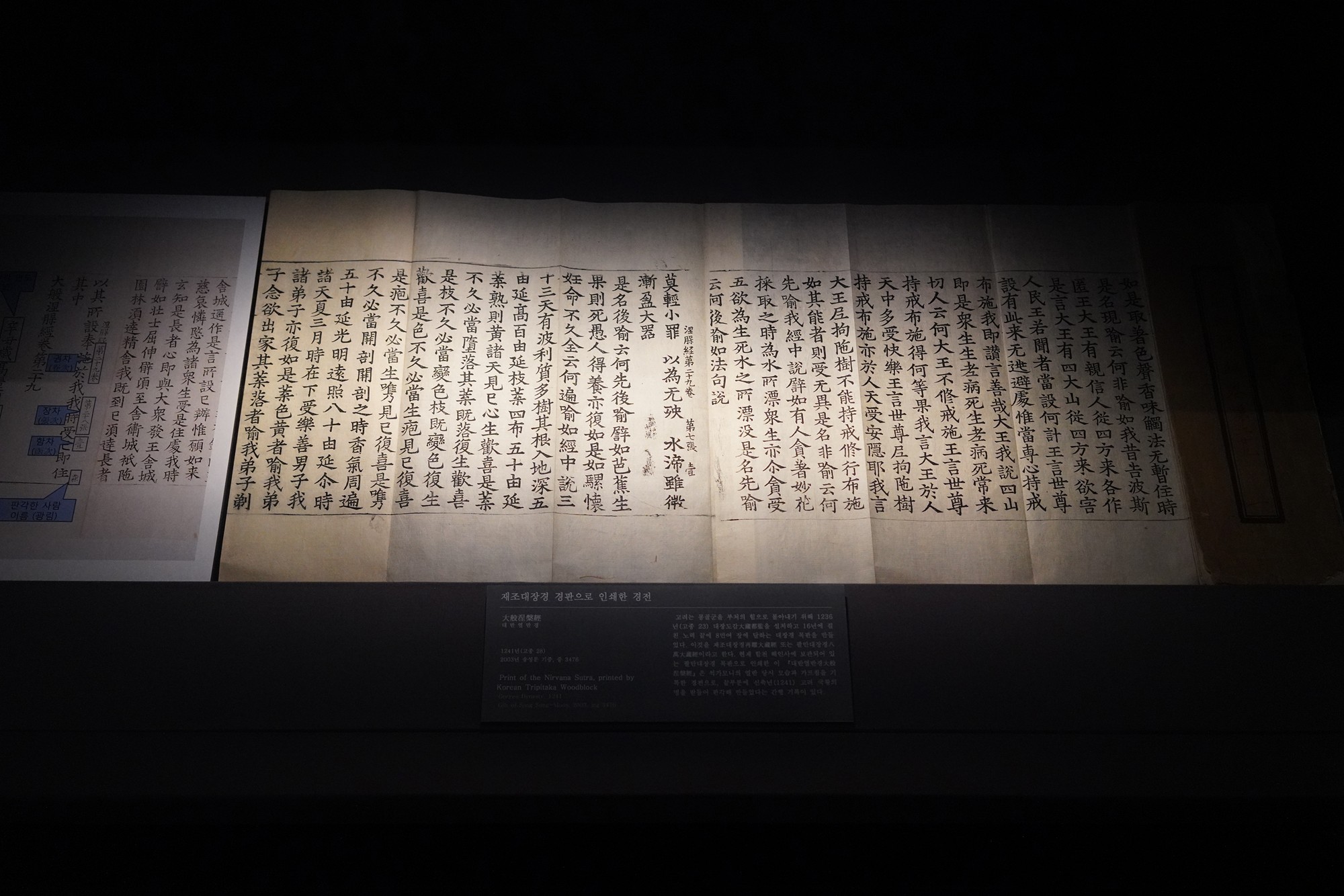
The Chronicles of Three Countries, written around the 1140s.
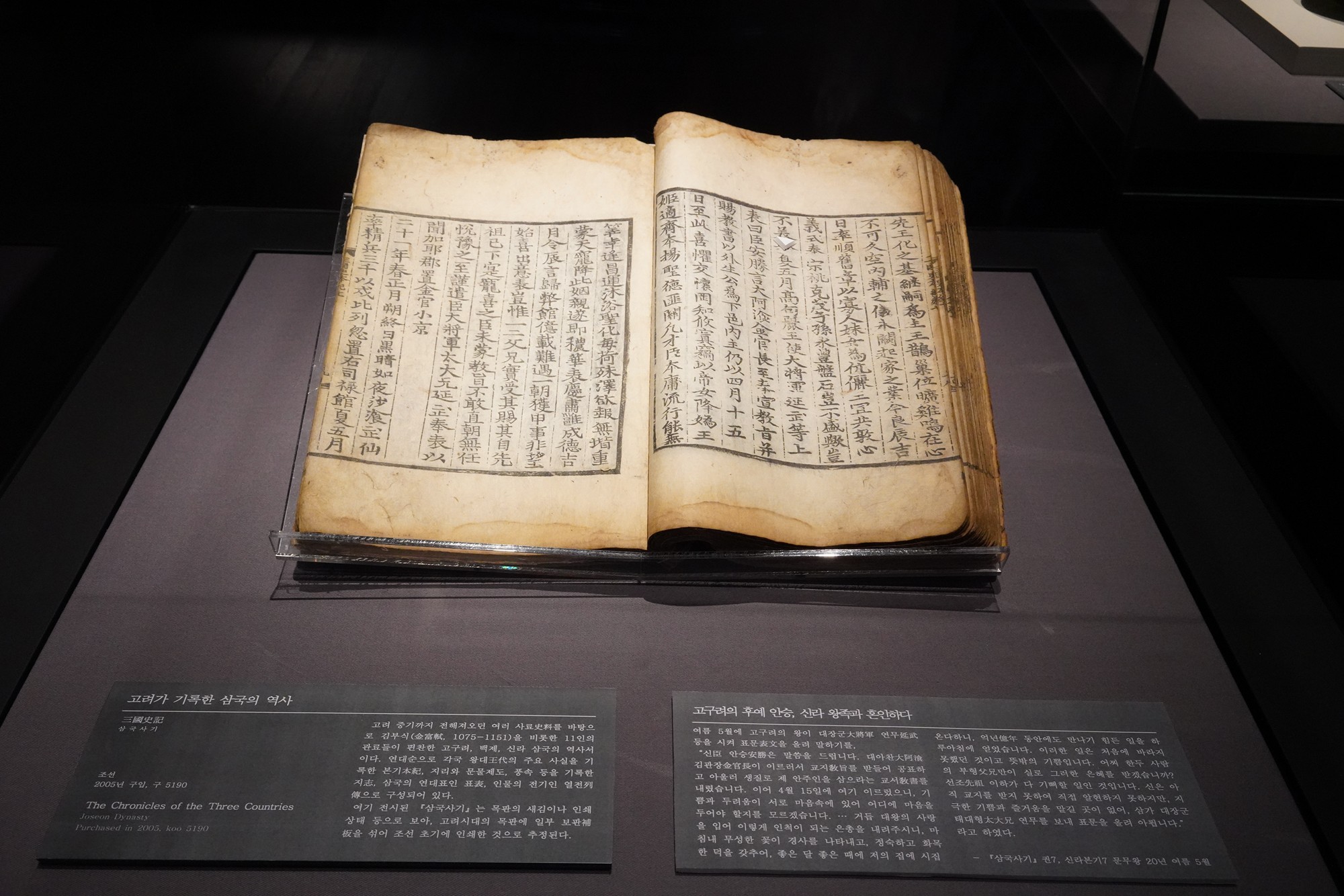
Vairocana Buddha
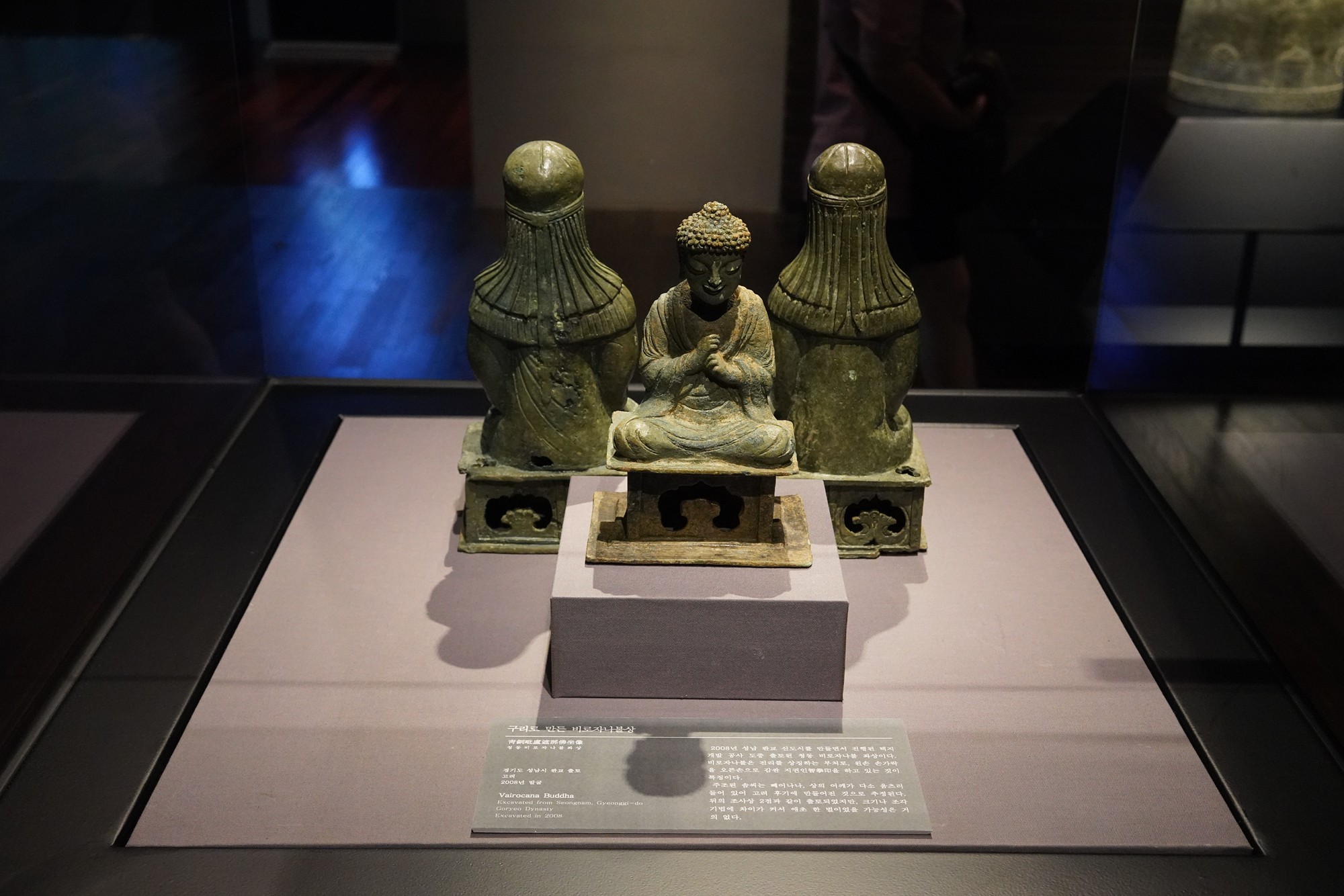
Wind bells
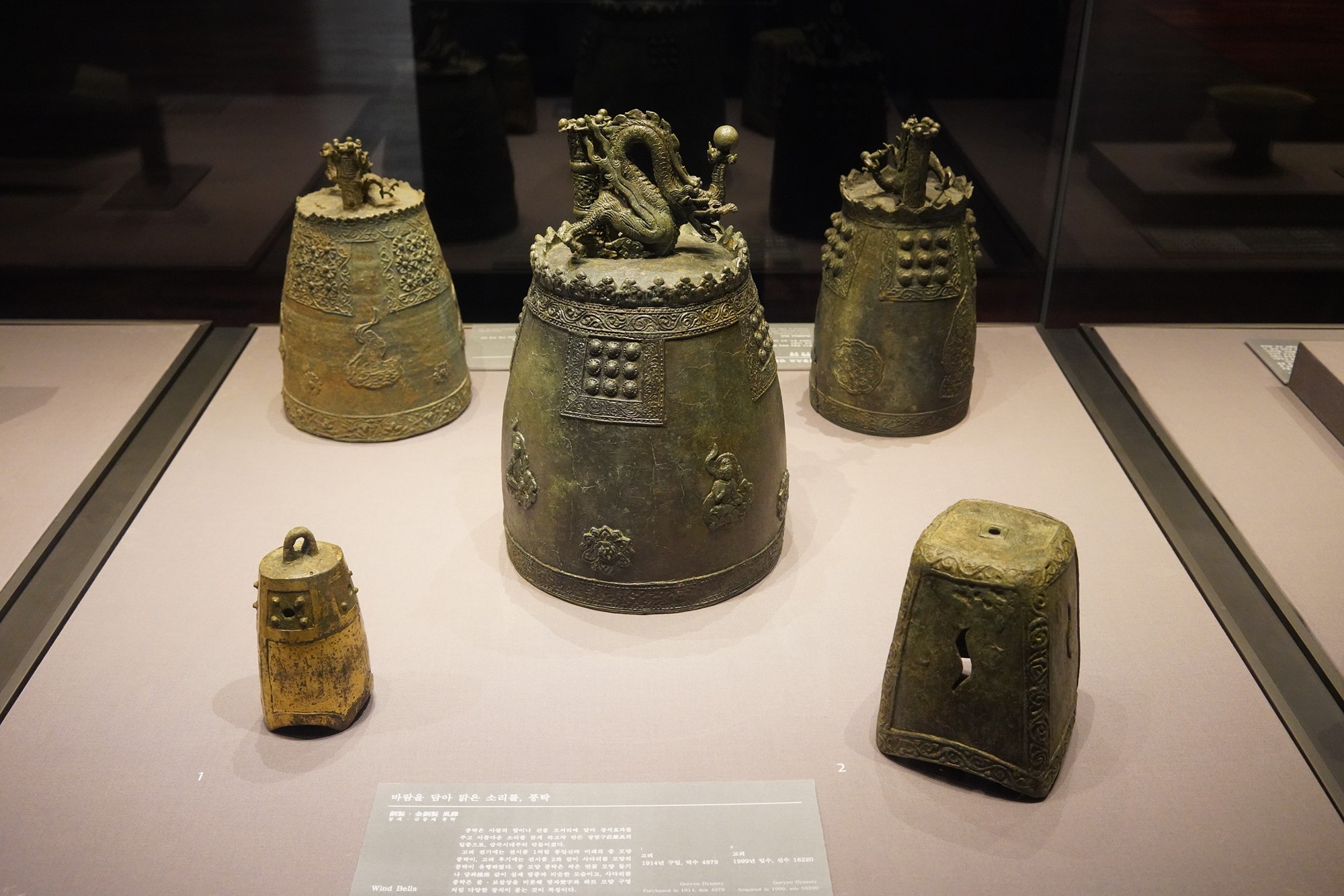
Collection of Yi Saek’s Works, 15th-16th century.

Collections of Jeong DoJeon’s Works
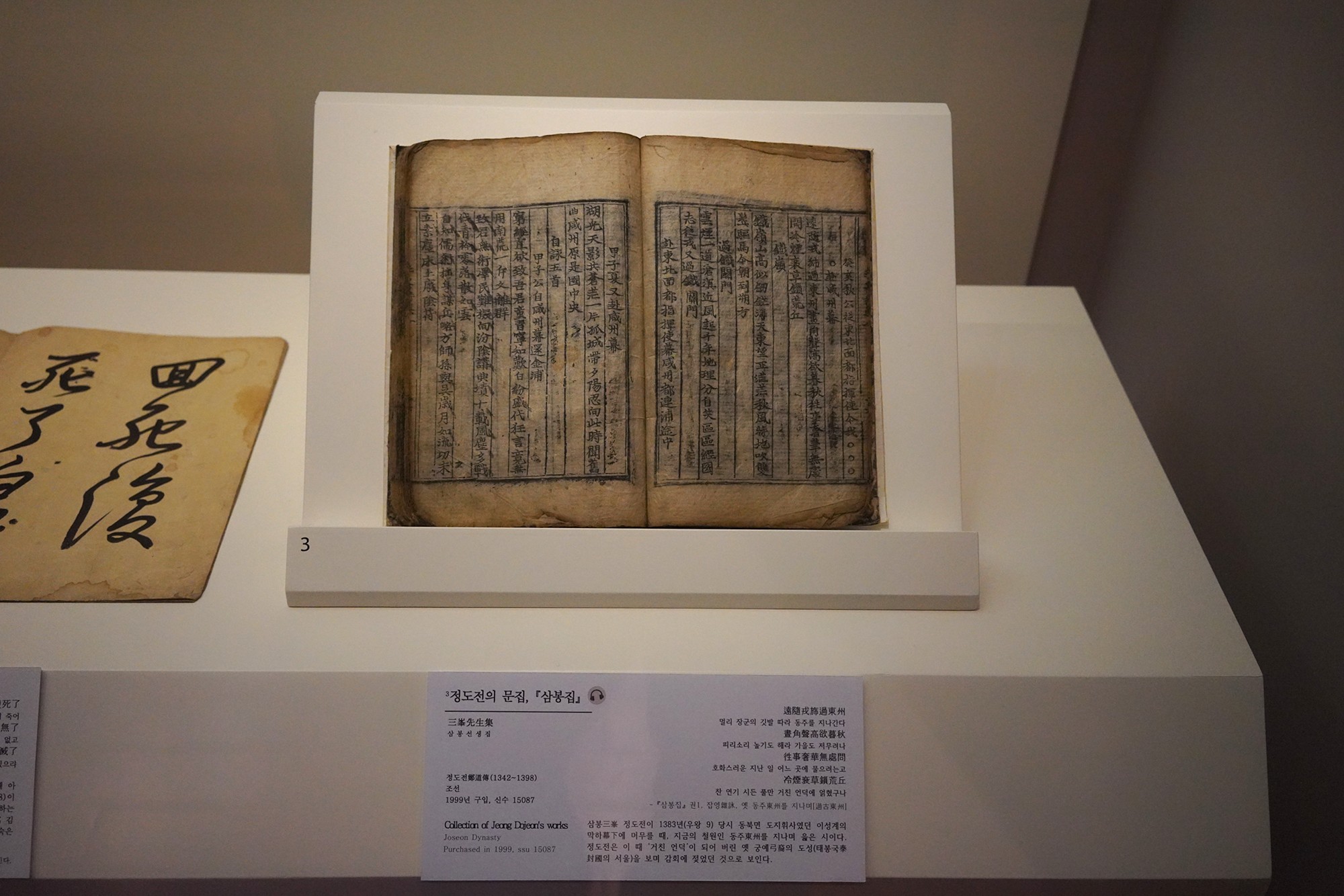
The Joseon State
The Joseon state was created out of weakened Goryeo state
The portrait of the first king of Joseon
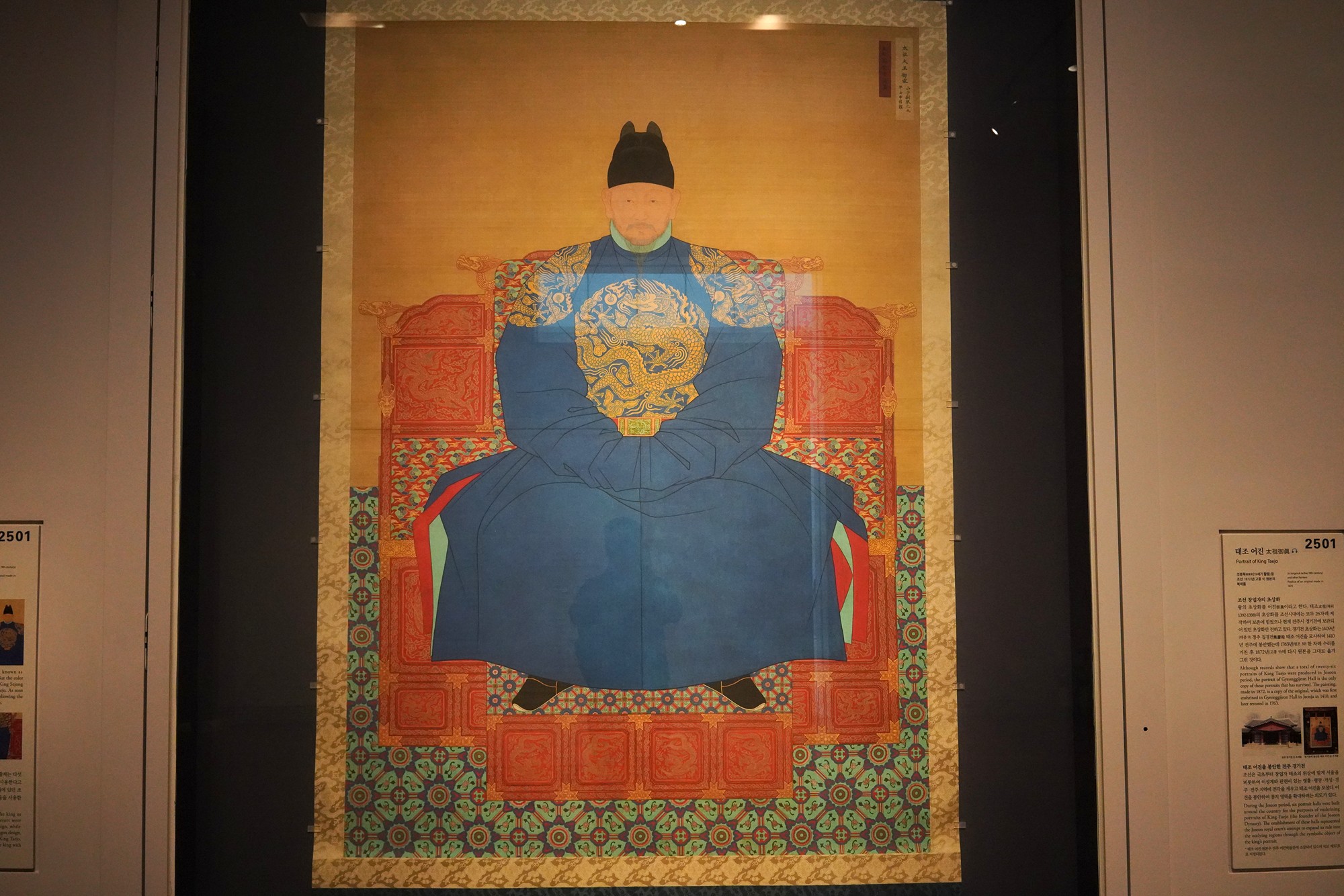
A model for king’s throne
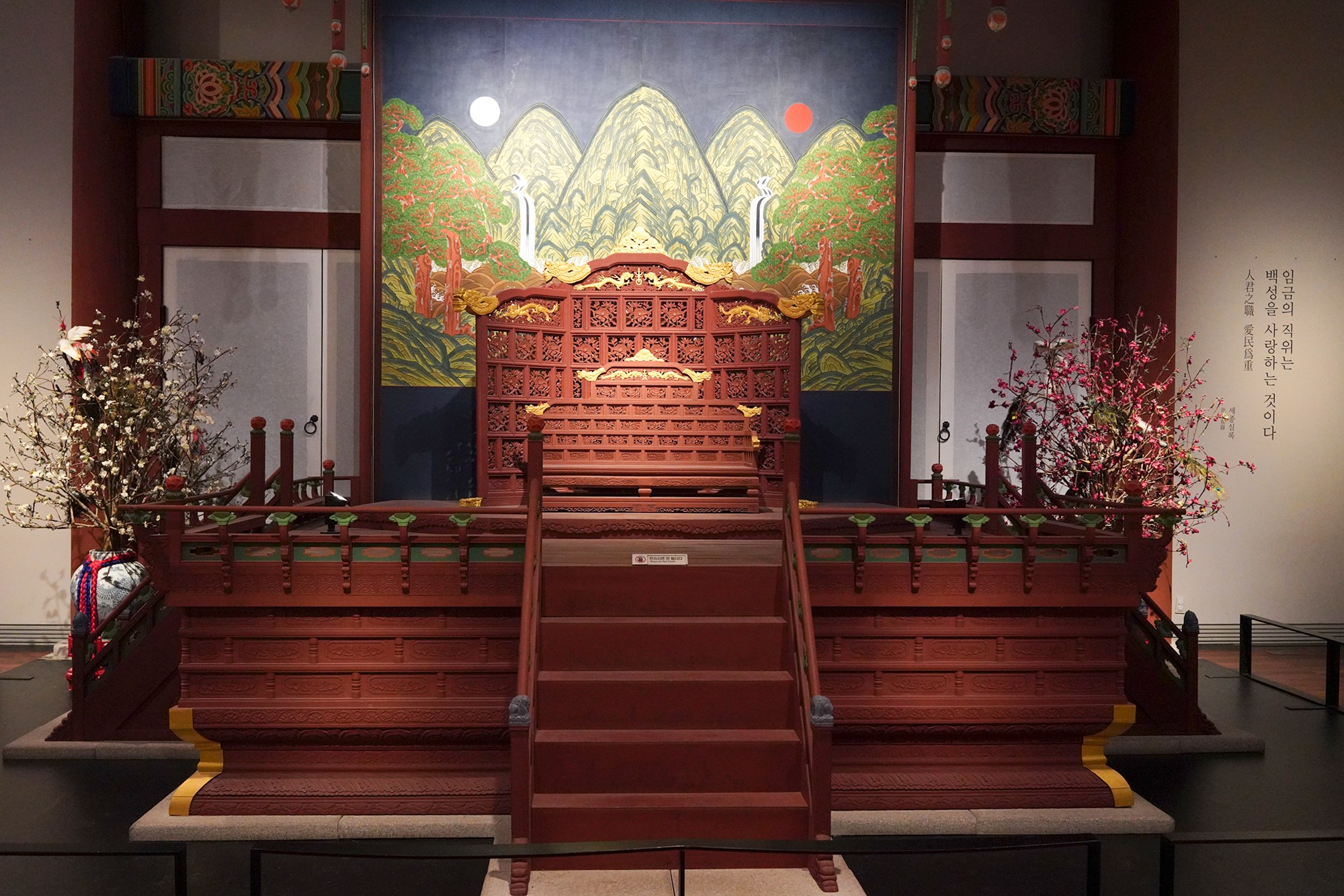
War weapons

The record of war with Japan in late 1500s.
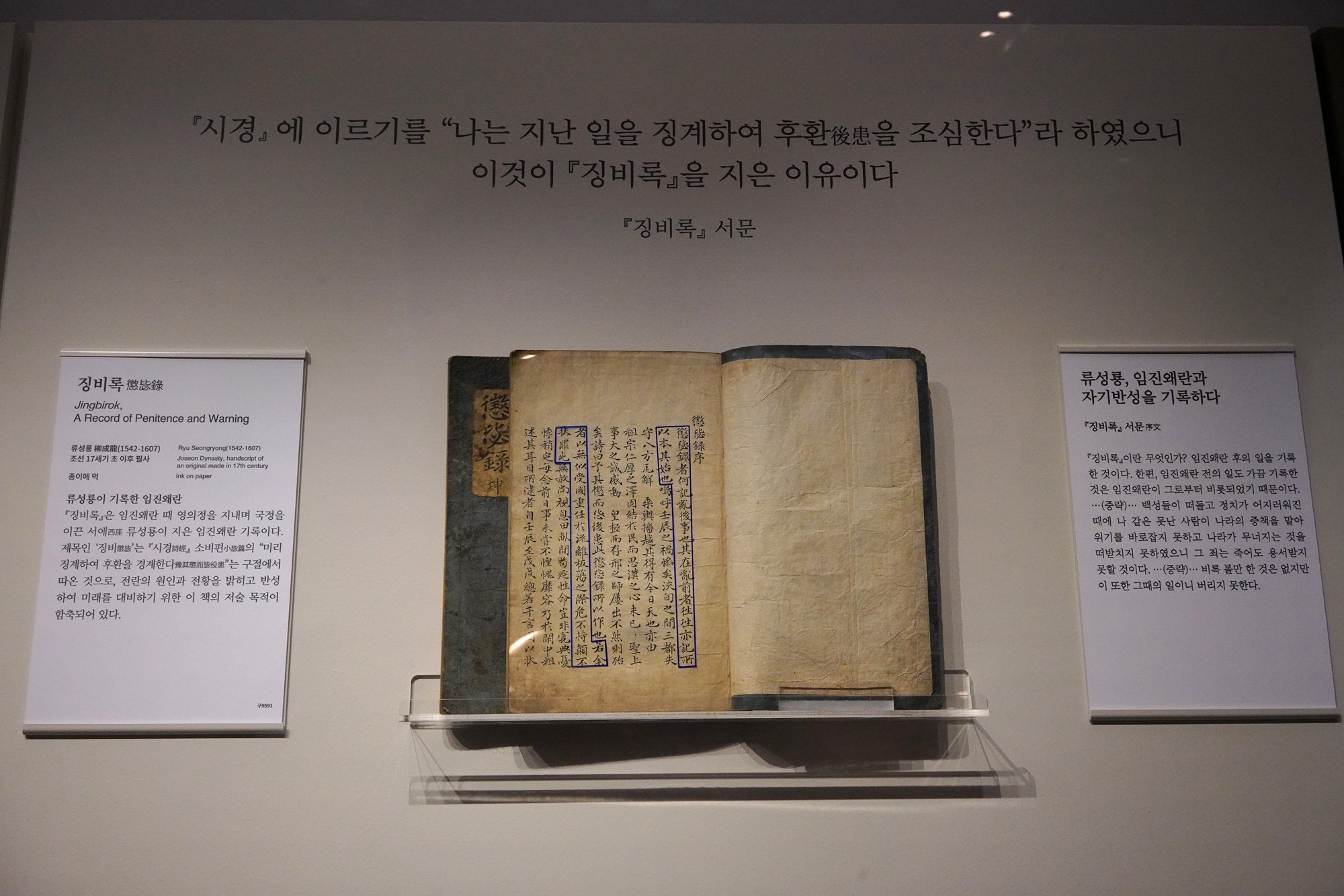
A novel on the war with Japan, late 17th century.
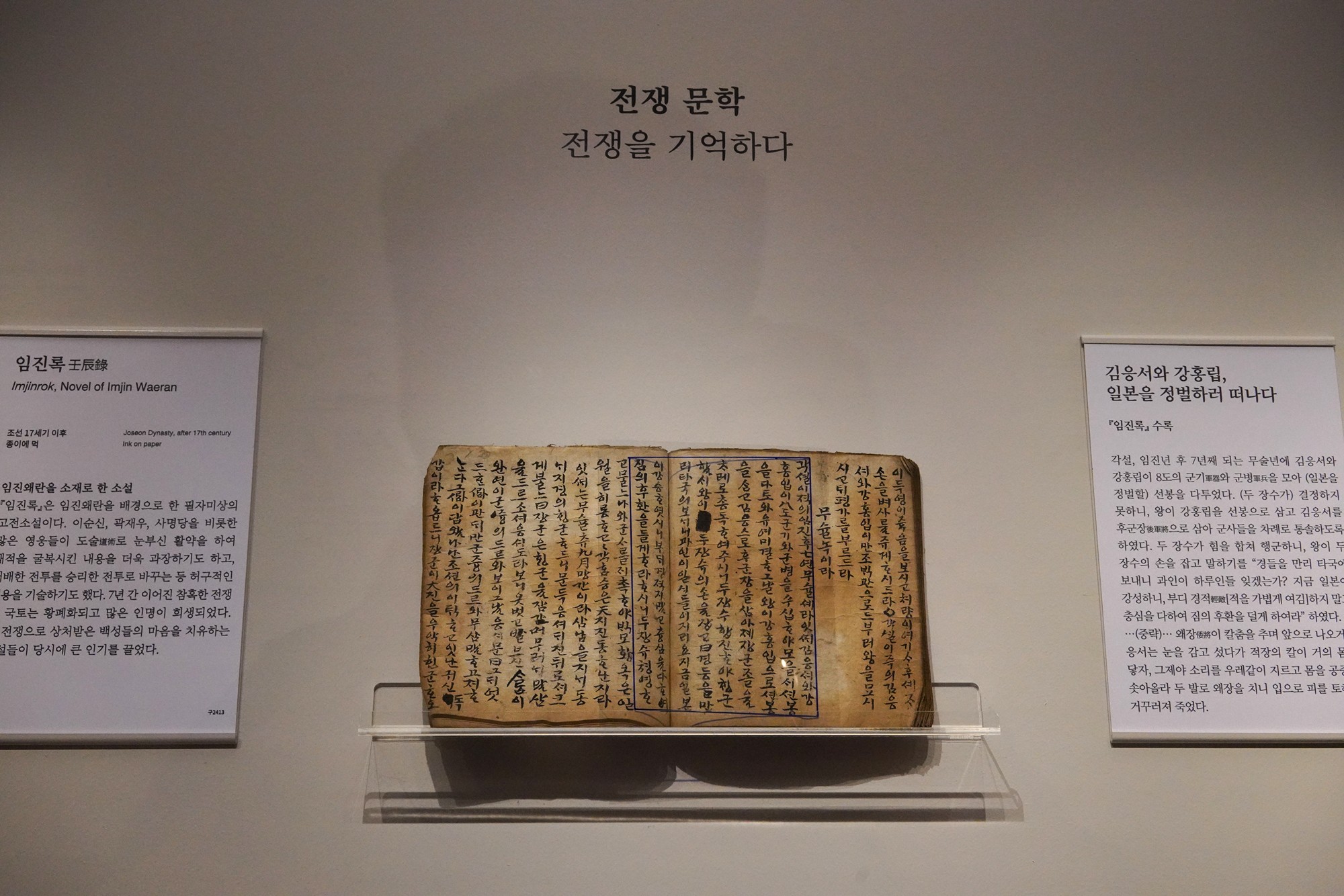
The Constellations chart, 18th century.
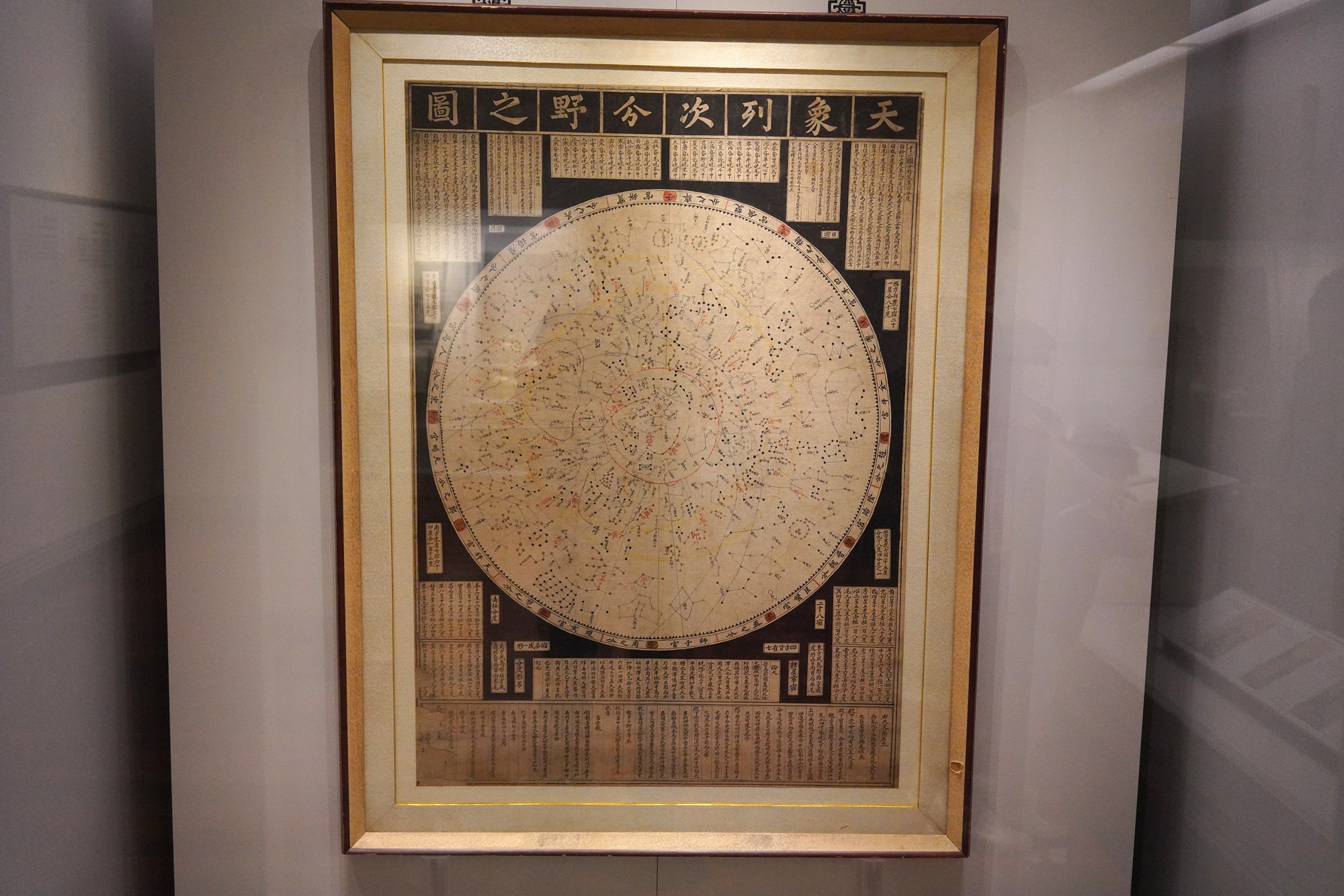
The map of Asia, the early 1400s.
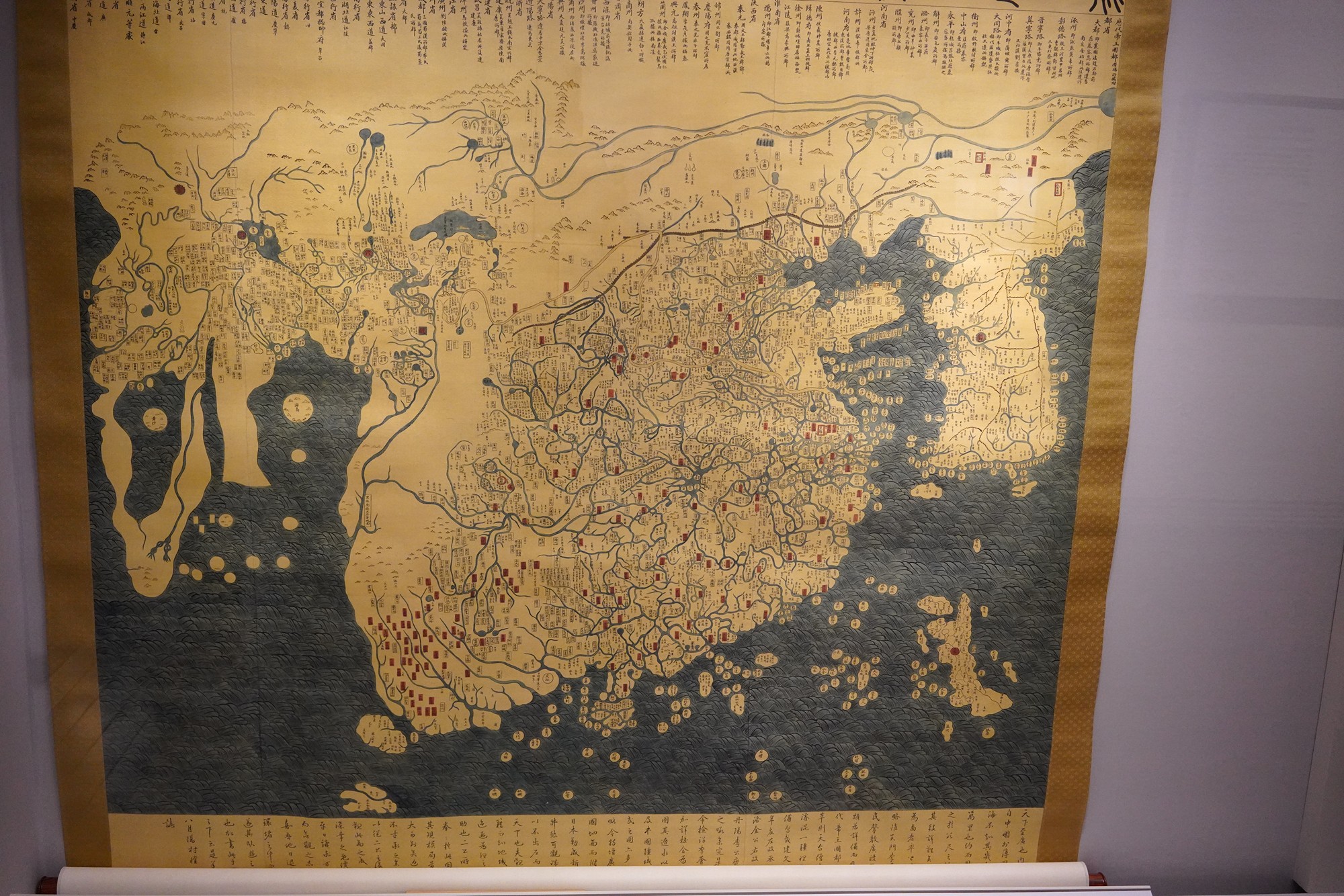
The first book ever written in Hangul, the Korean language.
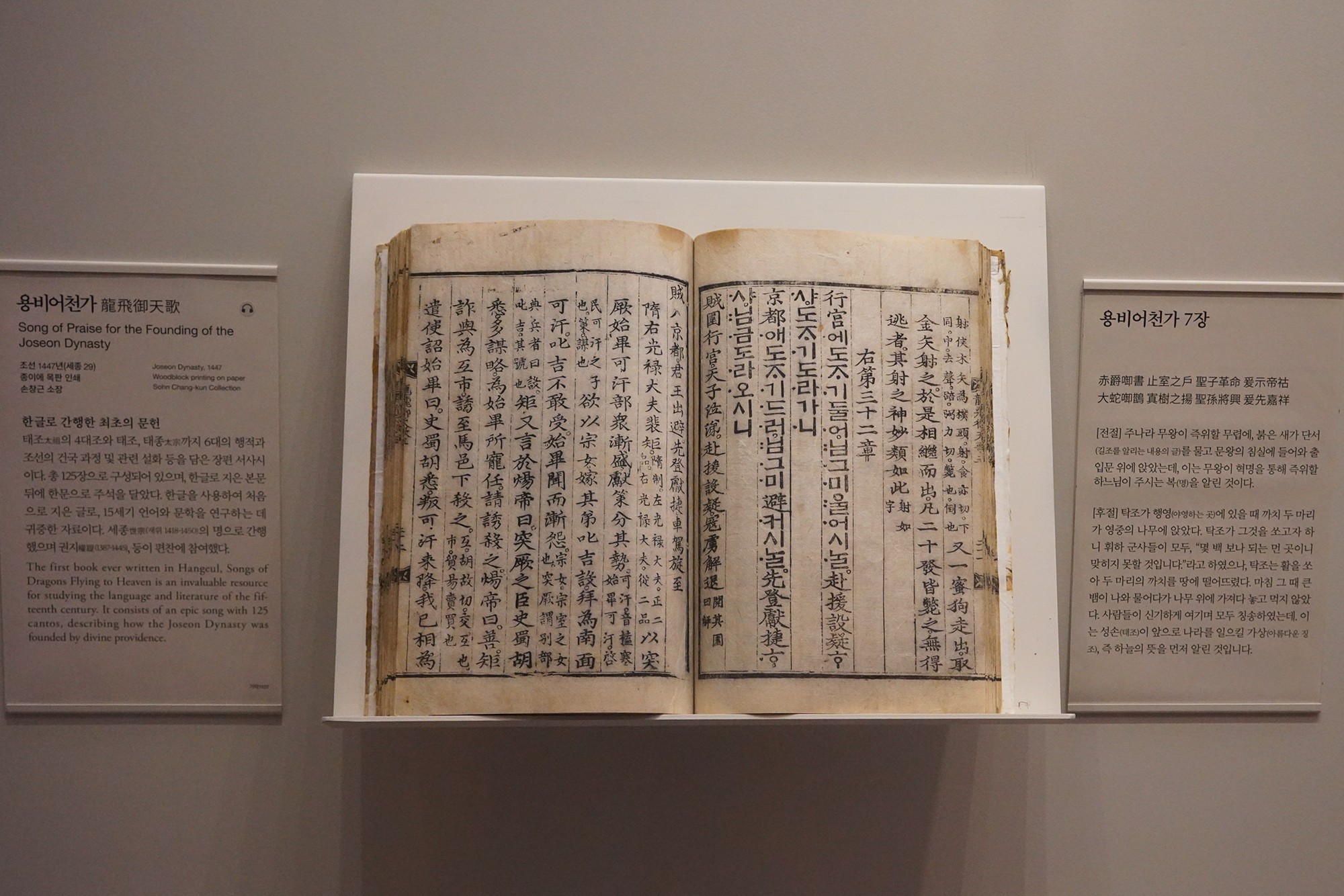
Burial goods
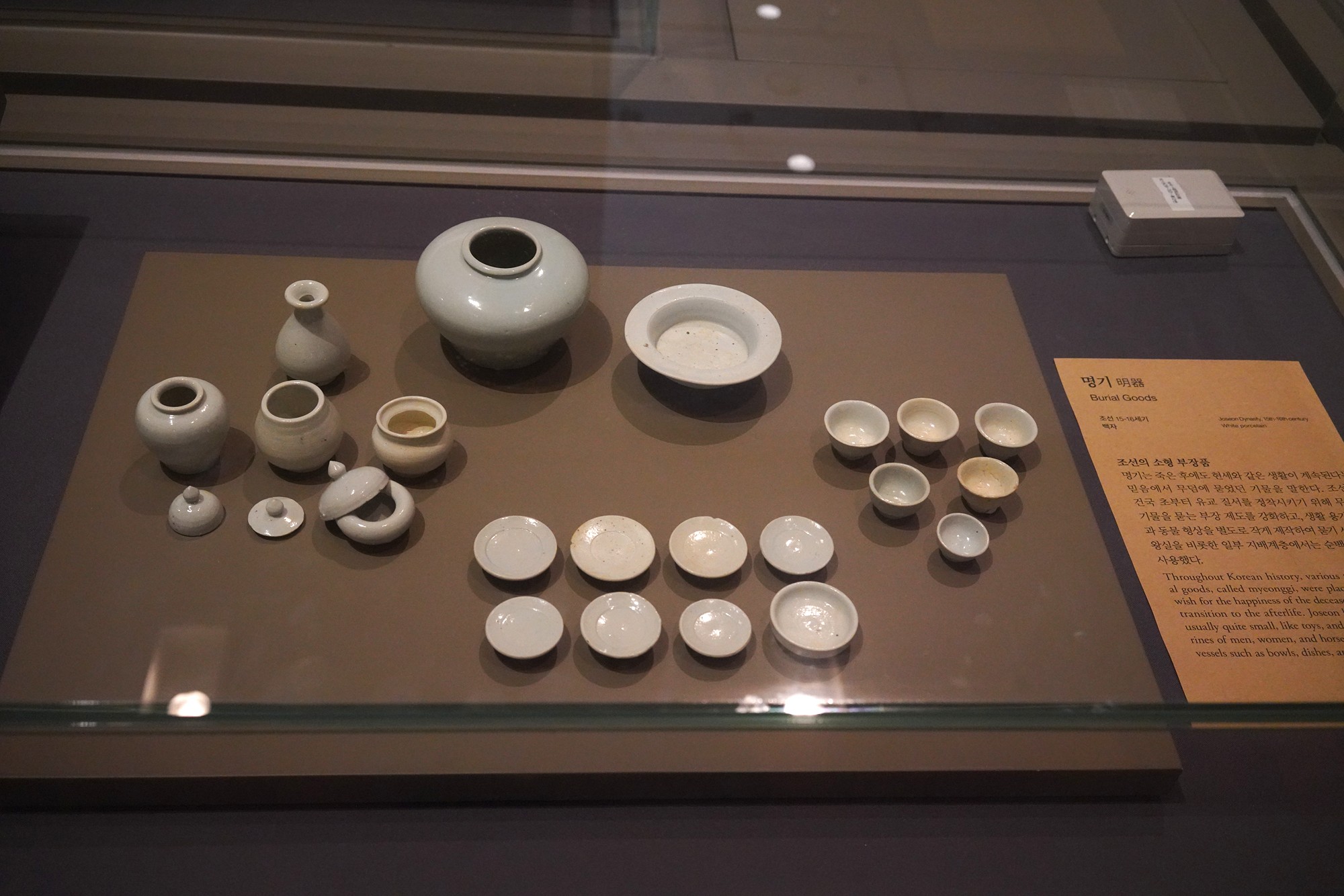
Principles and practice of Eastern Medicine, the early 1600s.
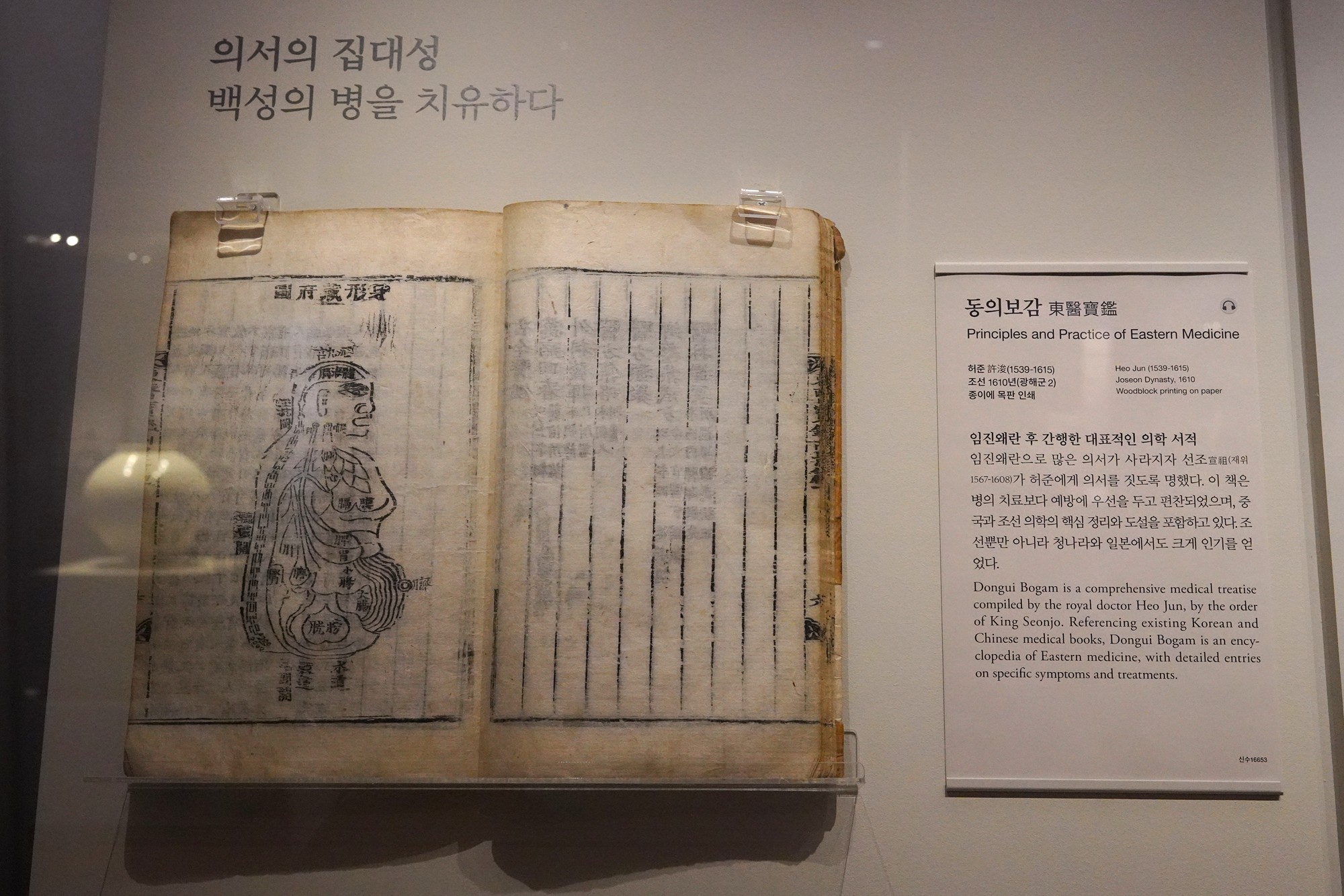
Medicine mortar

Hanguja movable type
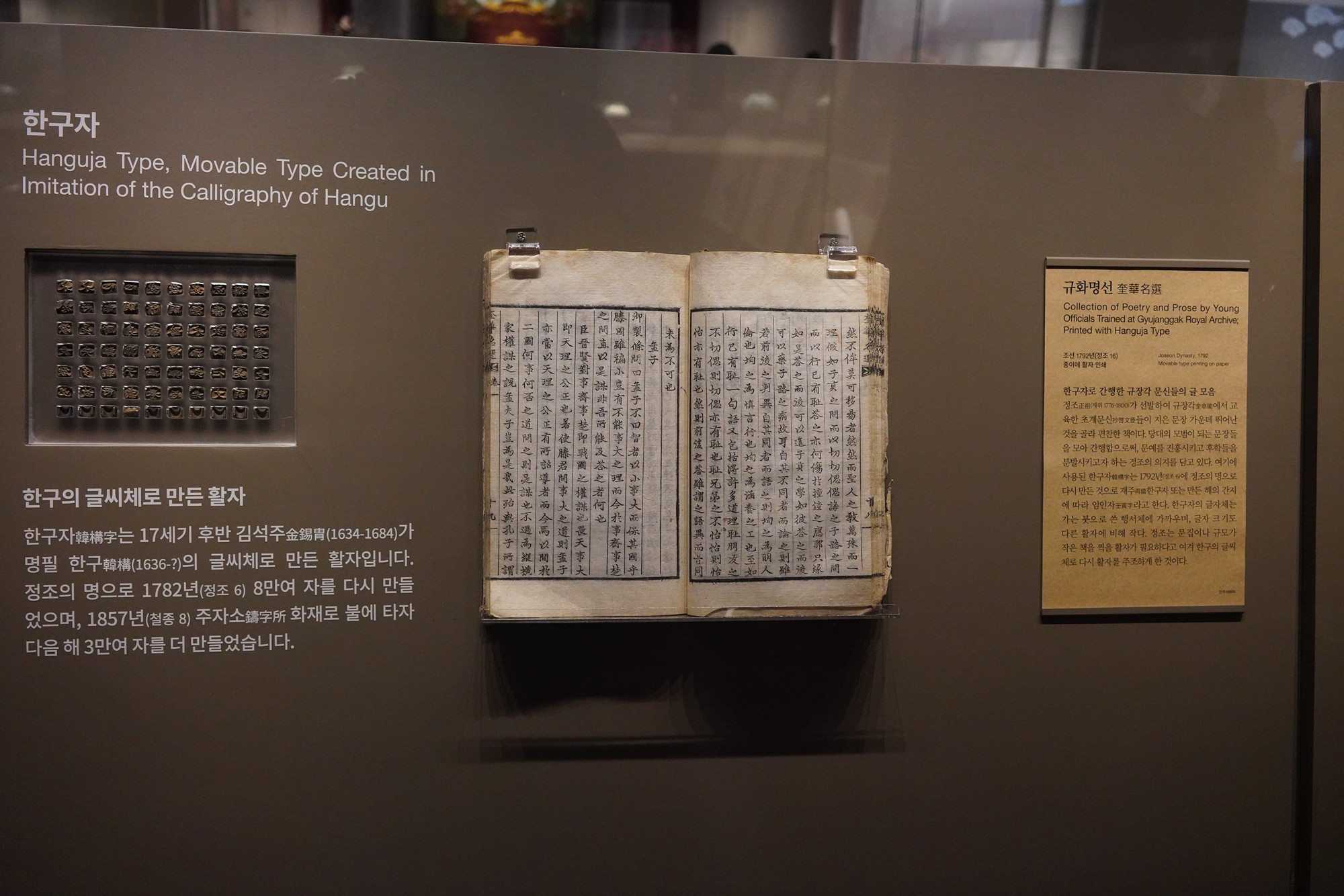
Anybody who carries this wooden item has the right to borrow as many horses written in the item.
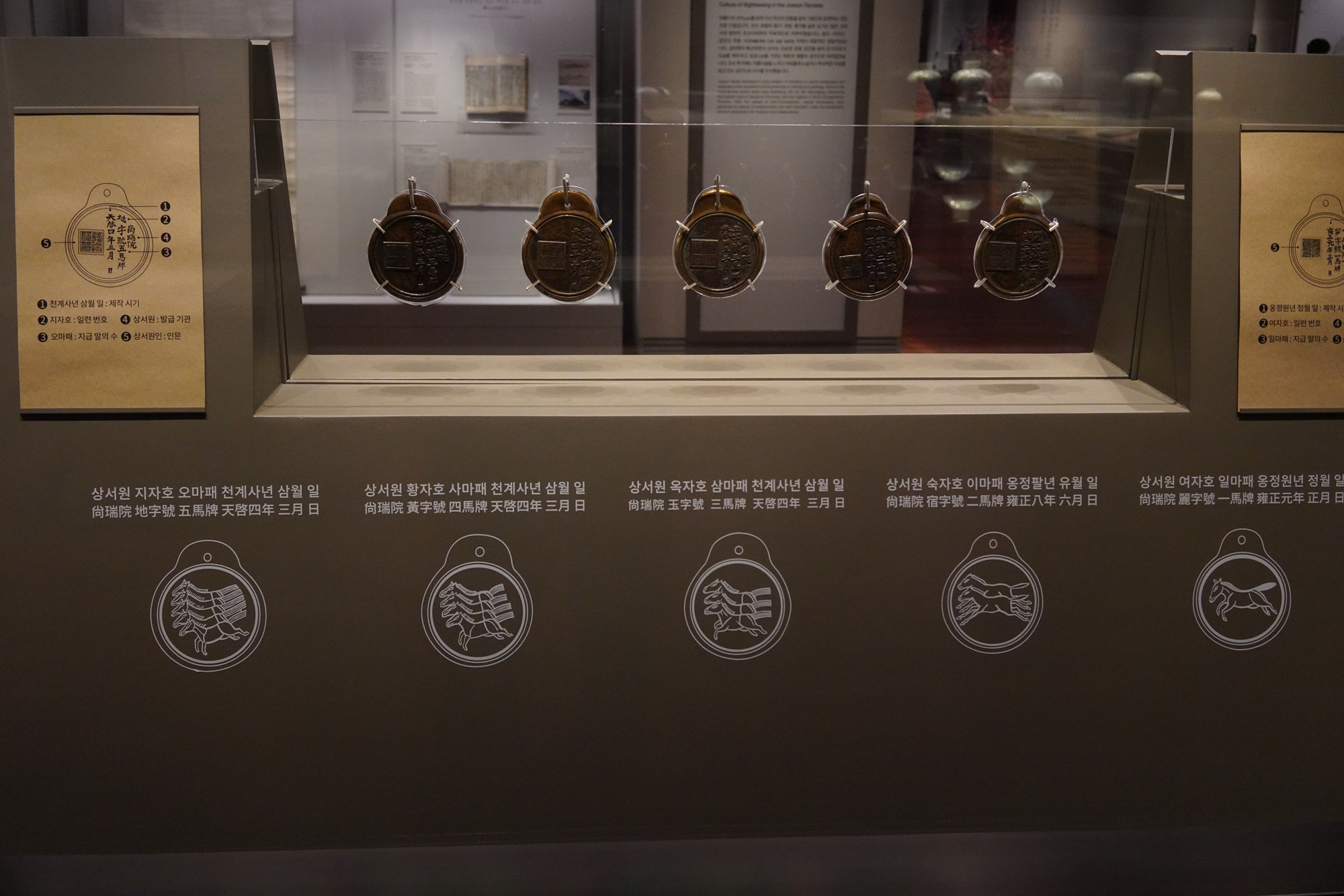
More accurate map, in 18th century.
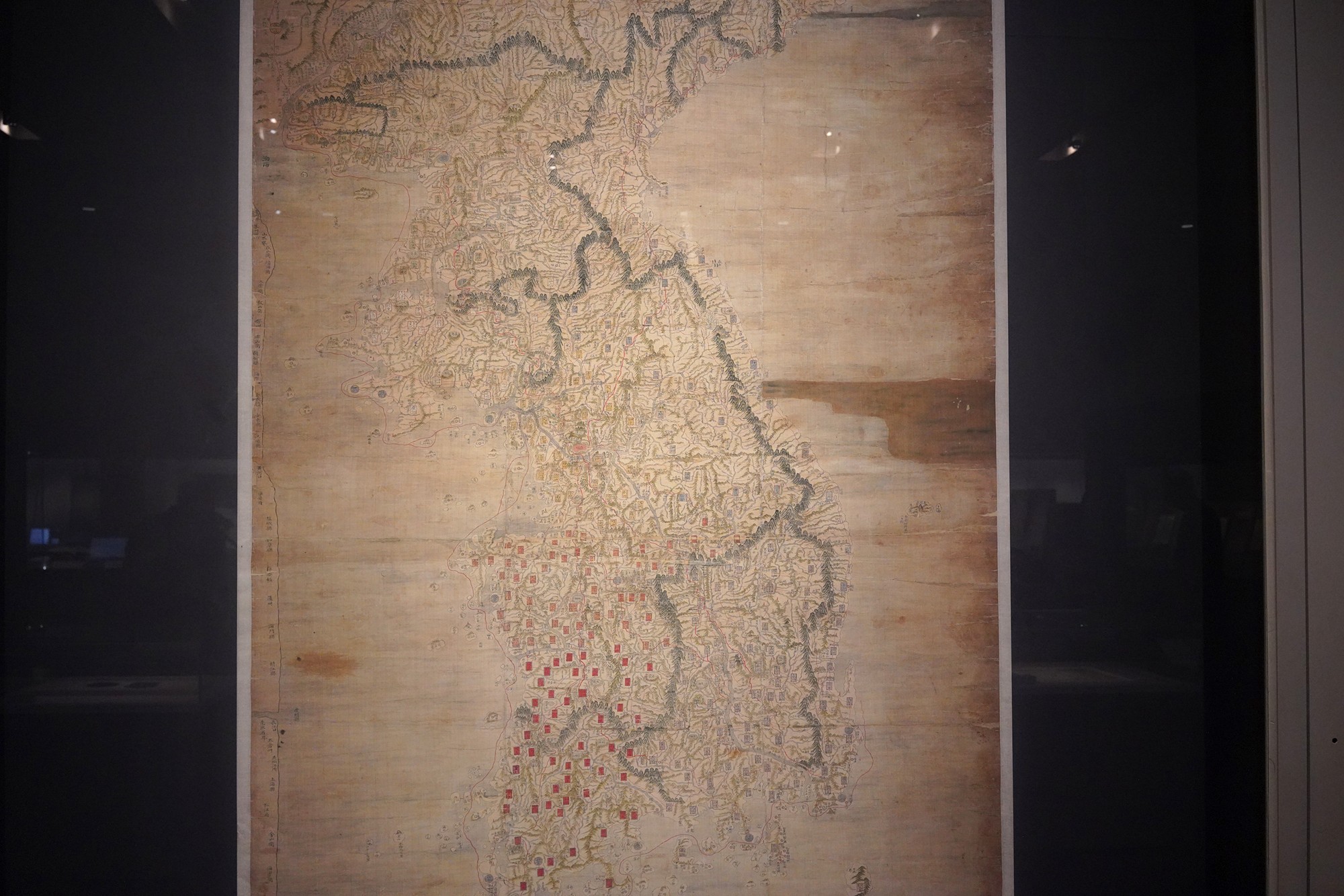
Decorated white porcelains in 19th century.

White porcelain with a dragon, in 18th century.
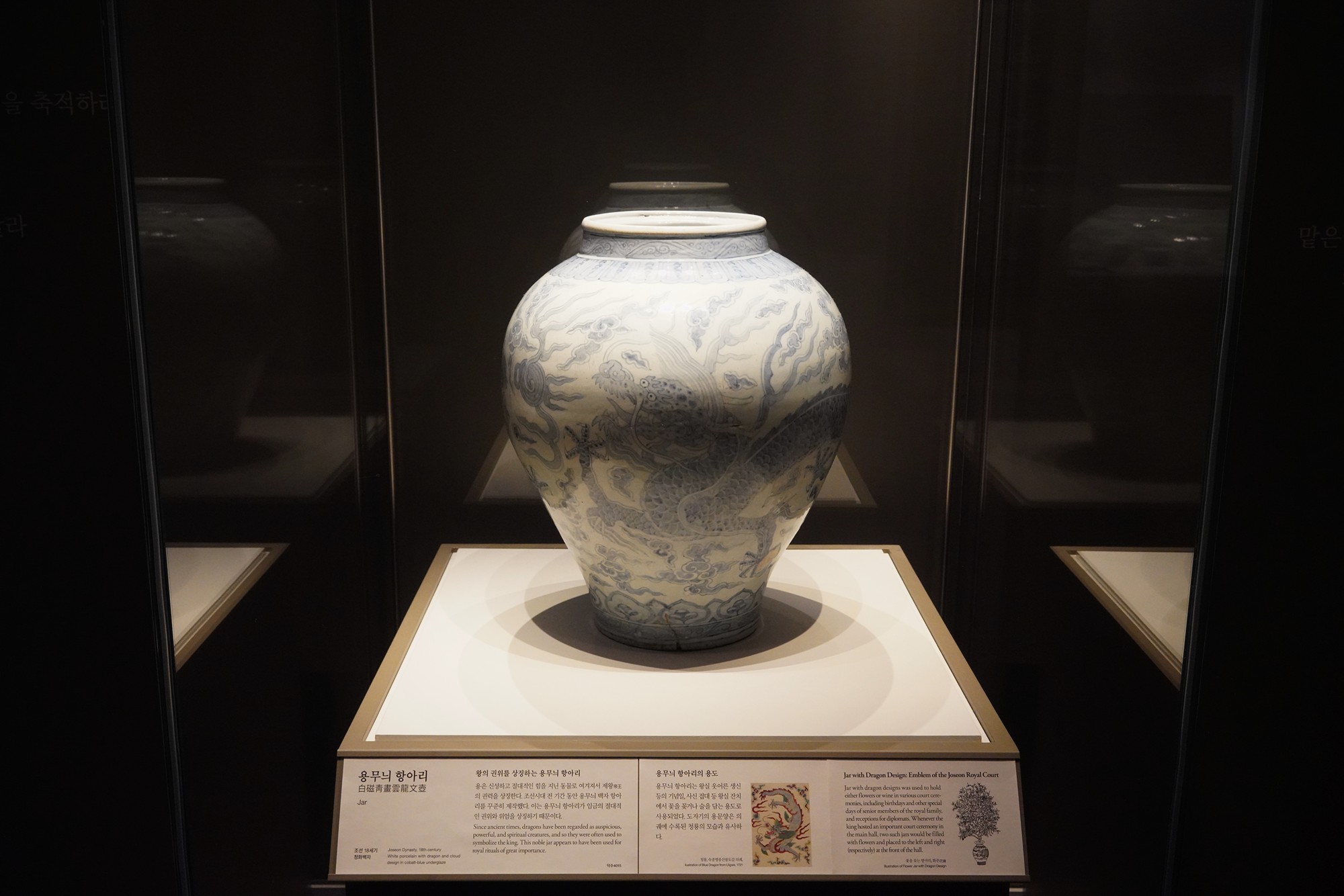
Movable type printing on paper in 1797 CE.
